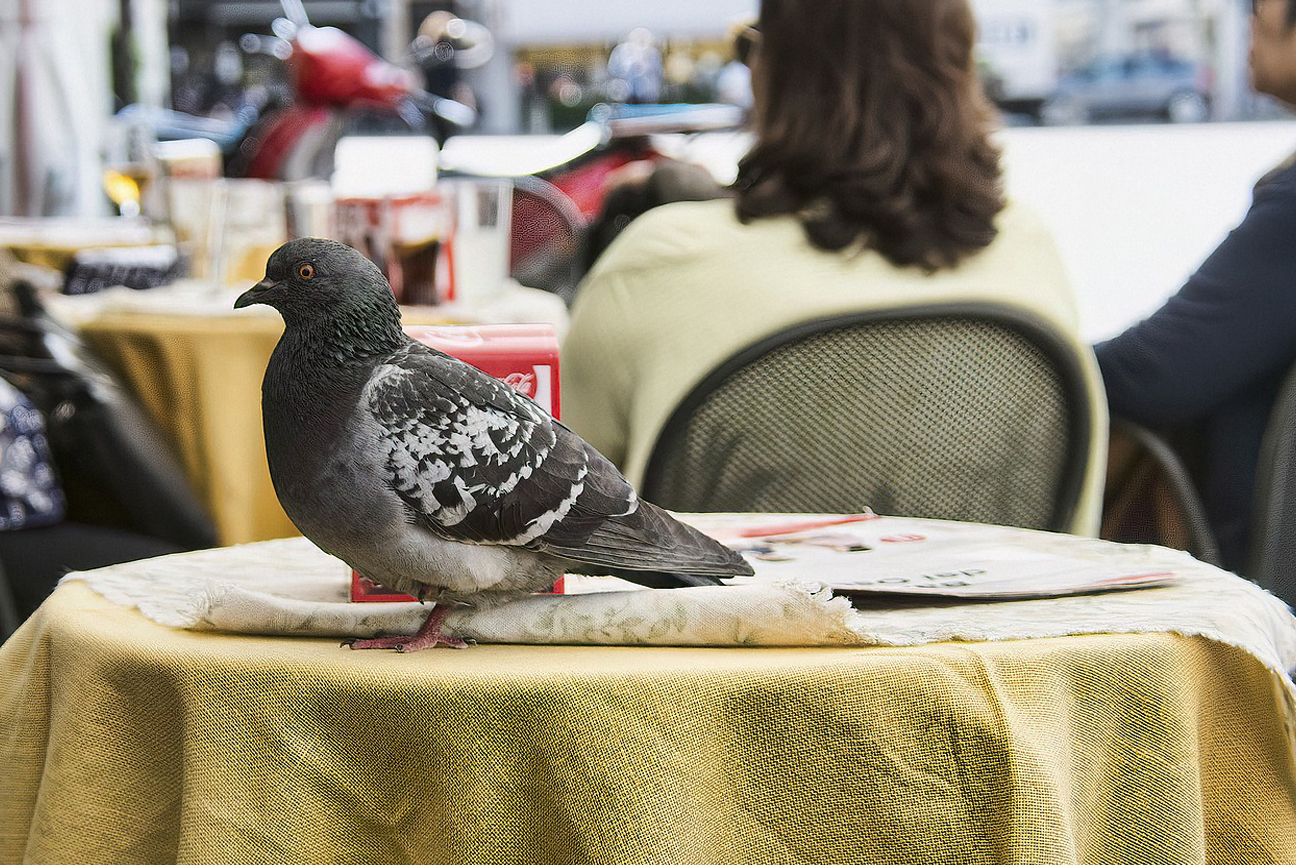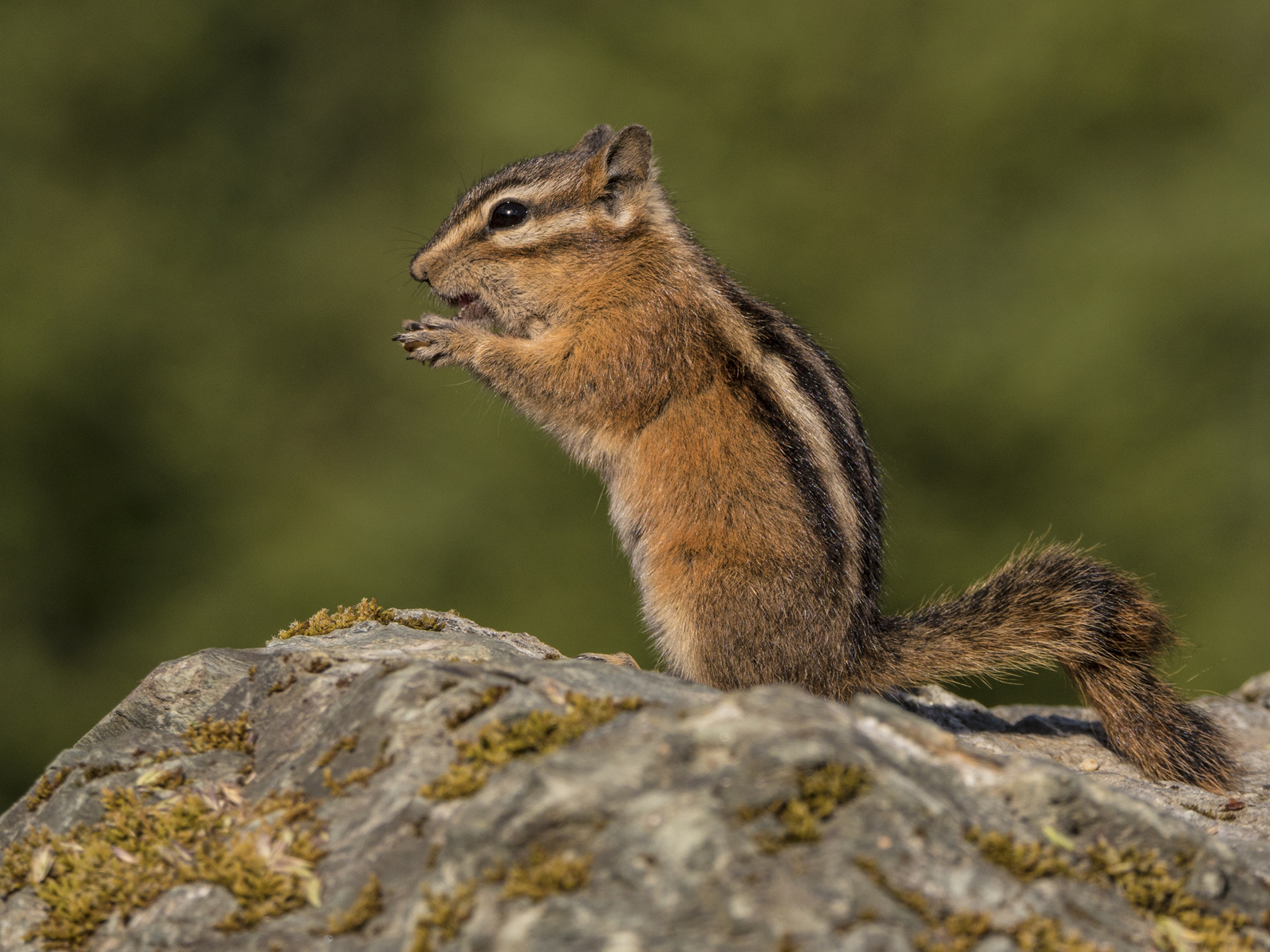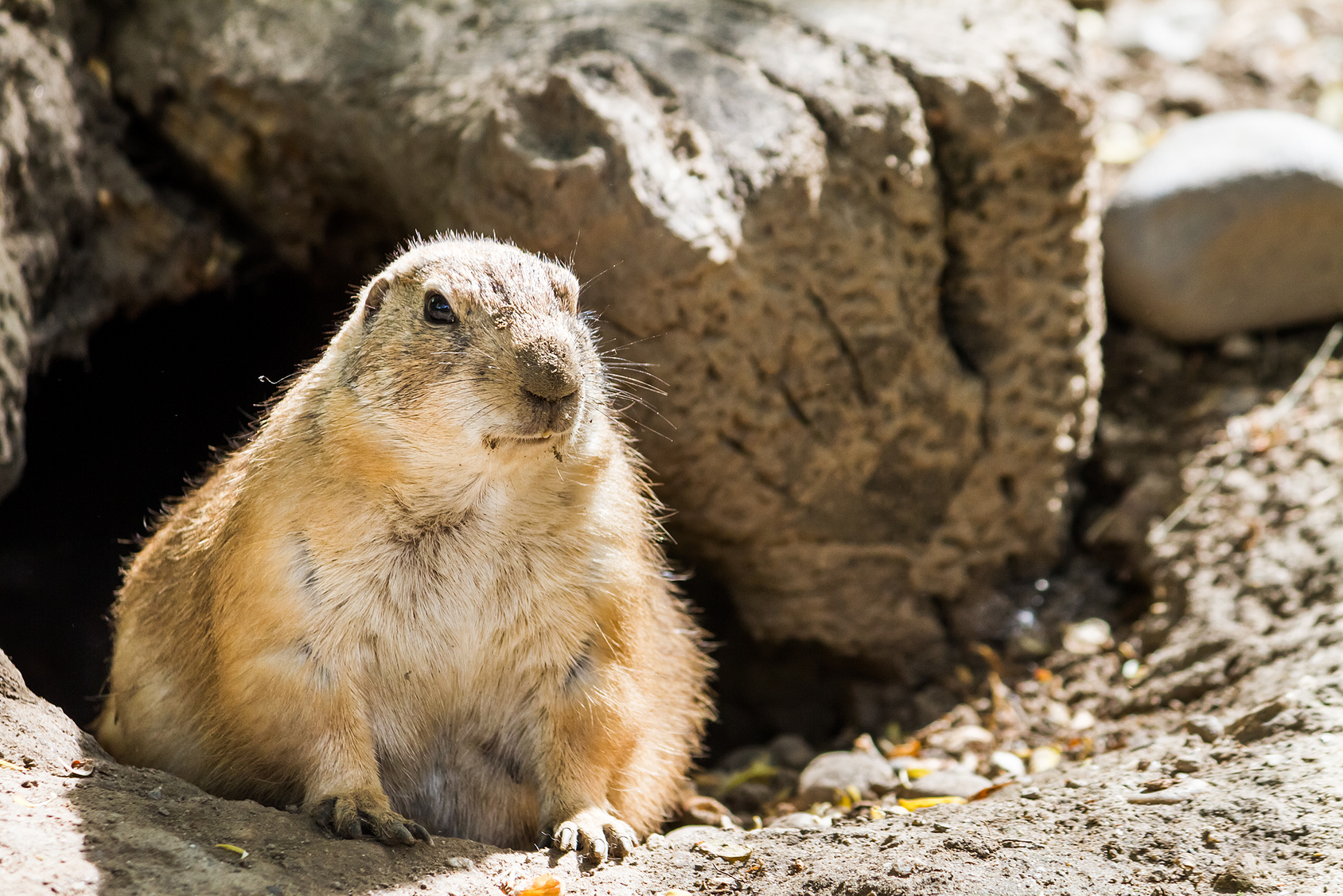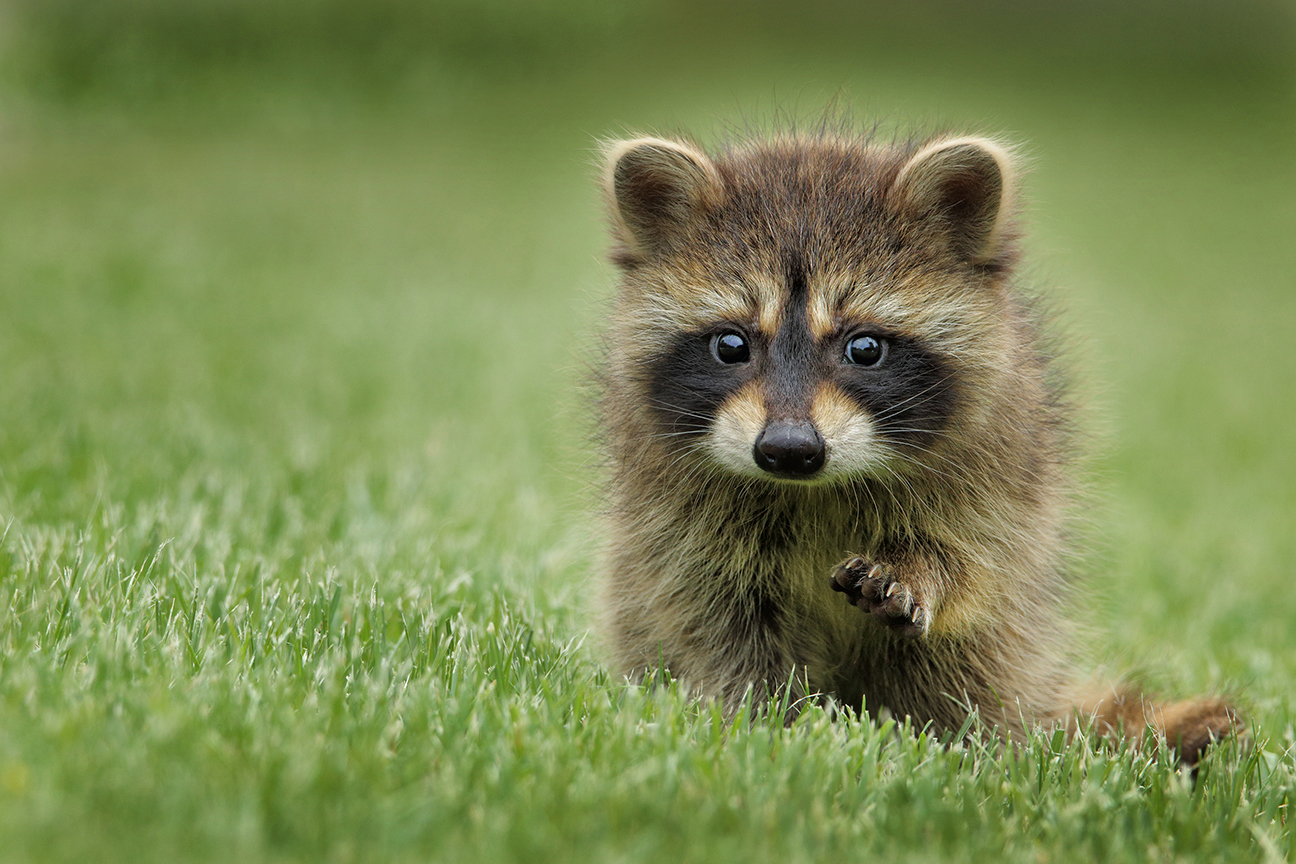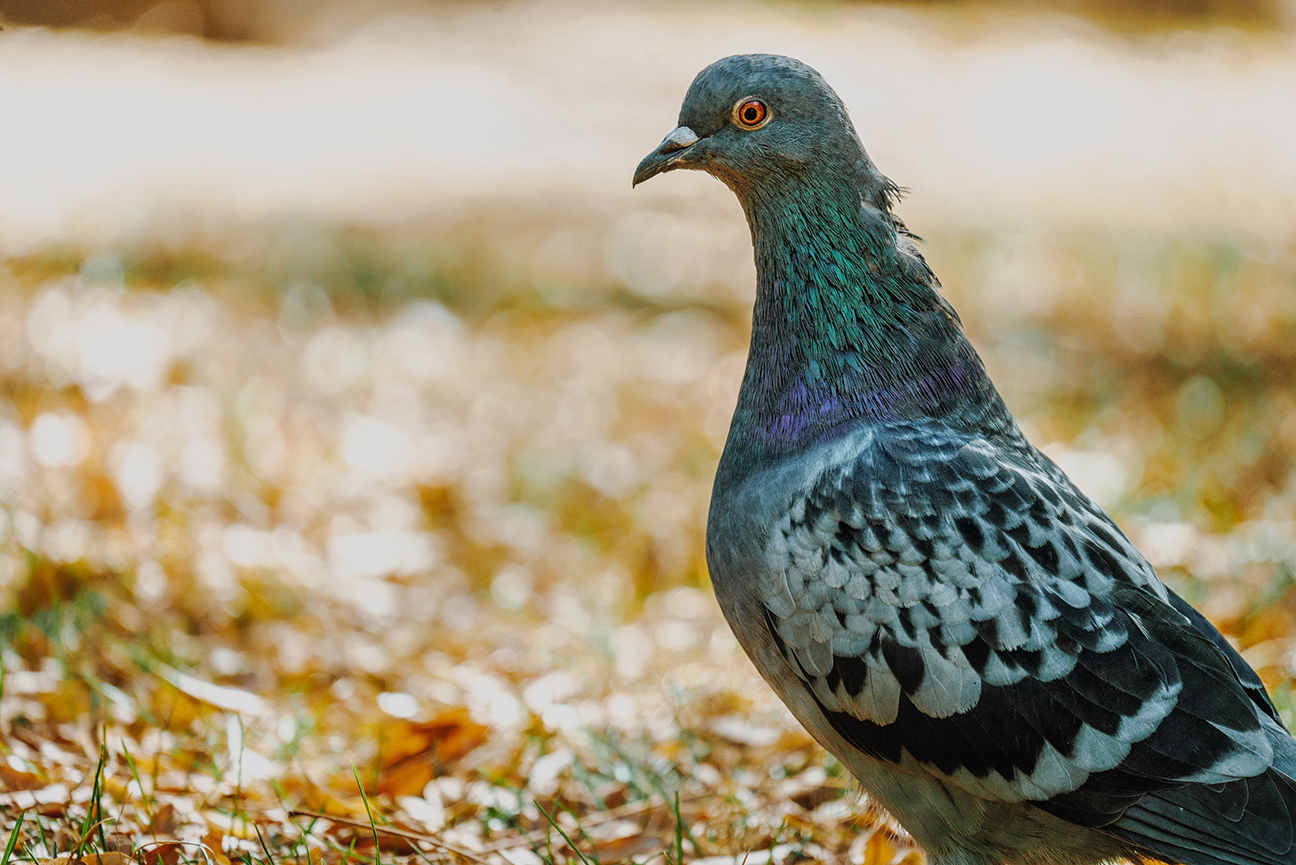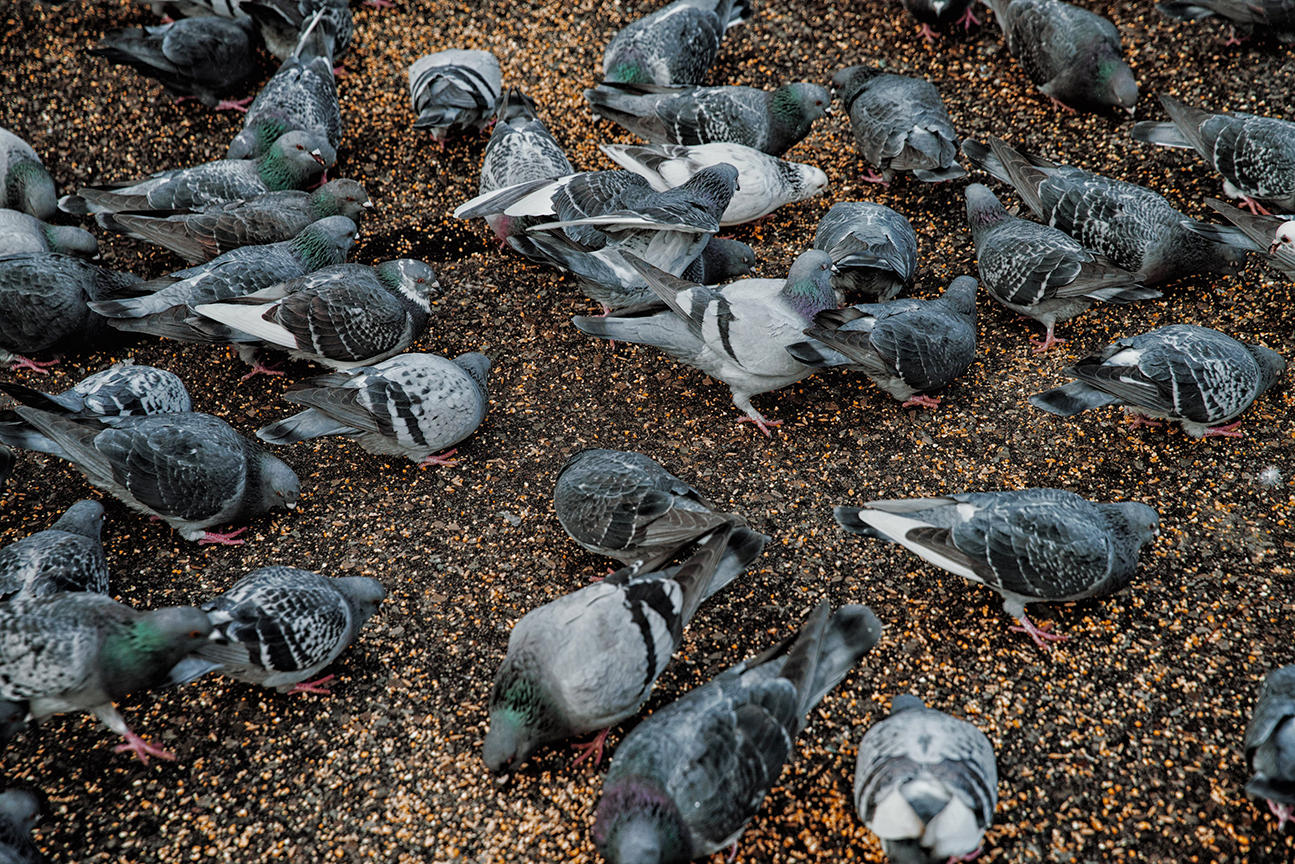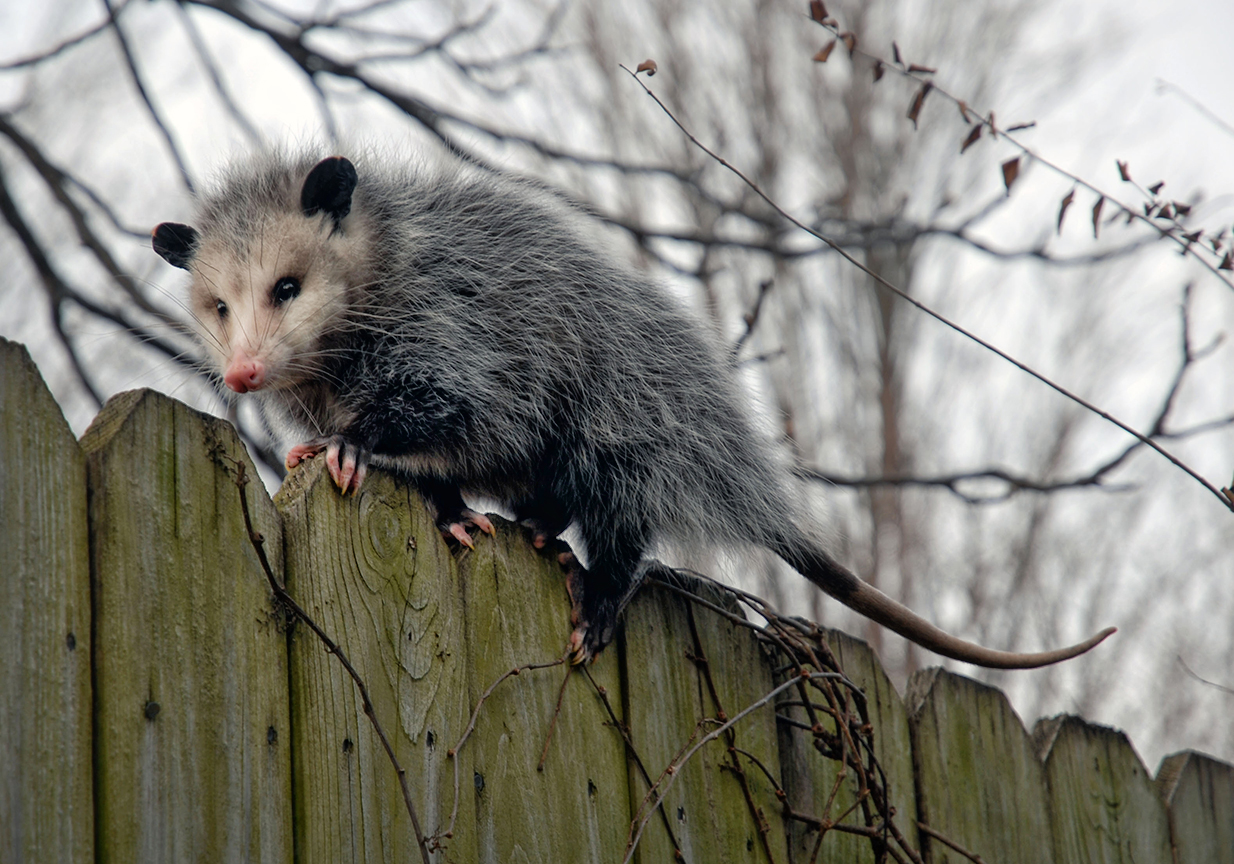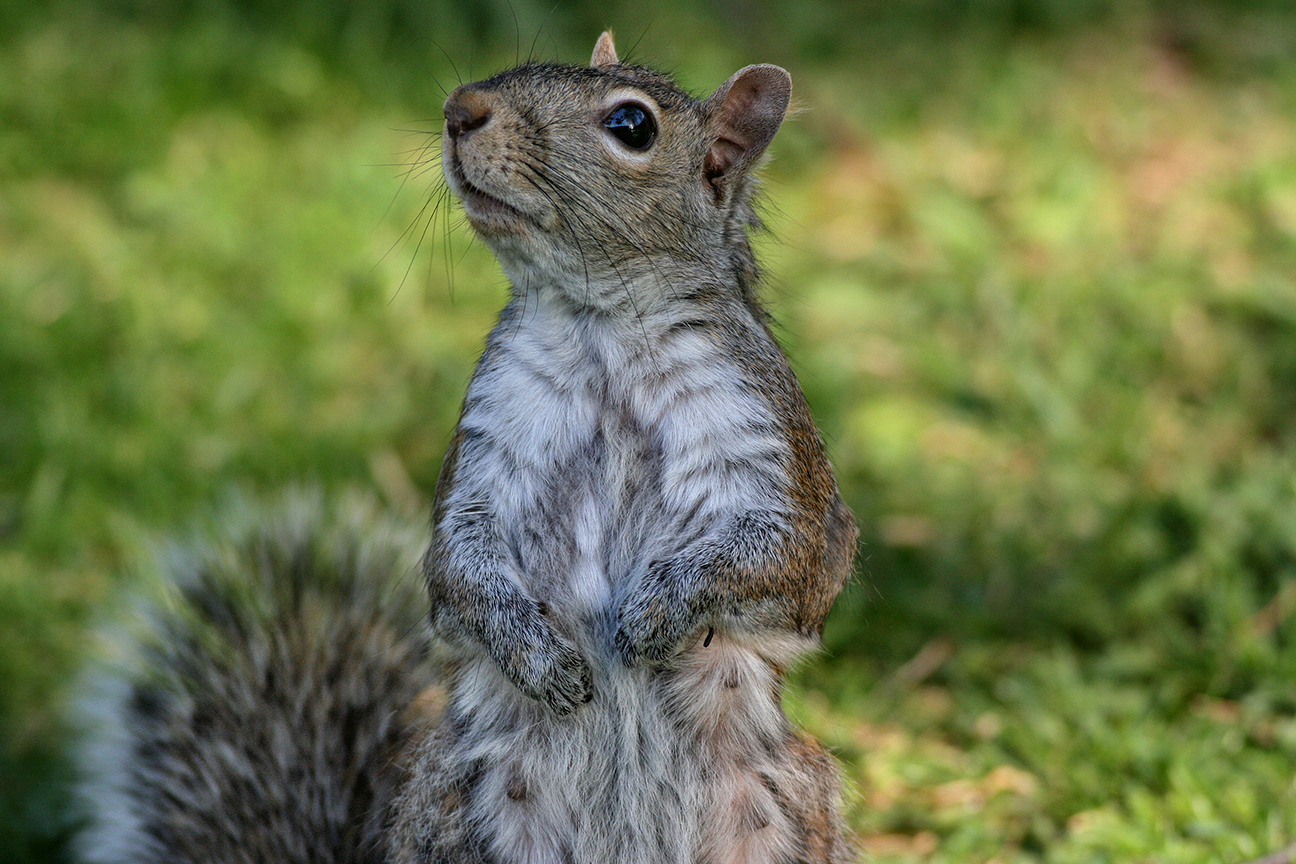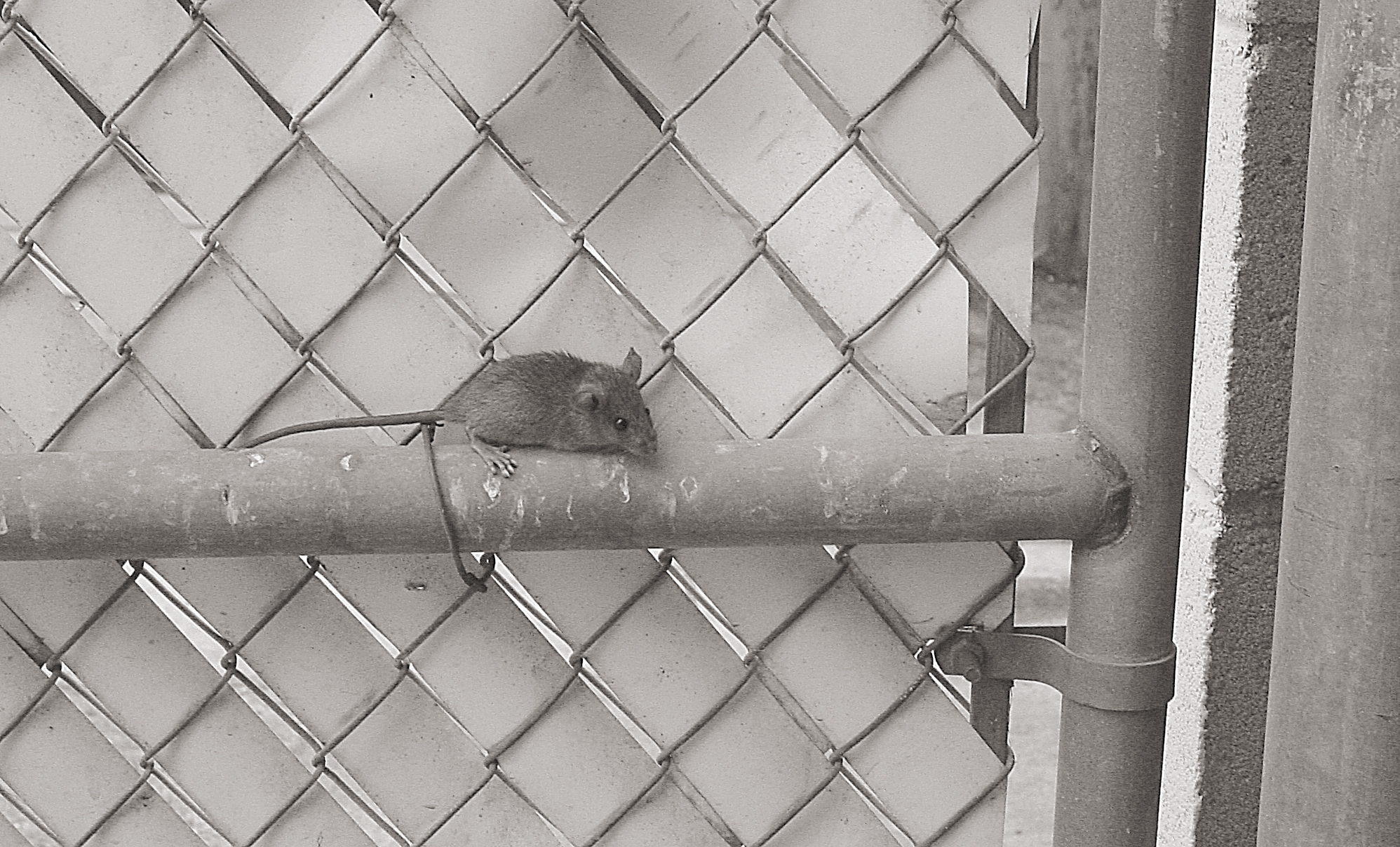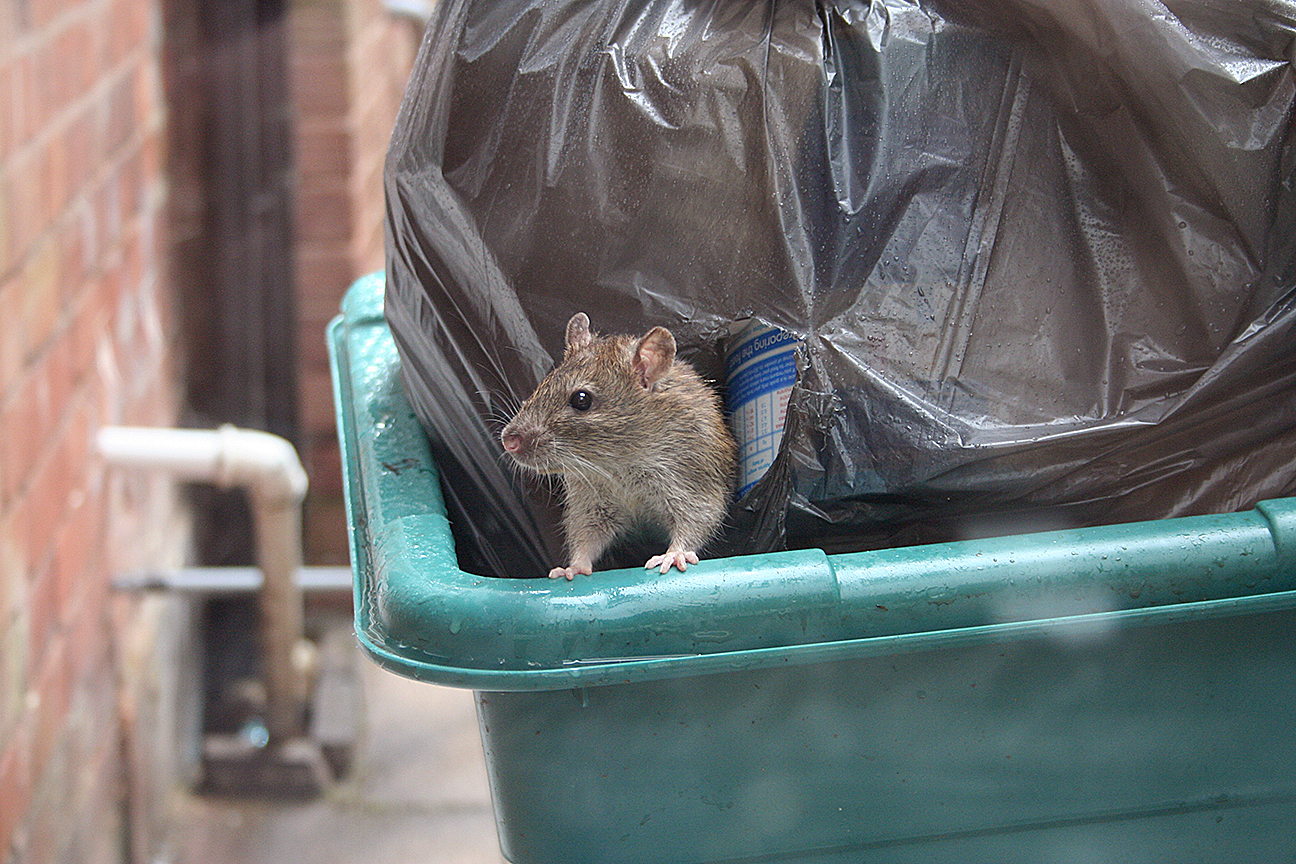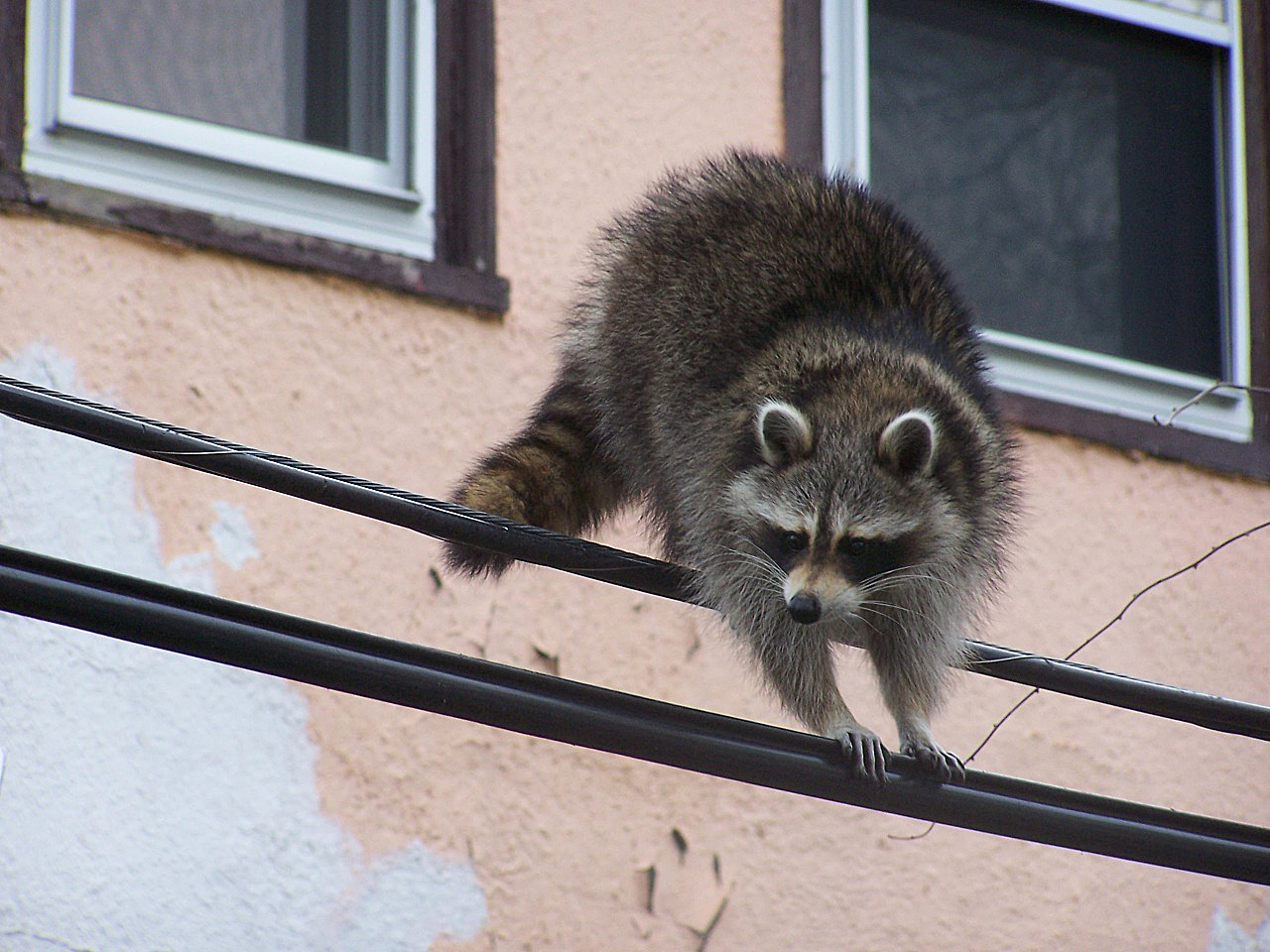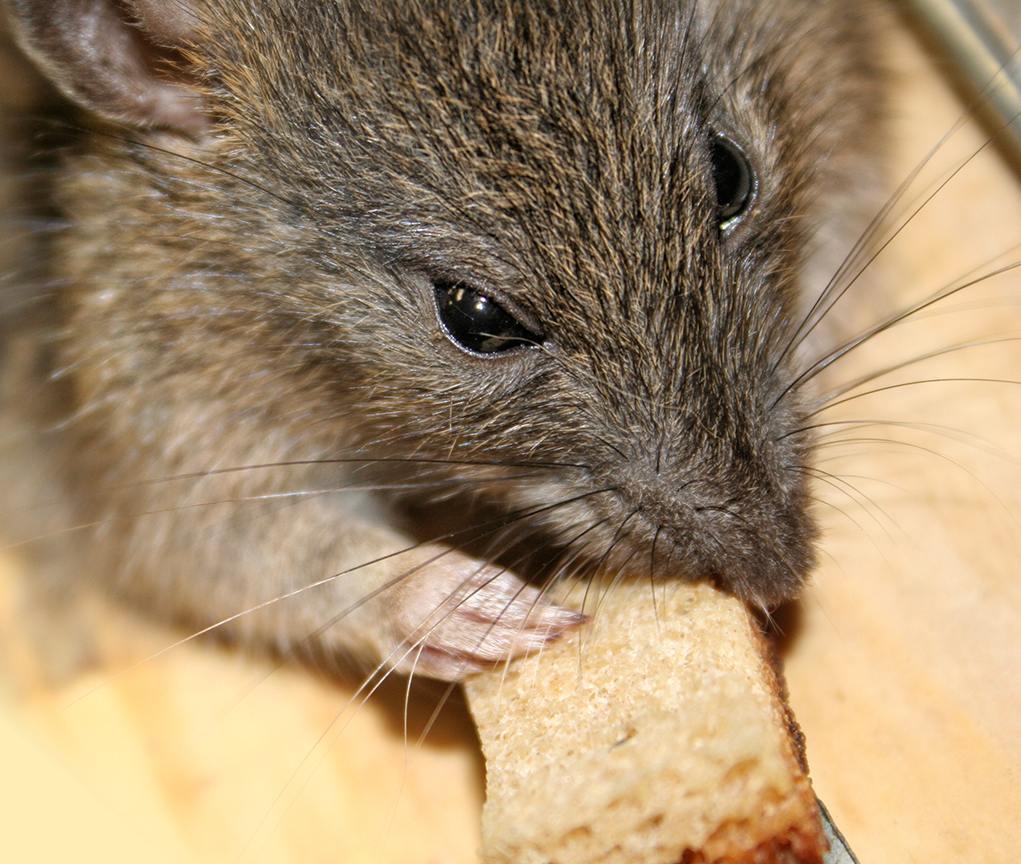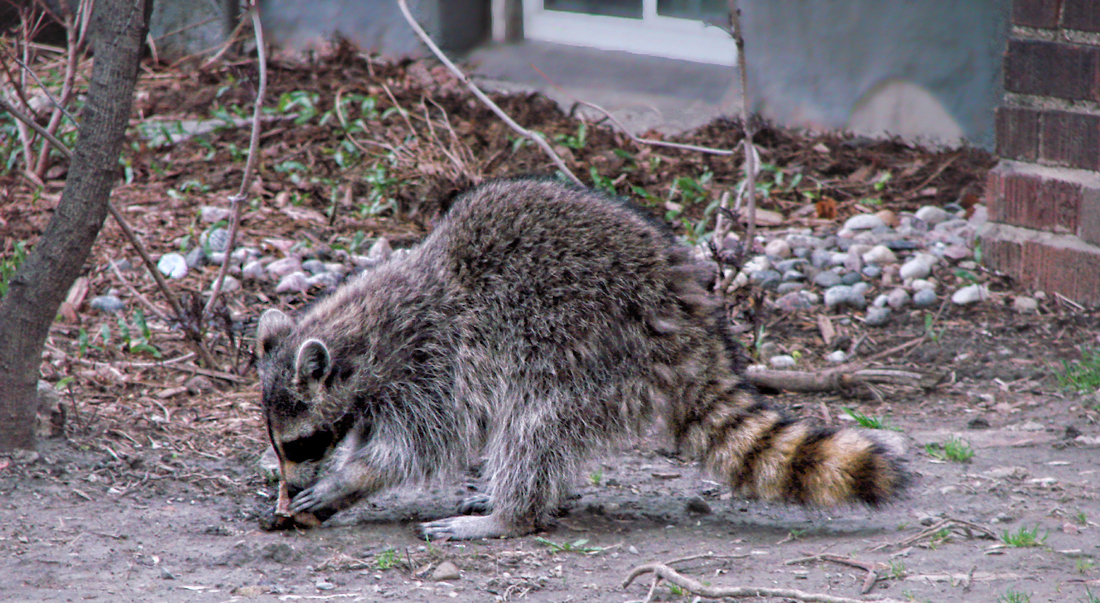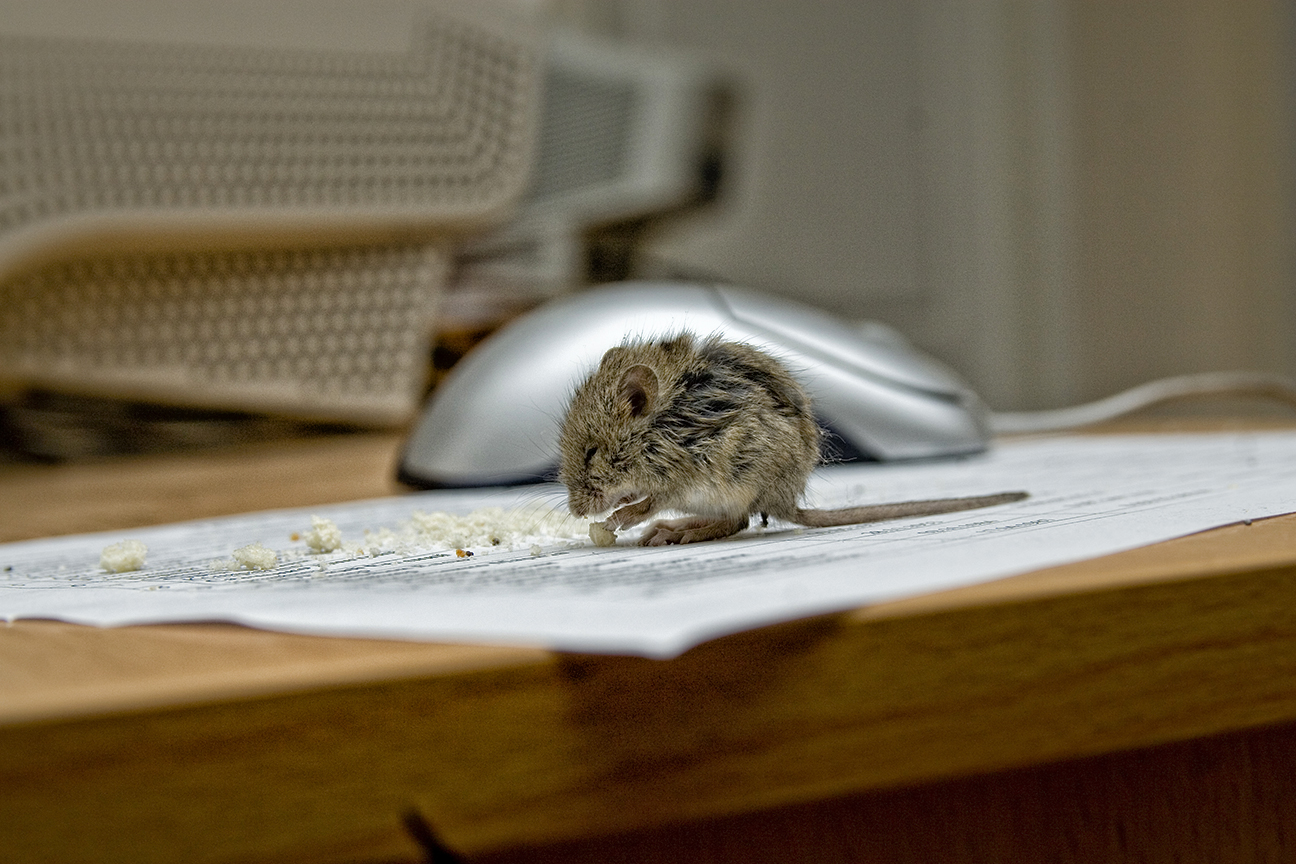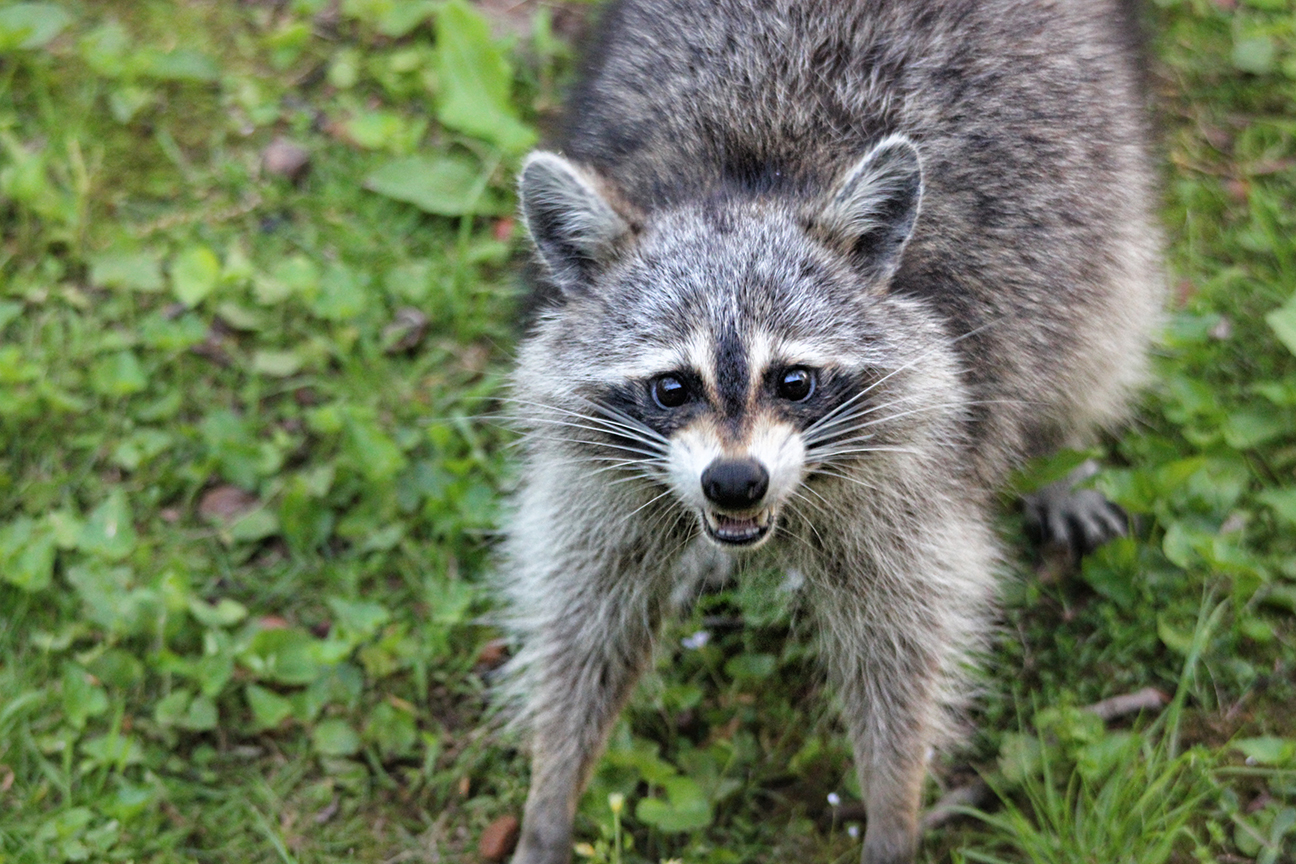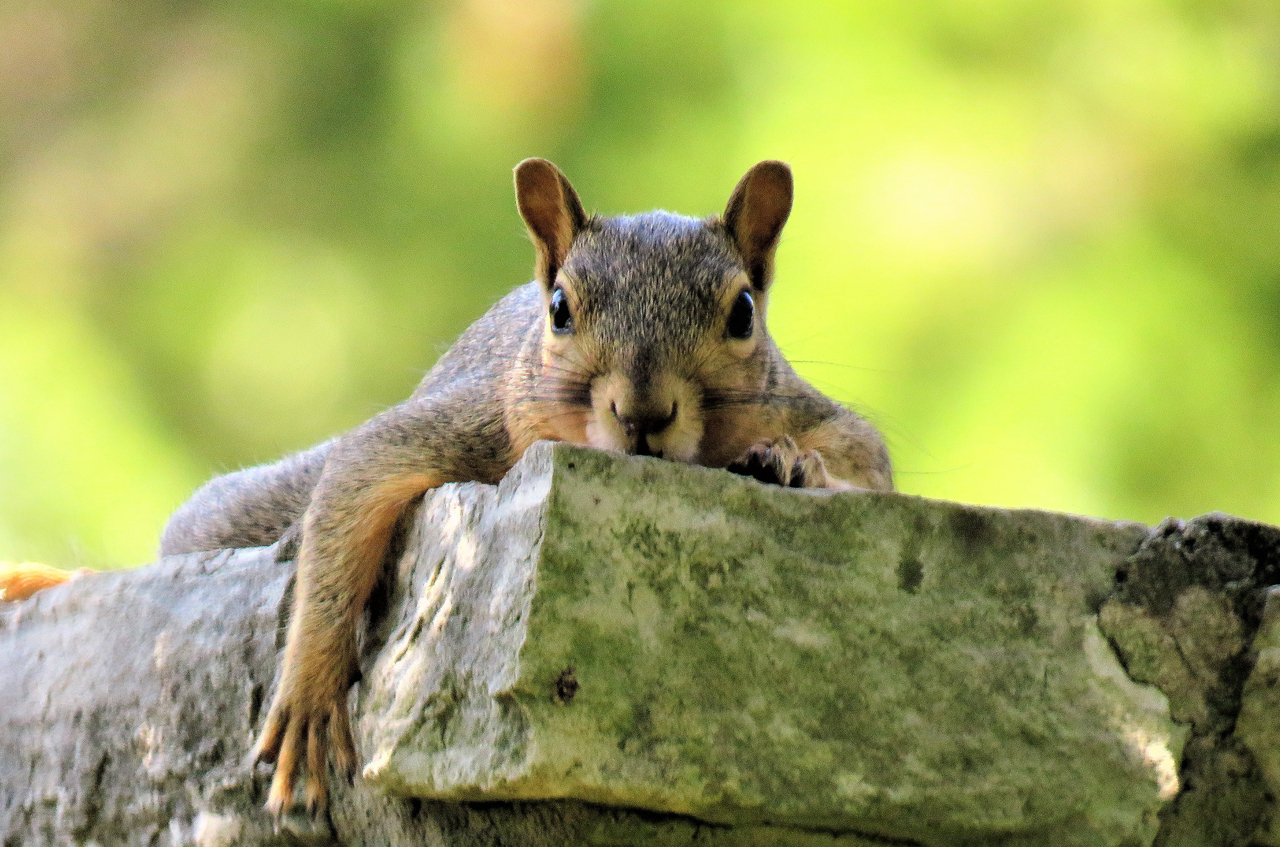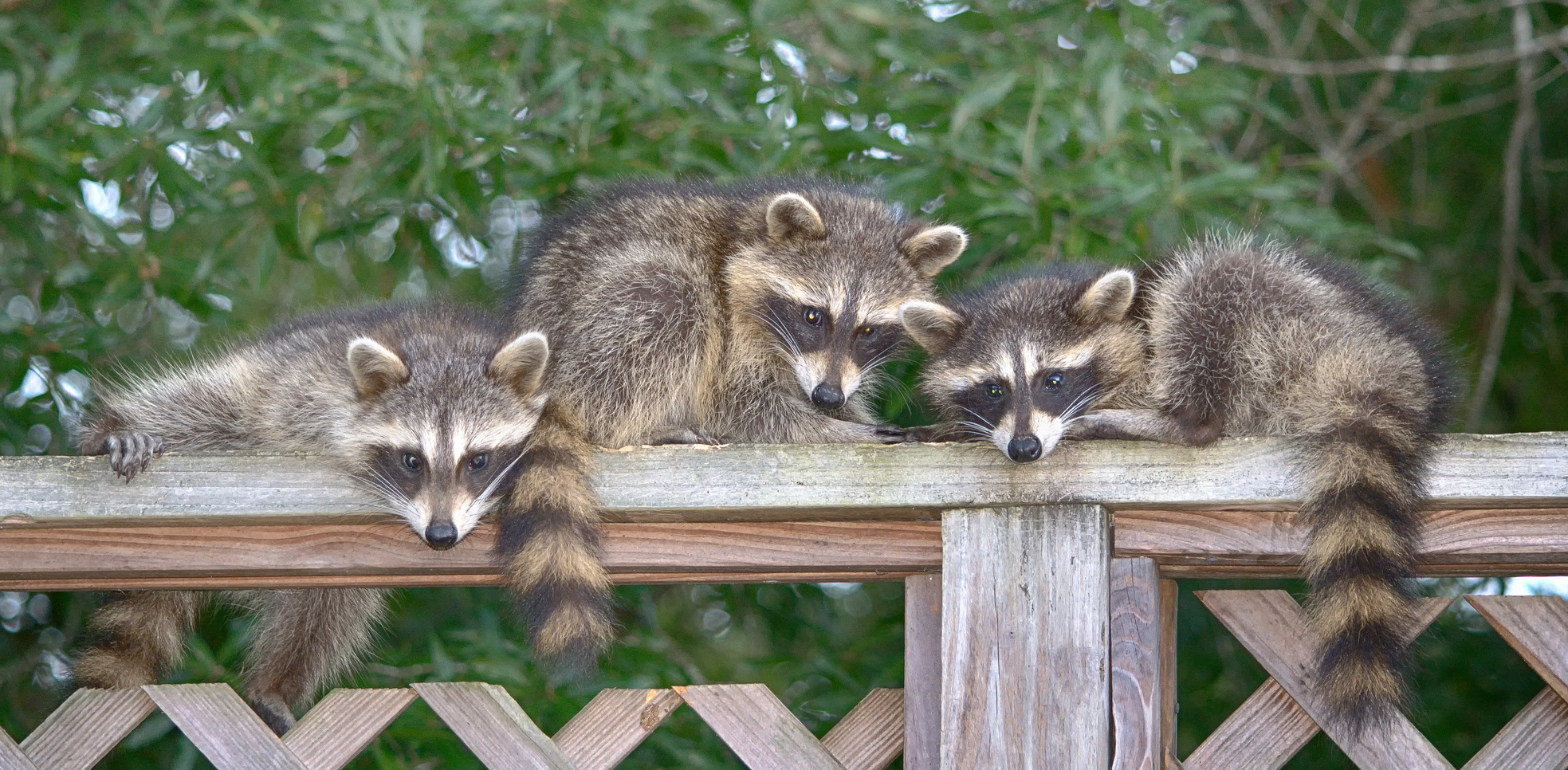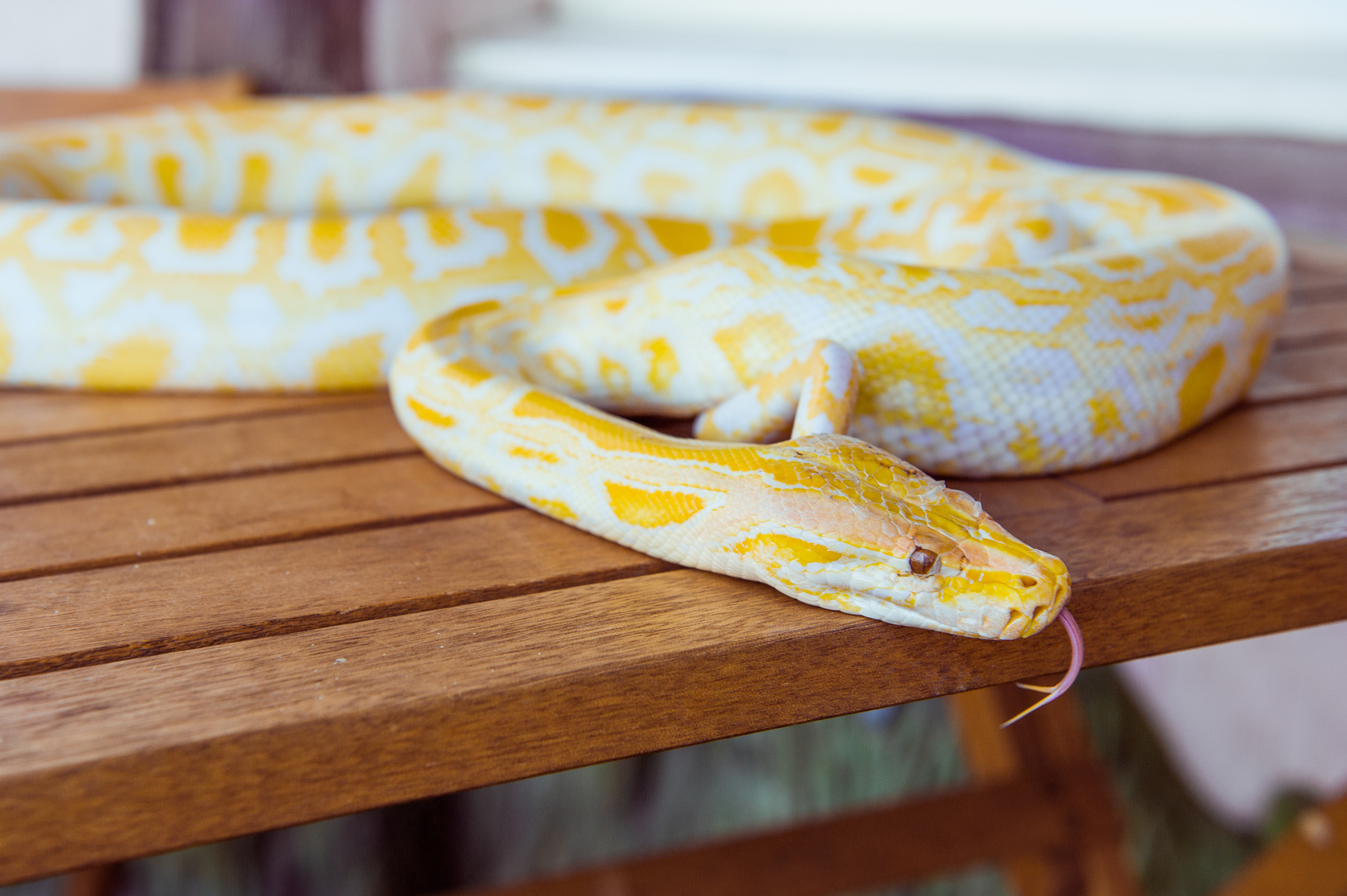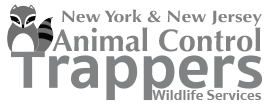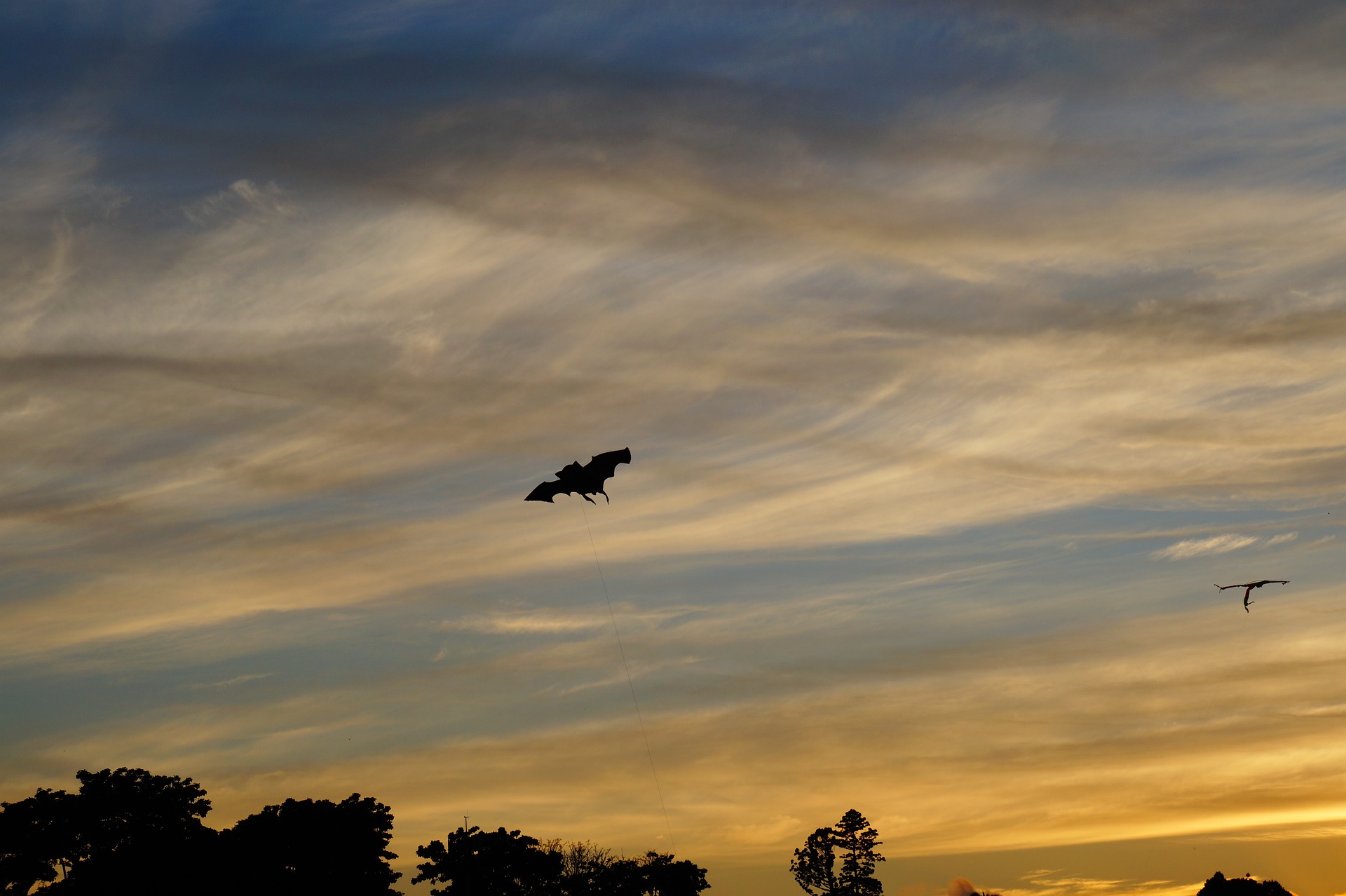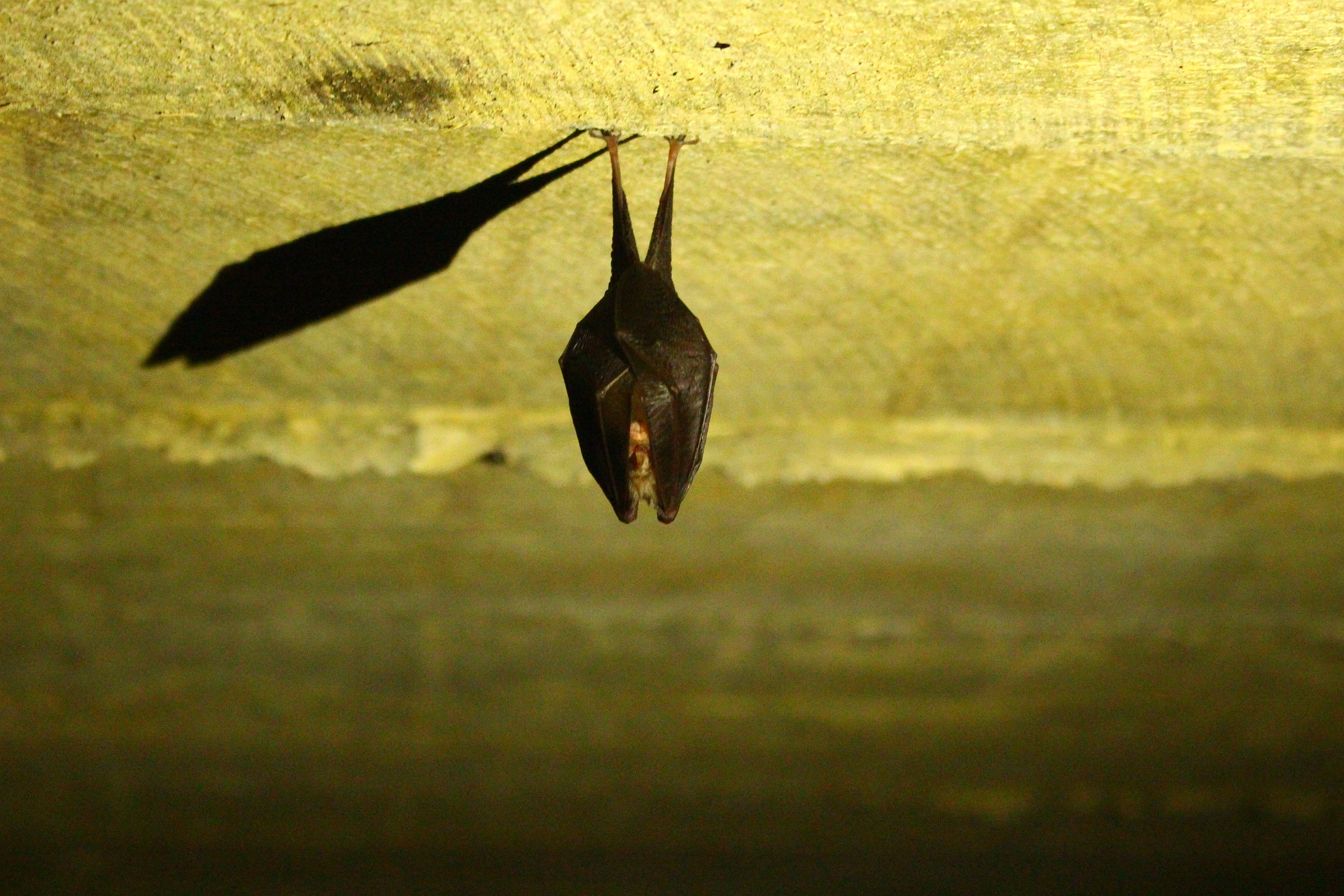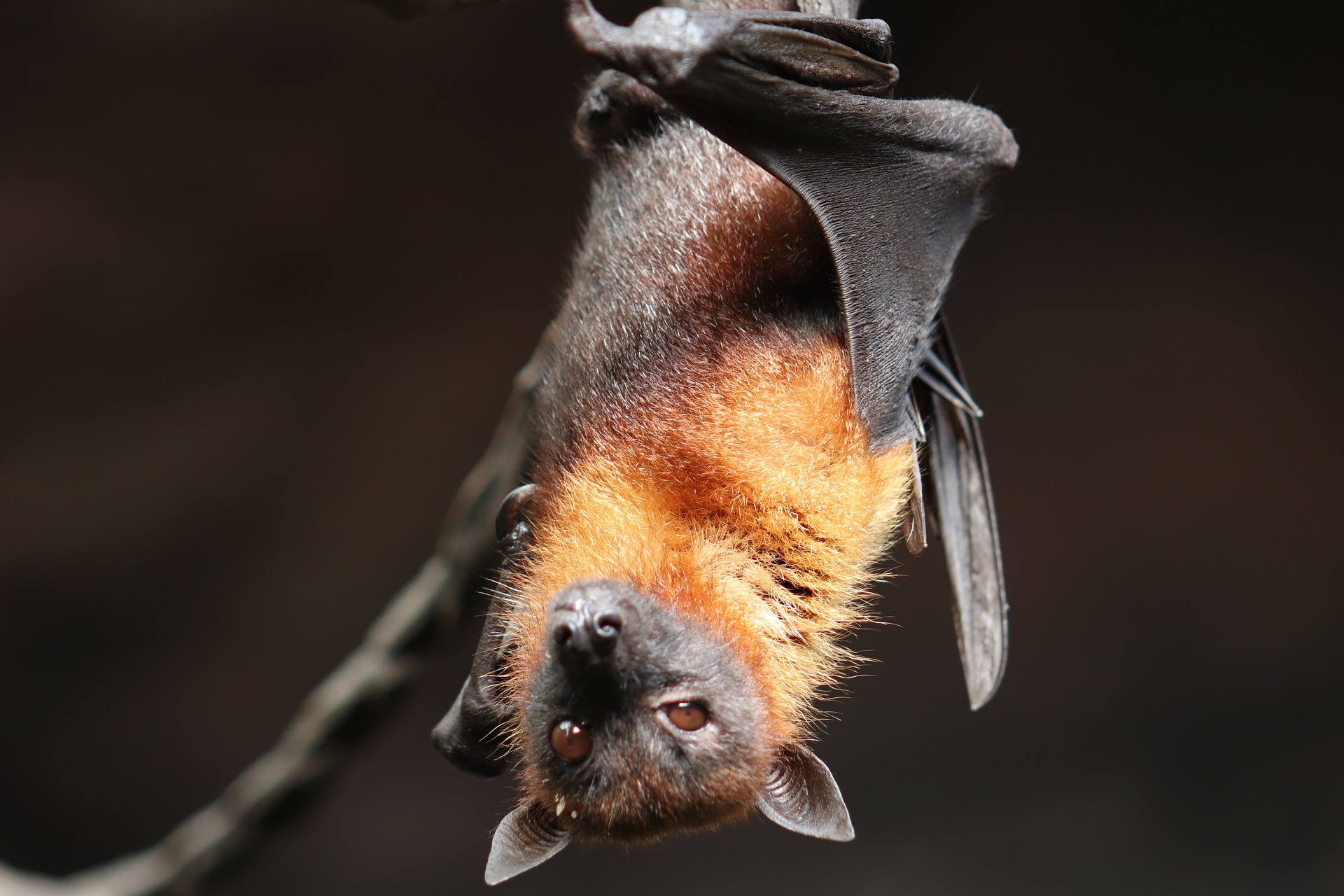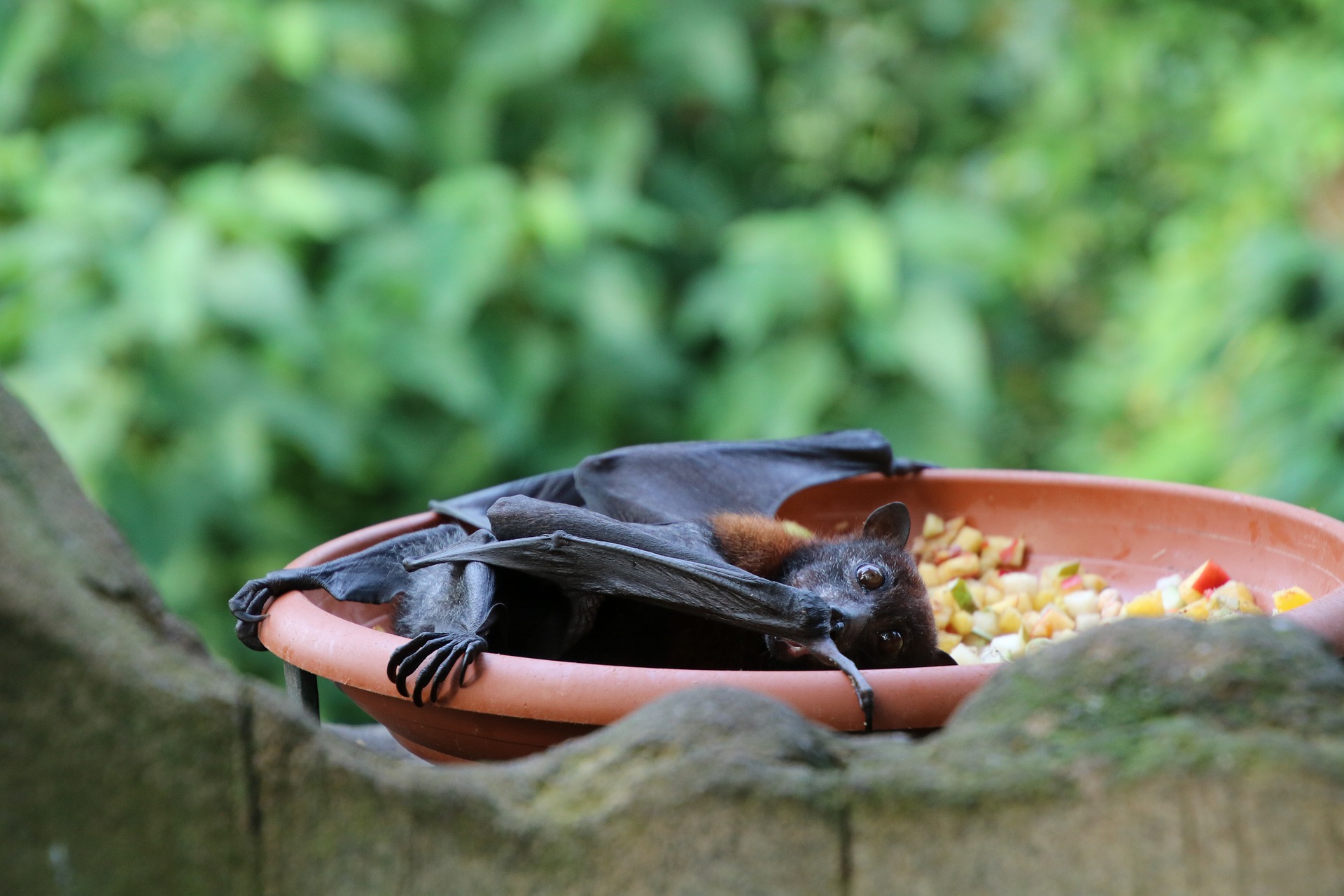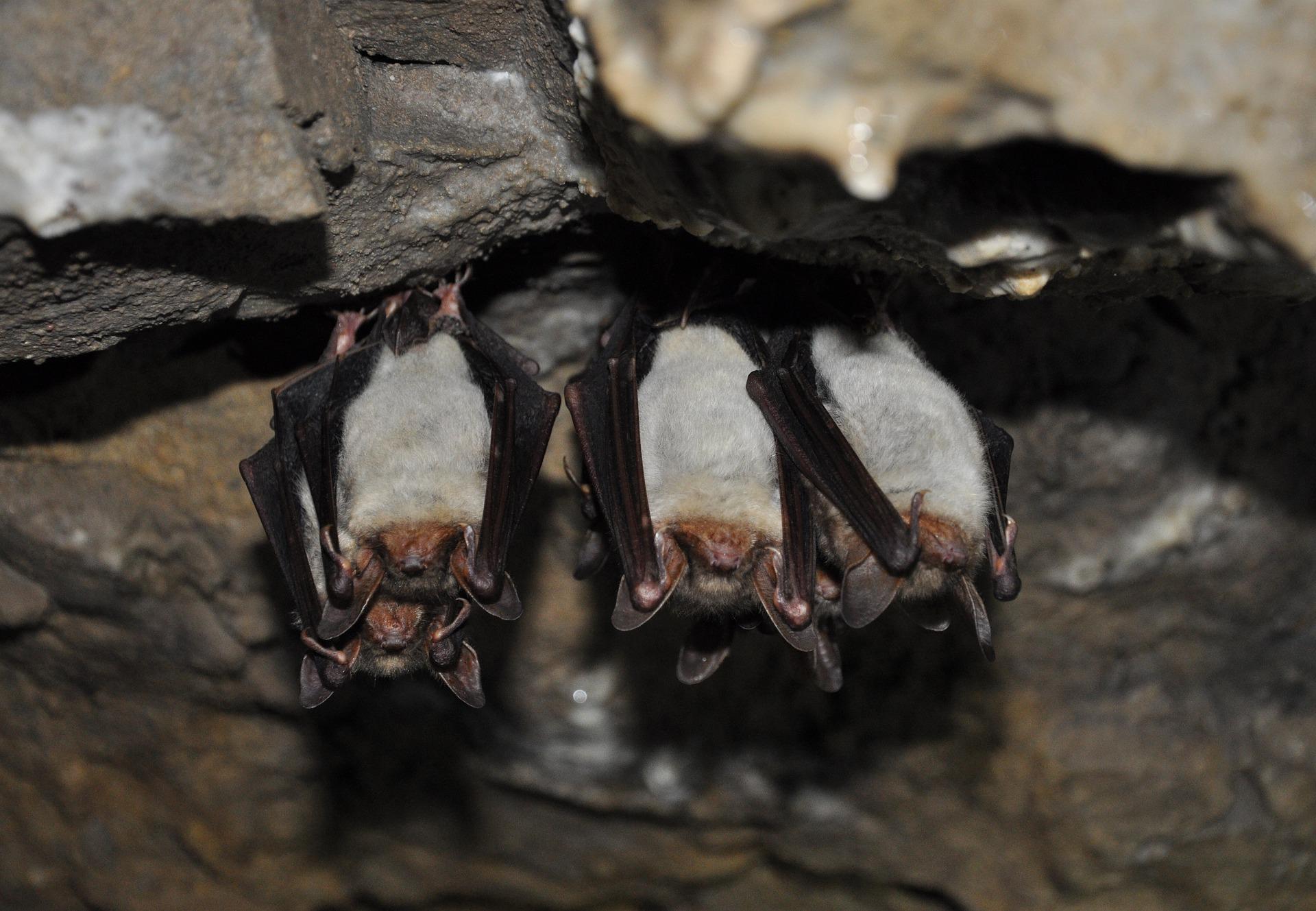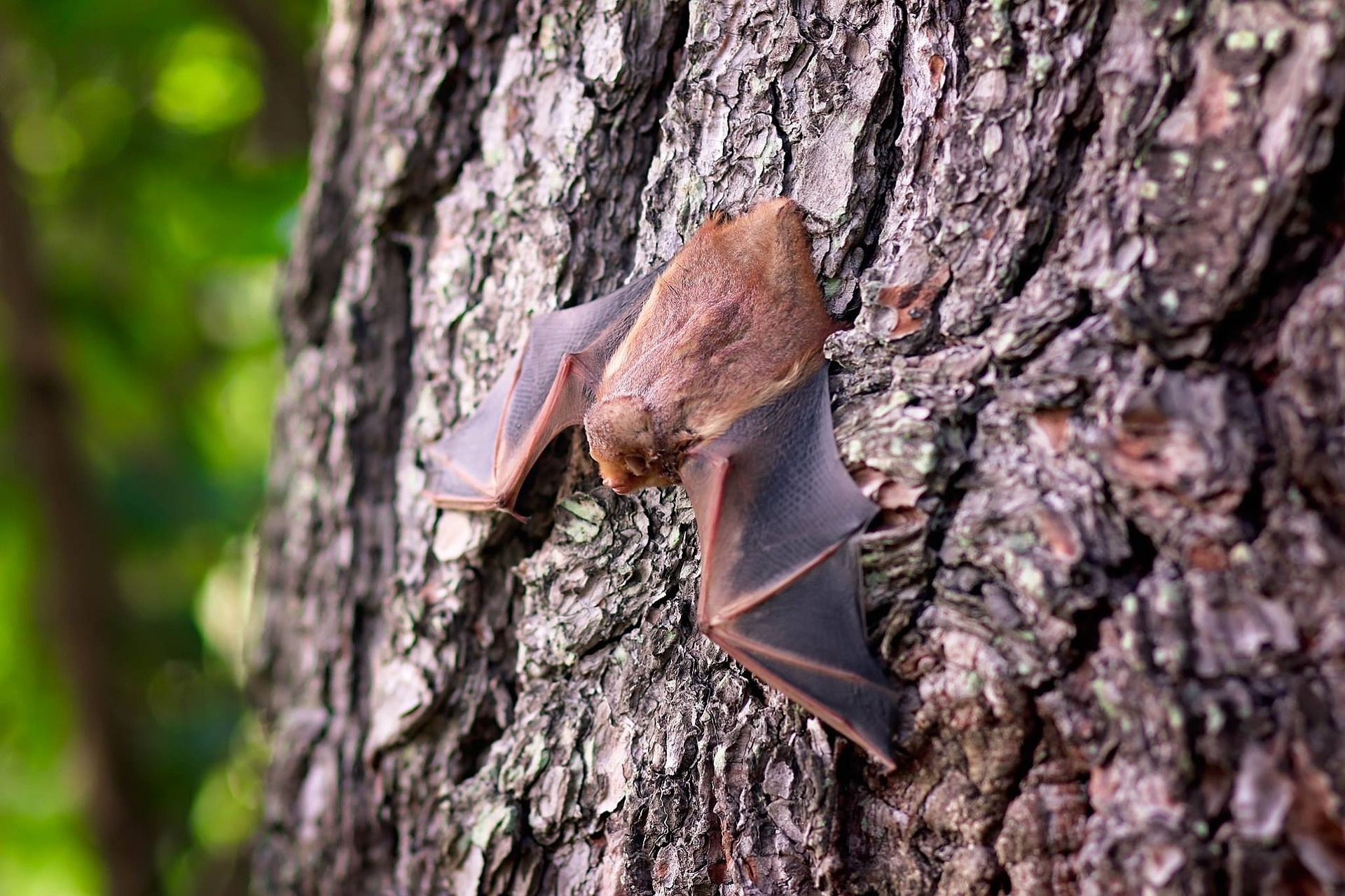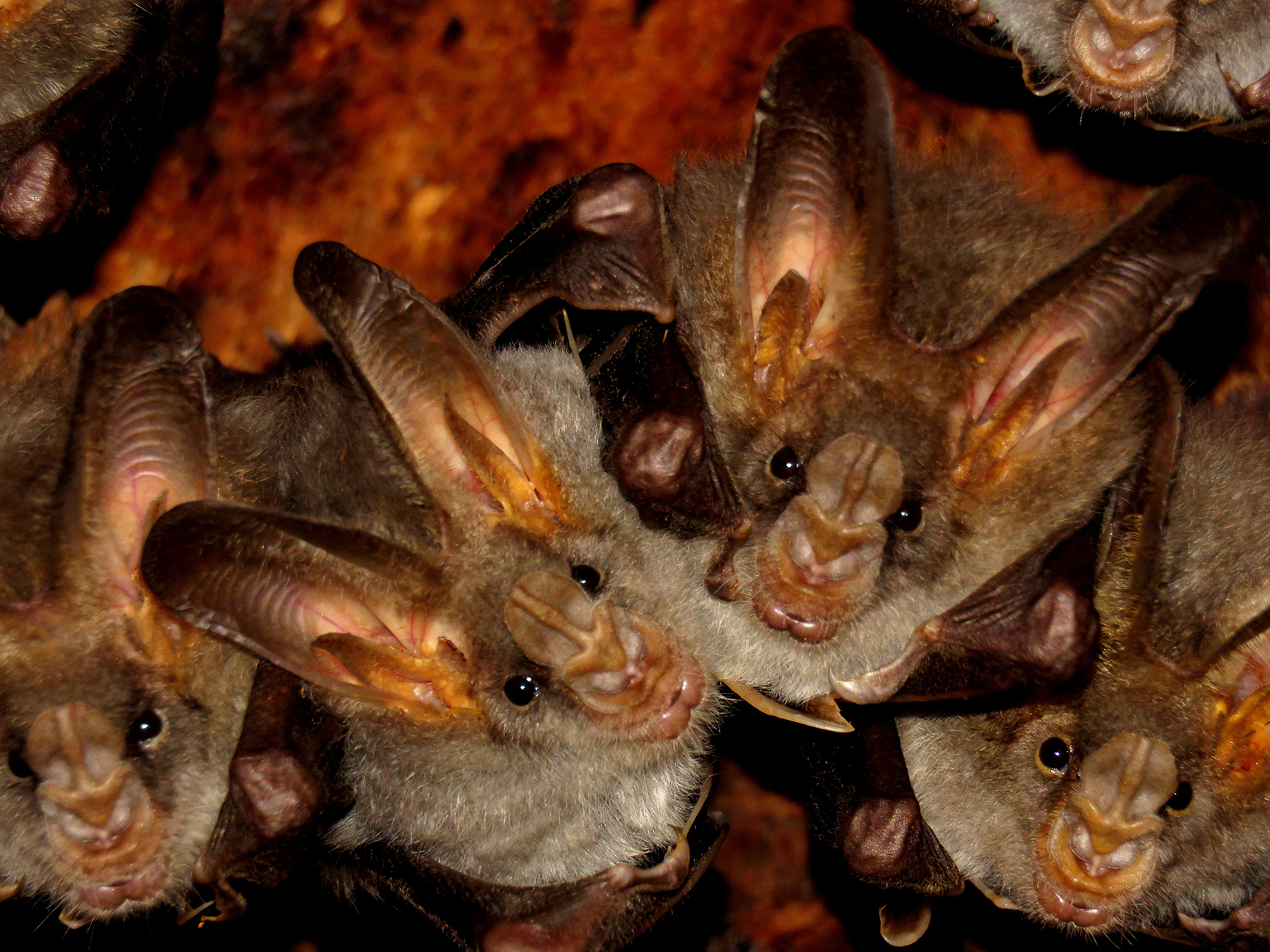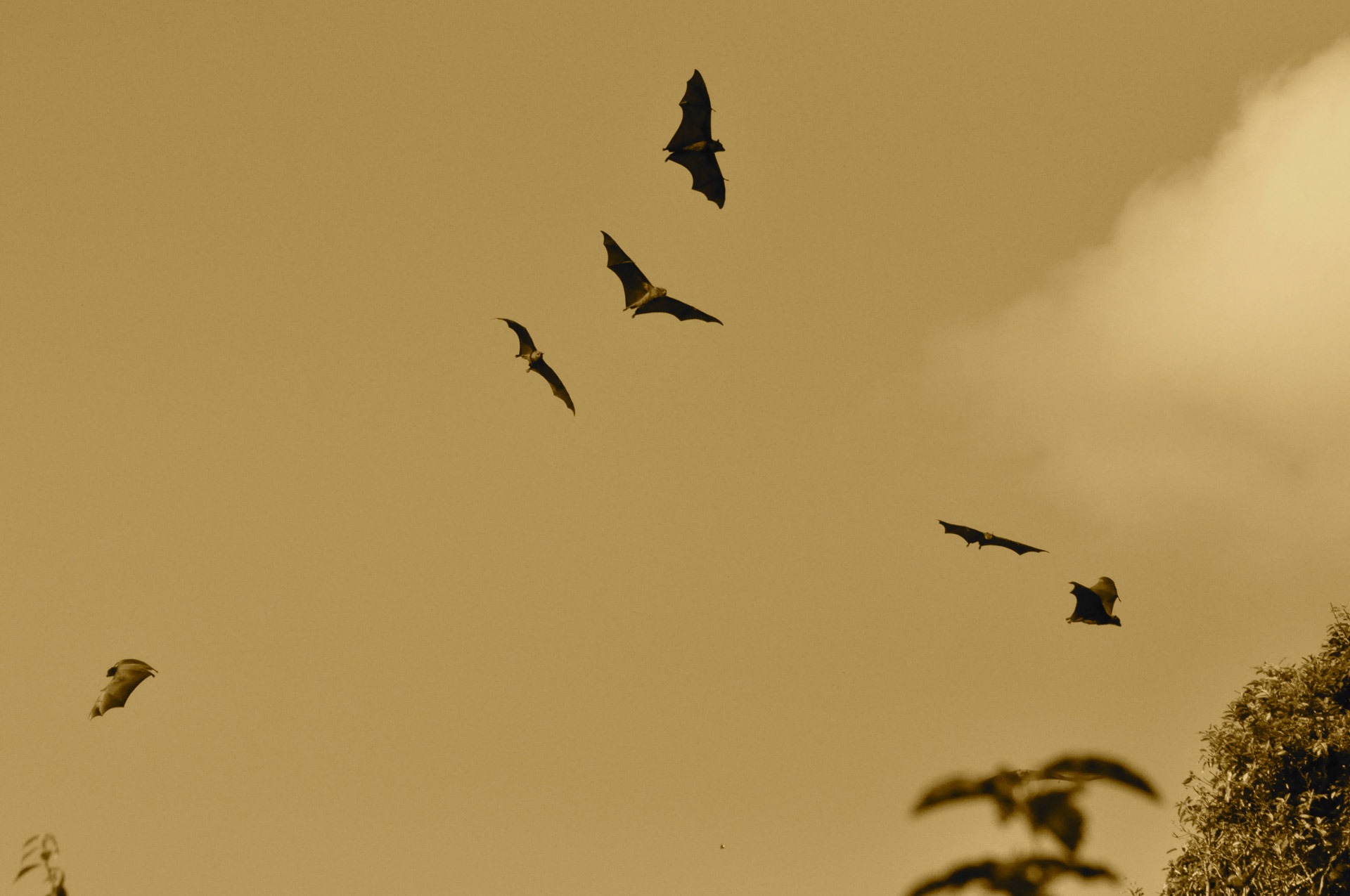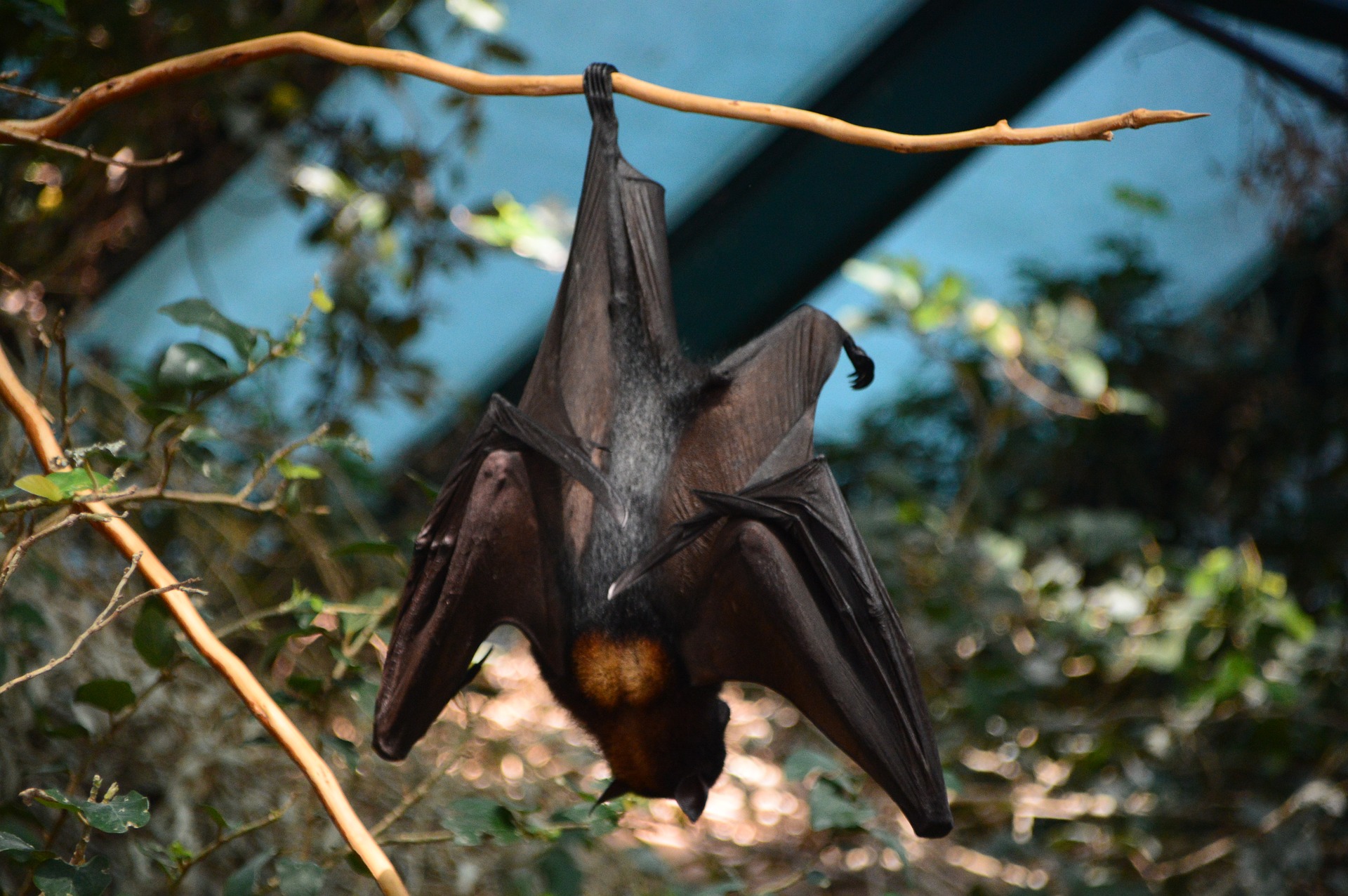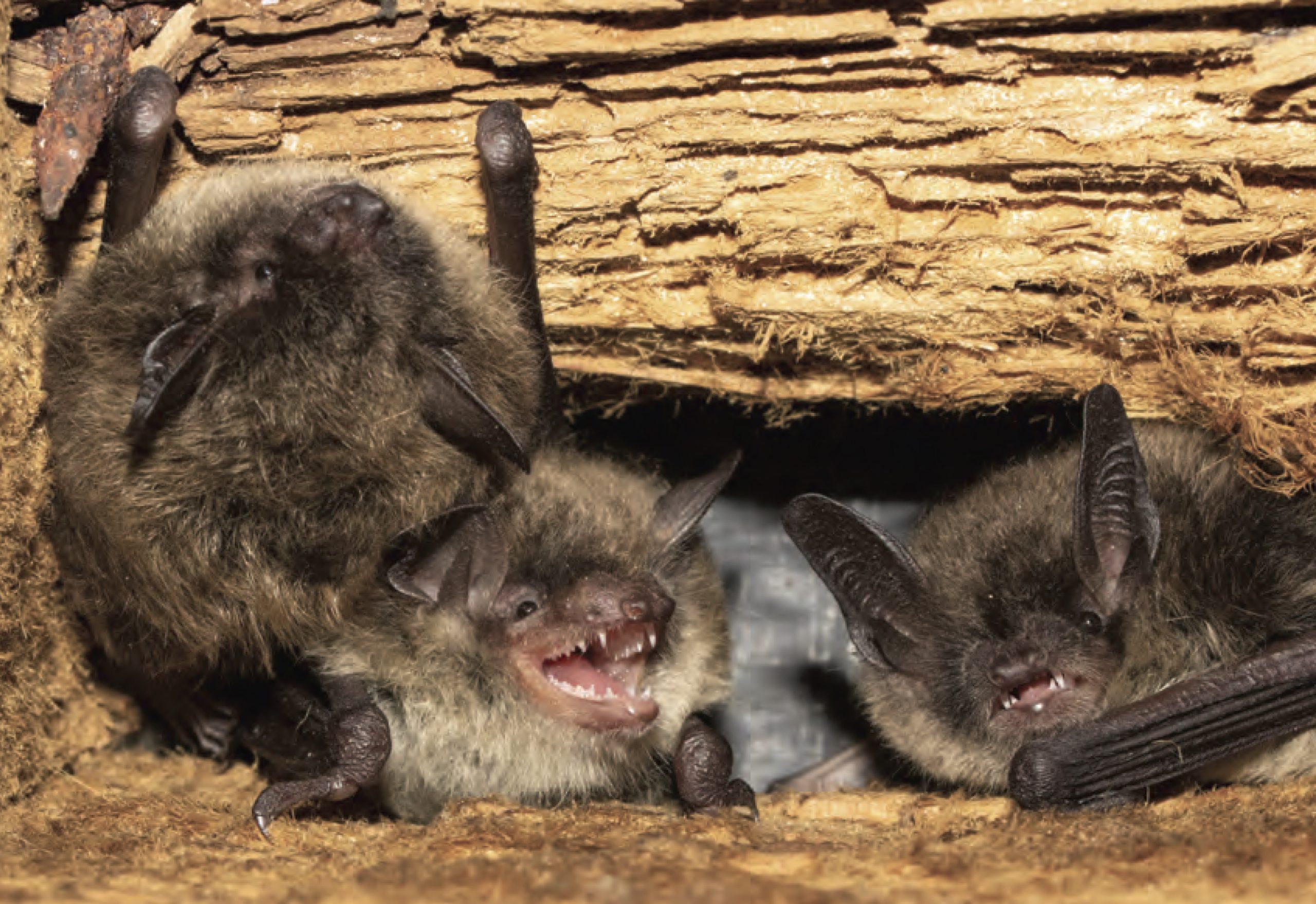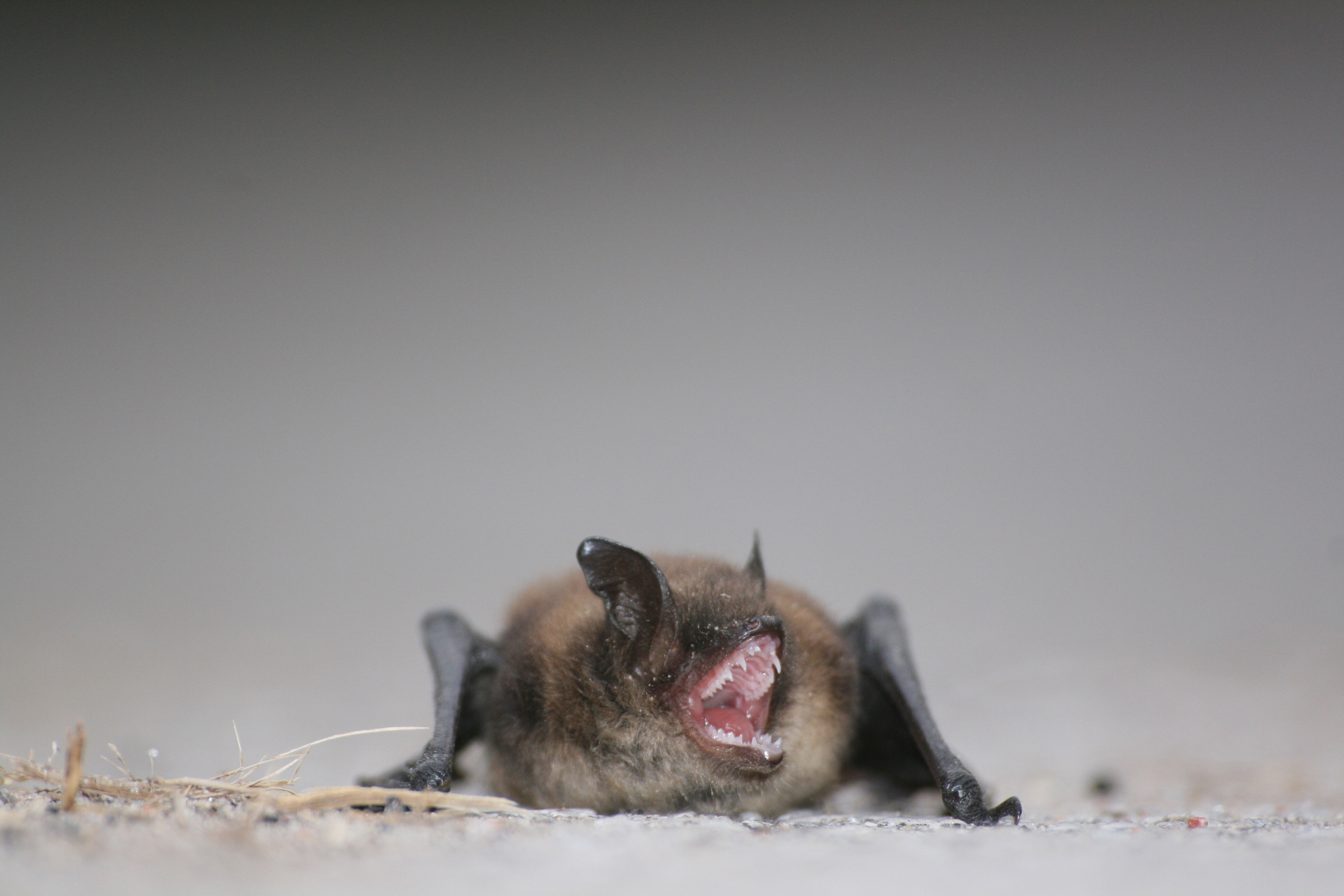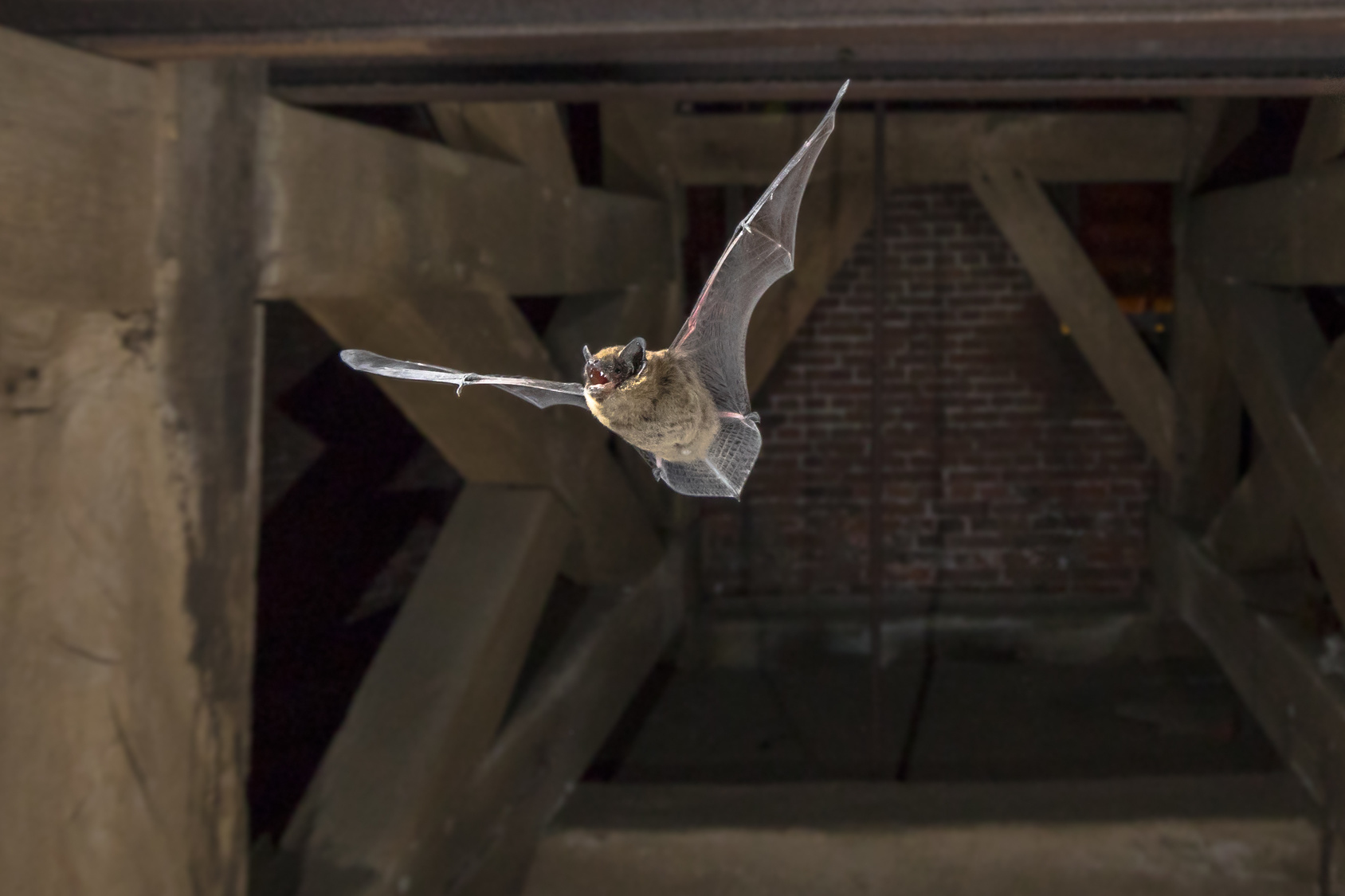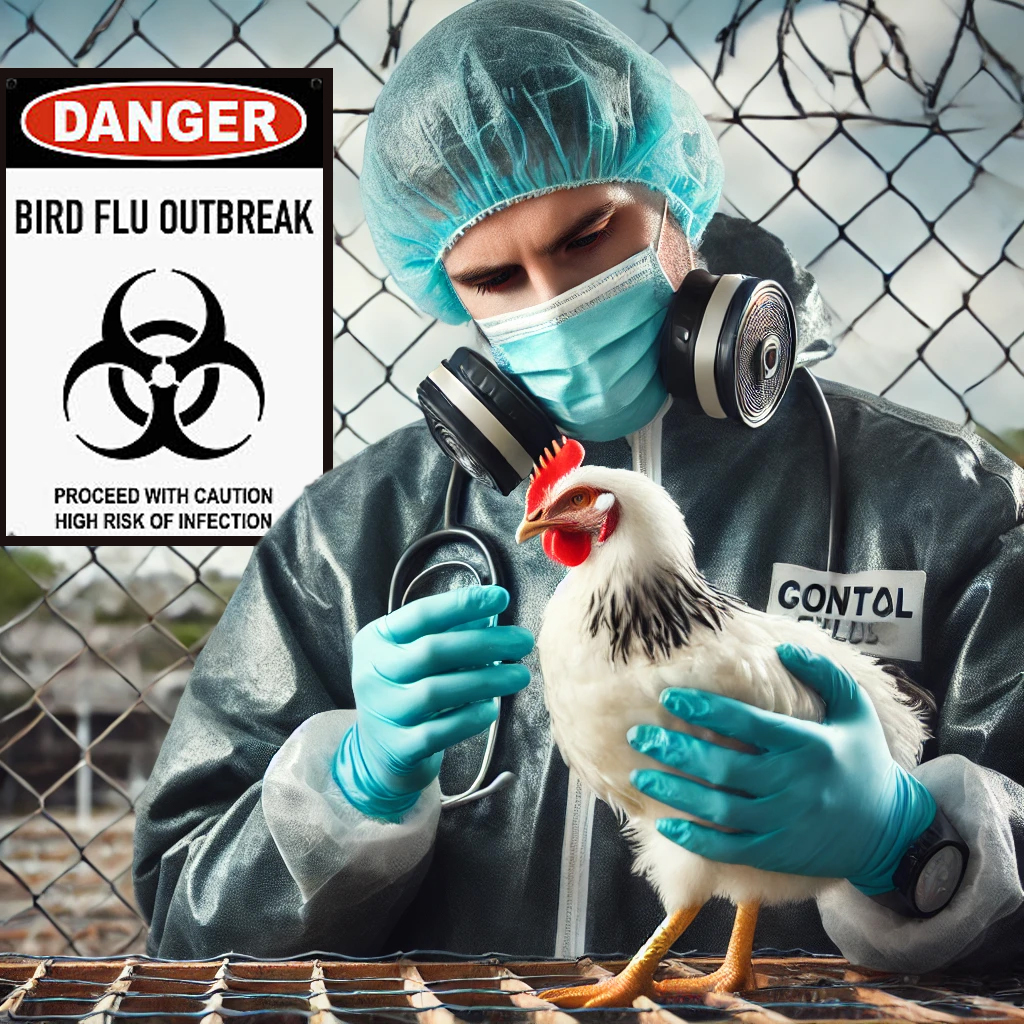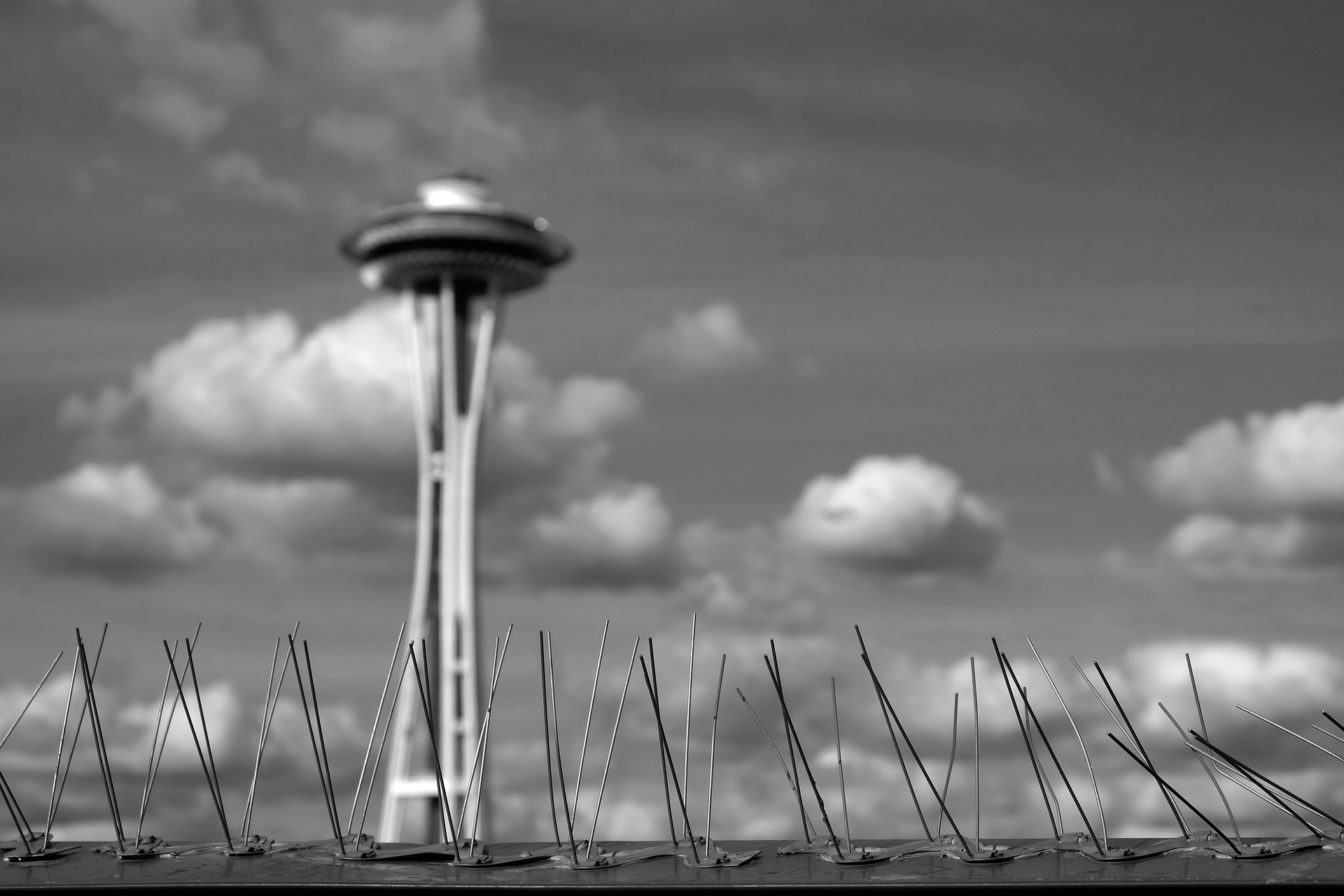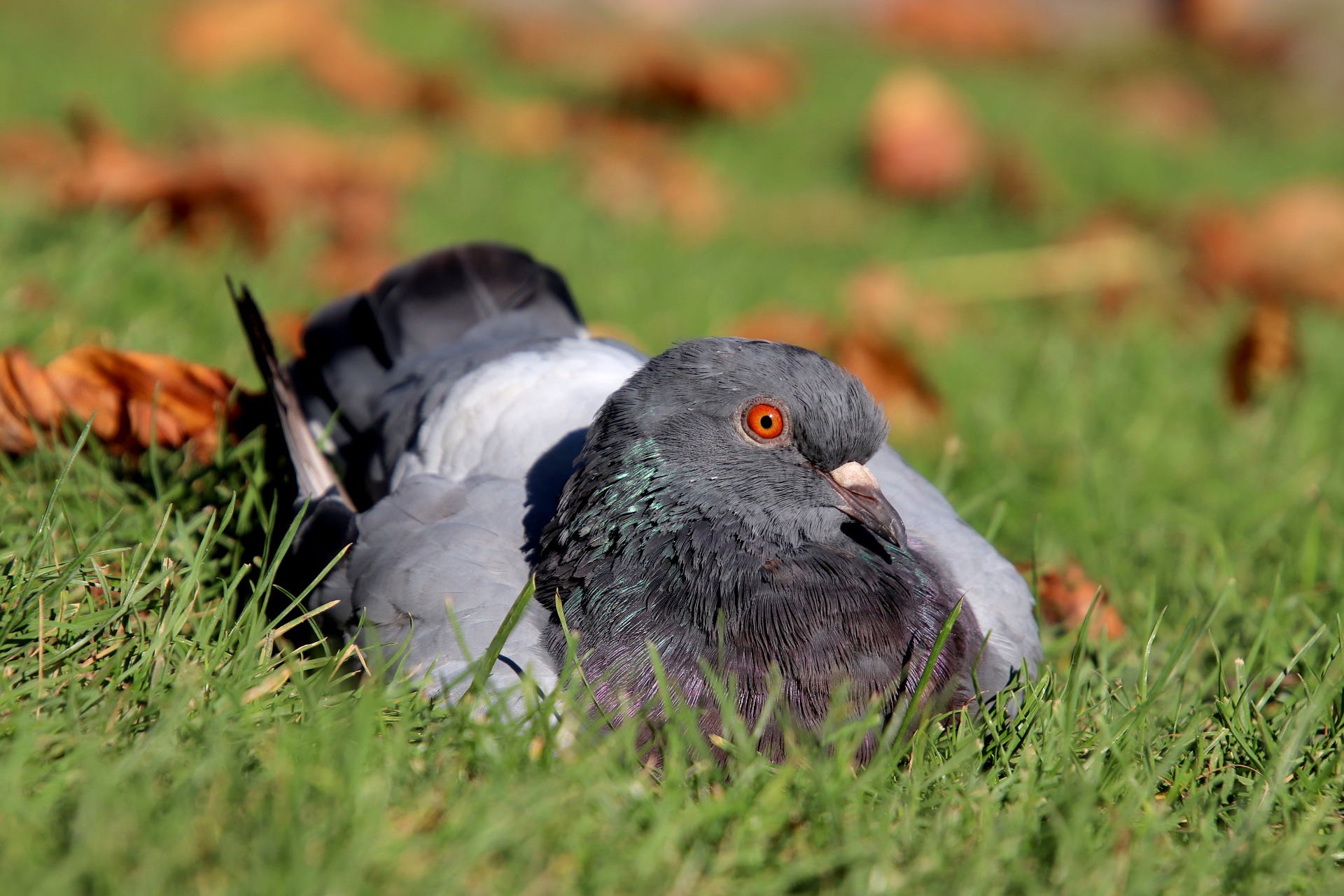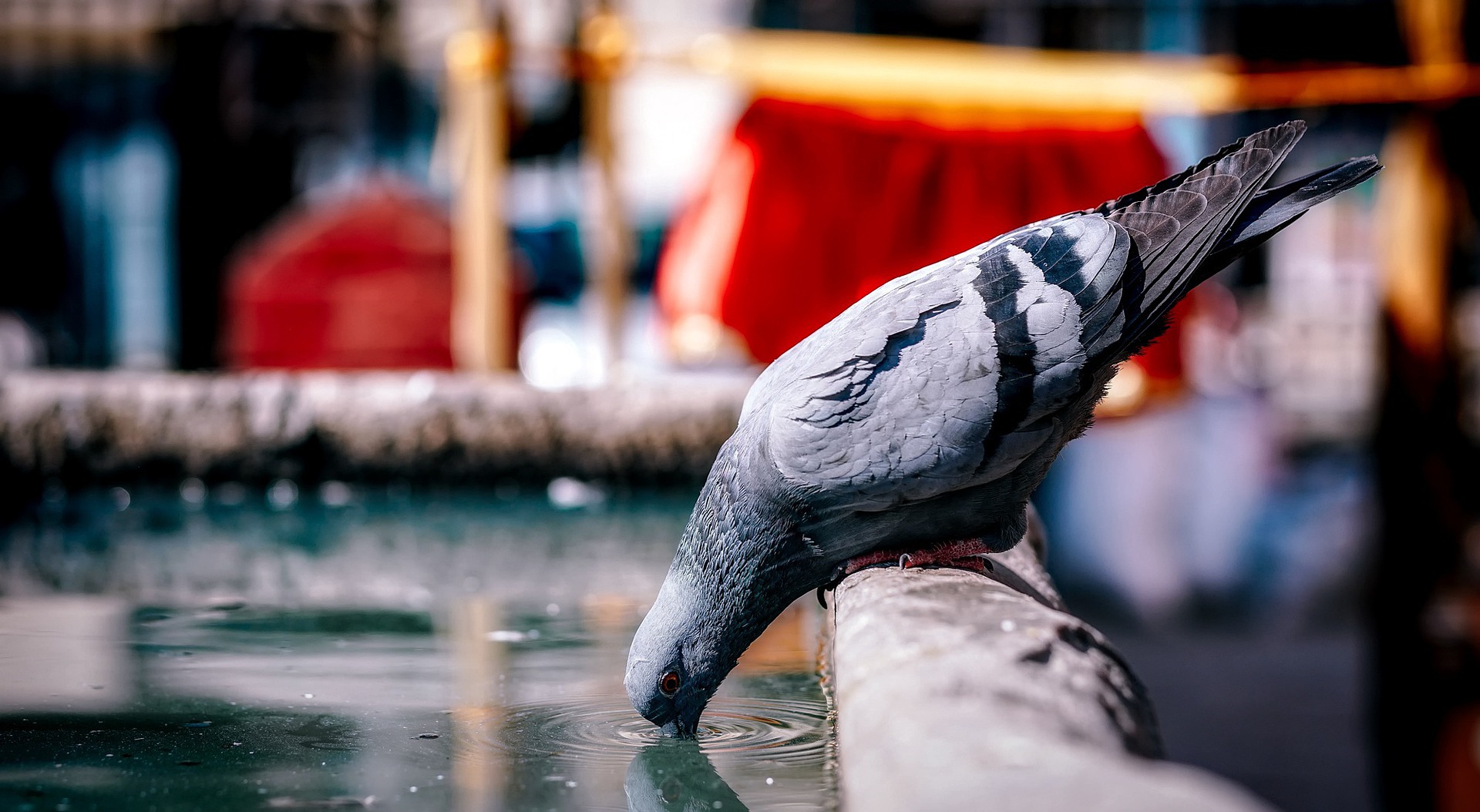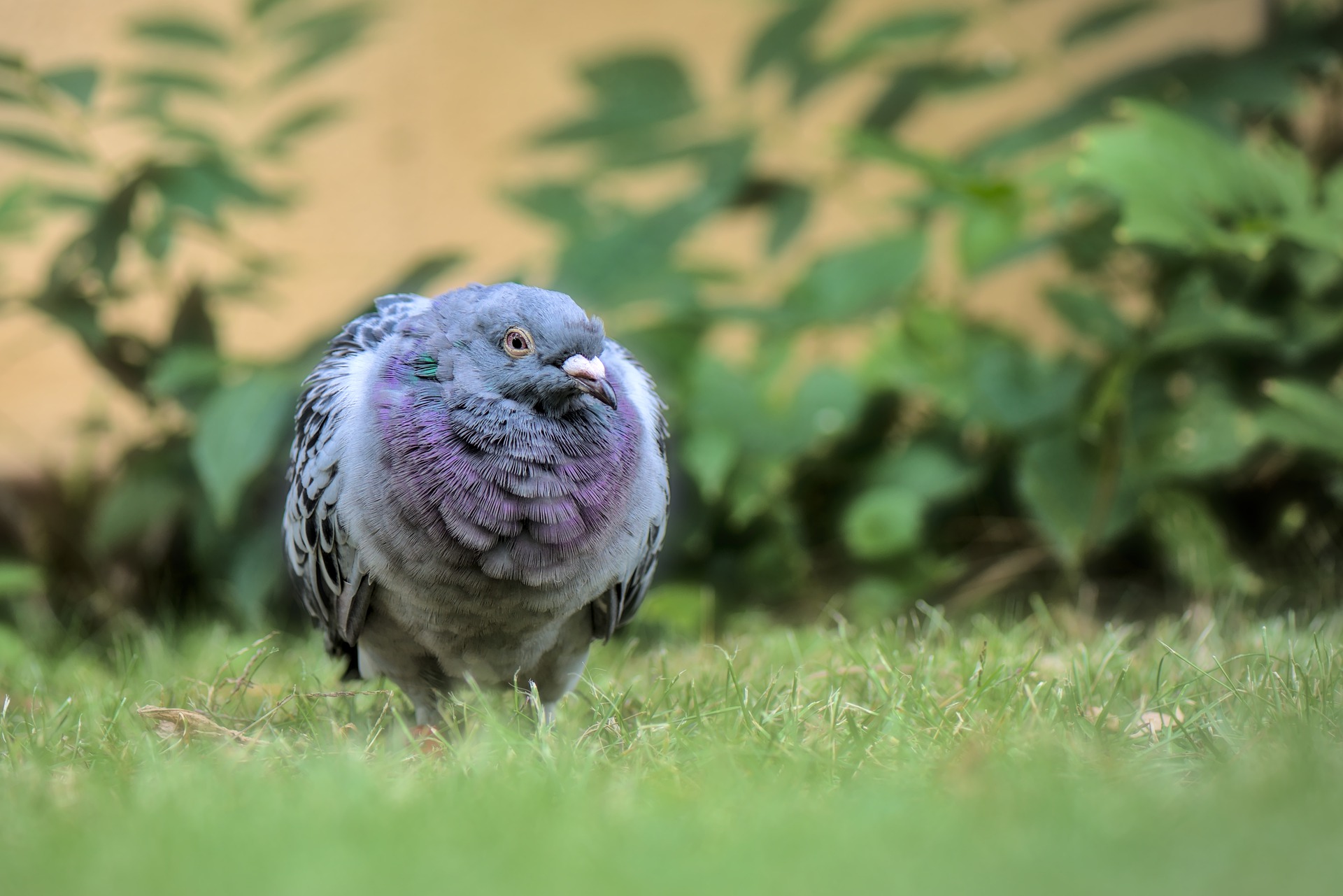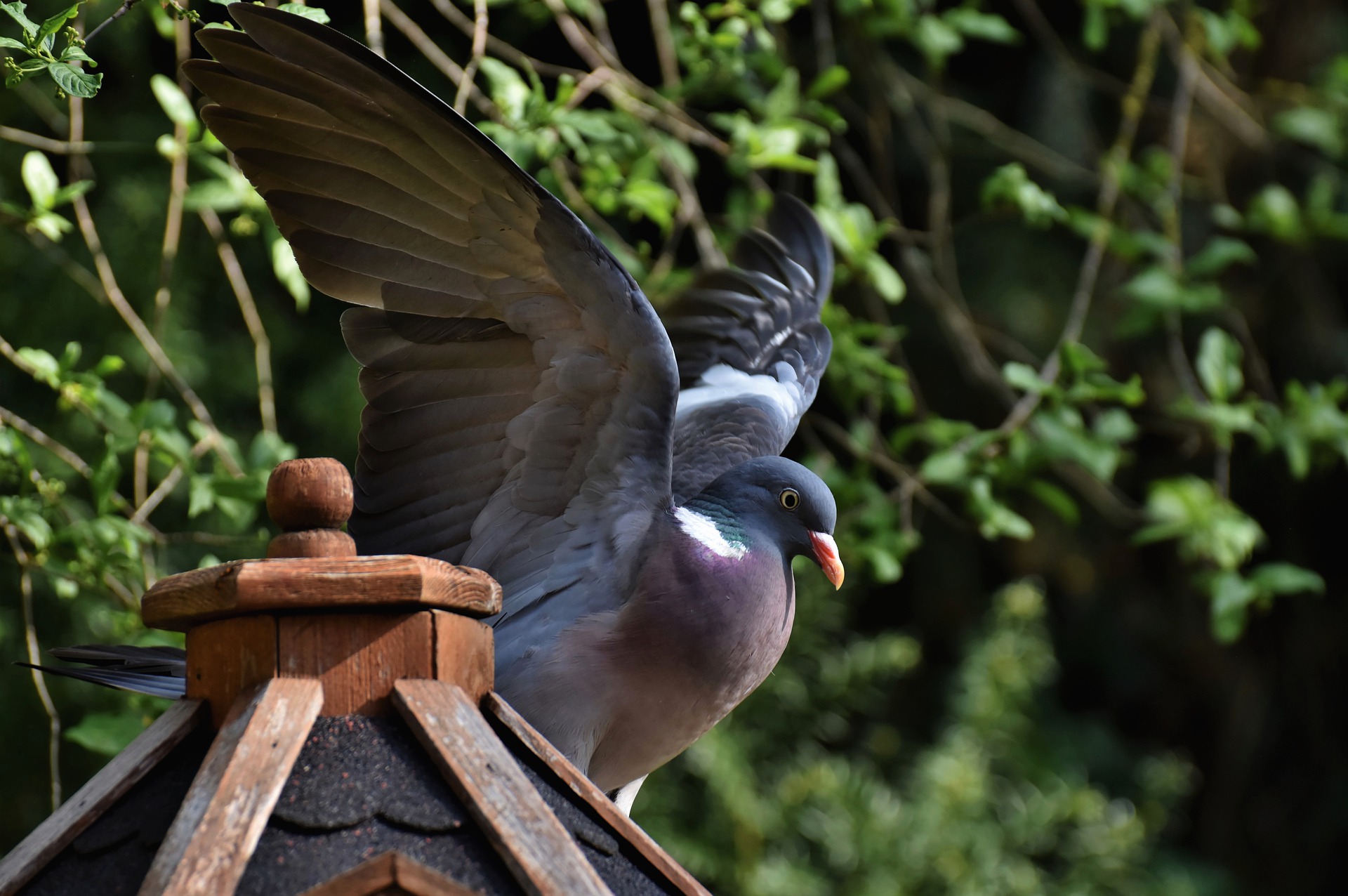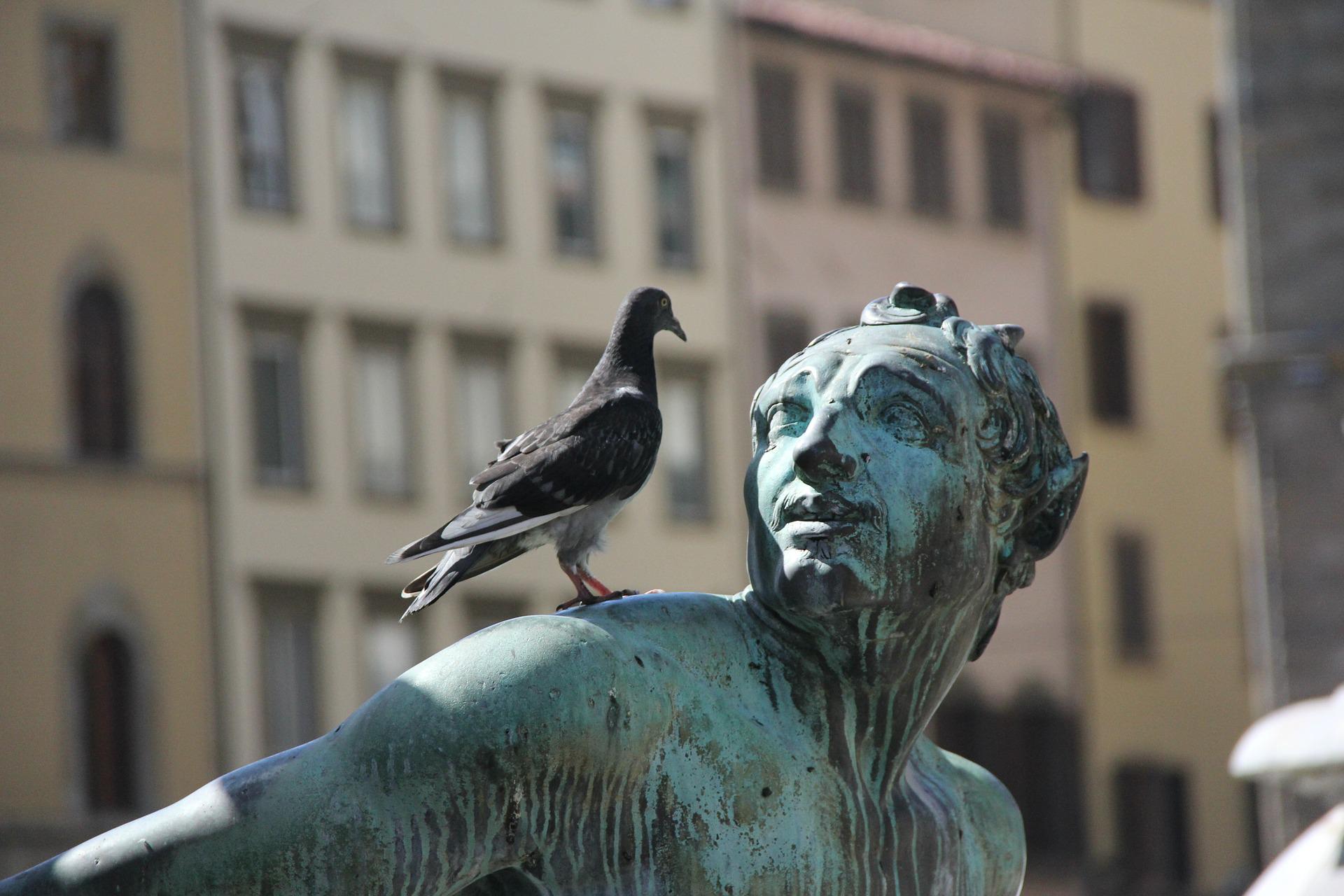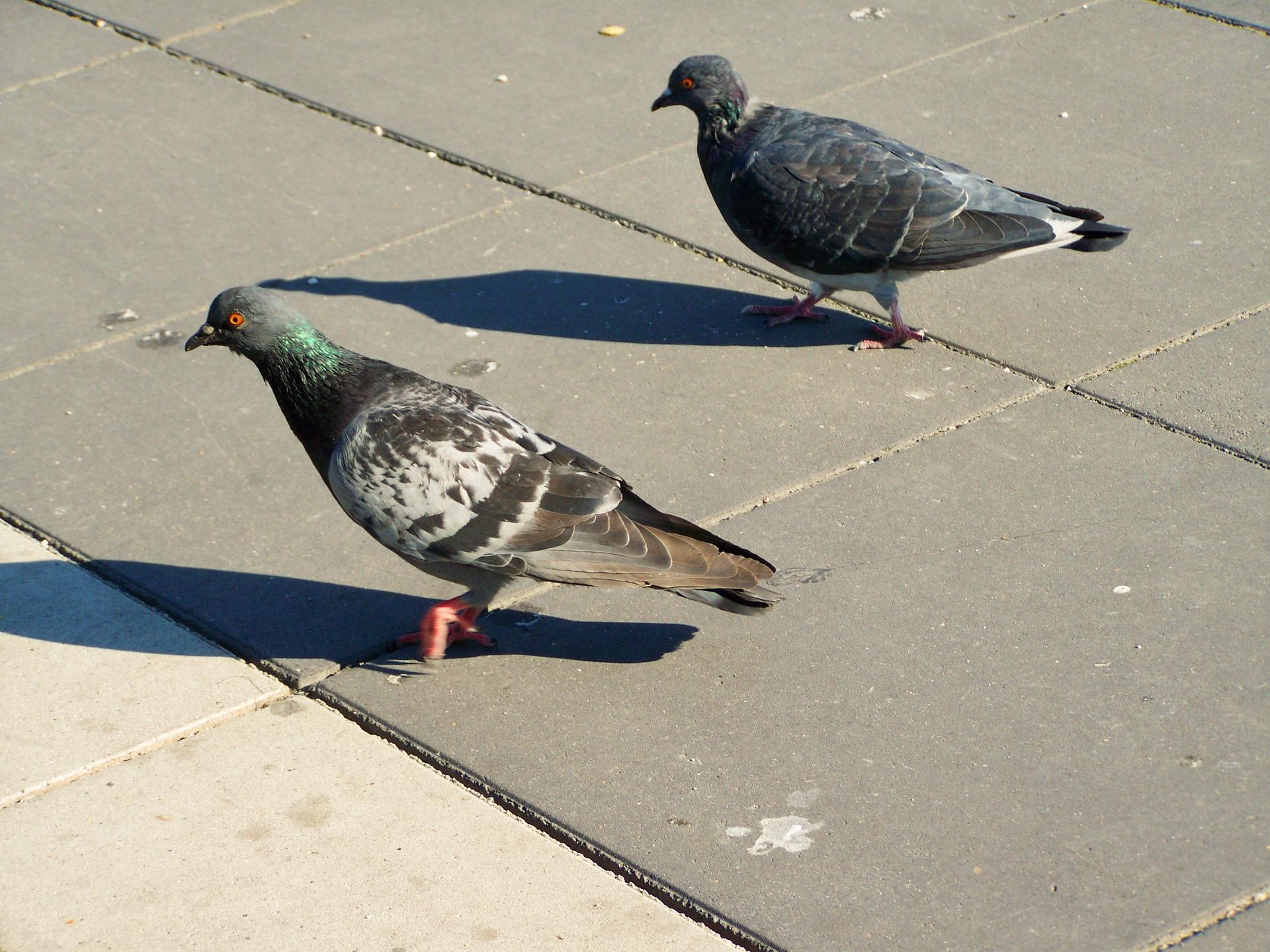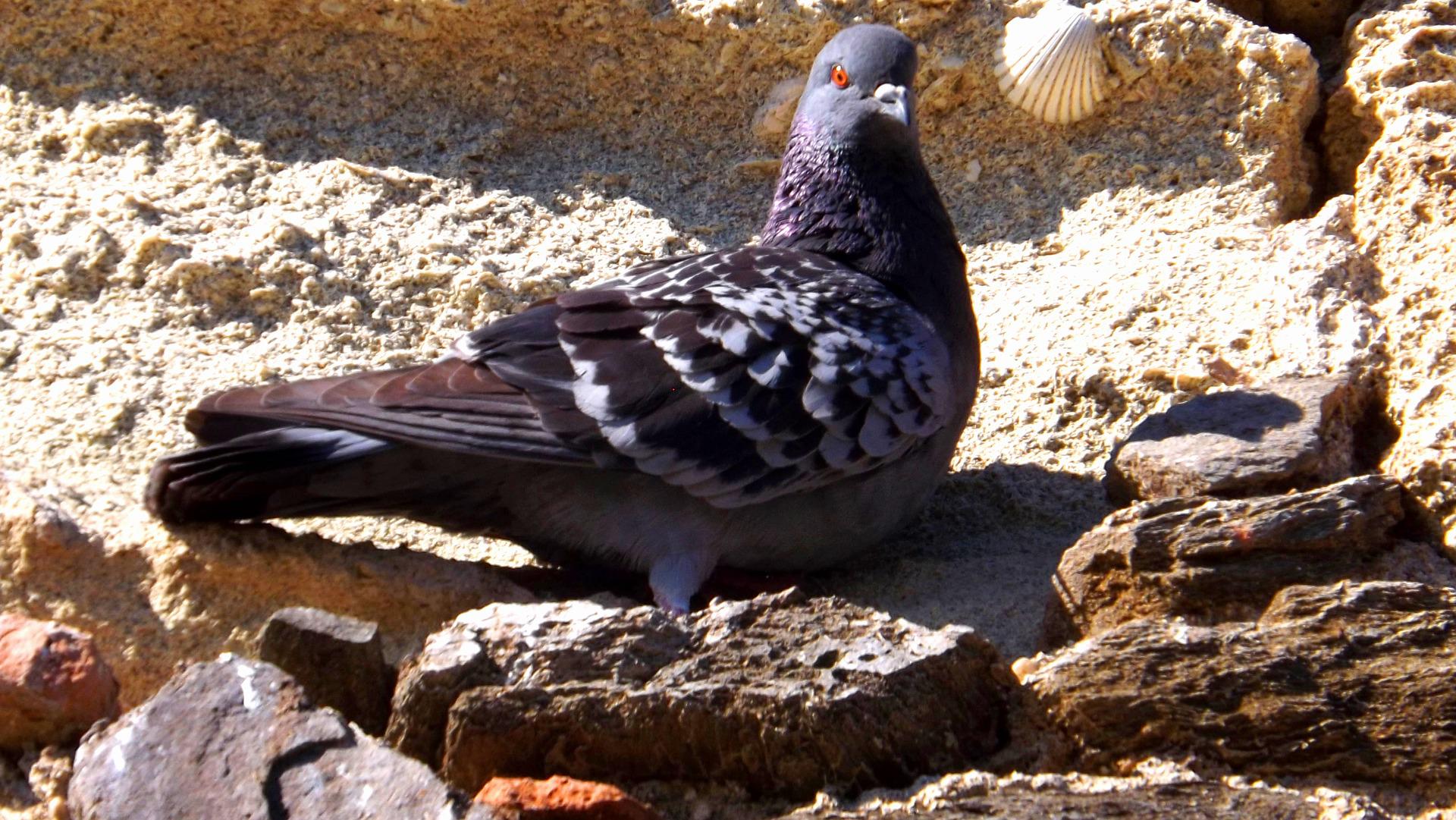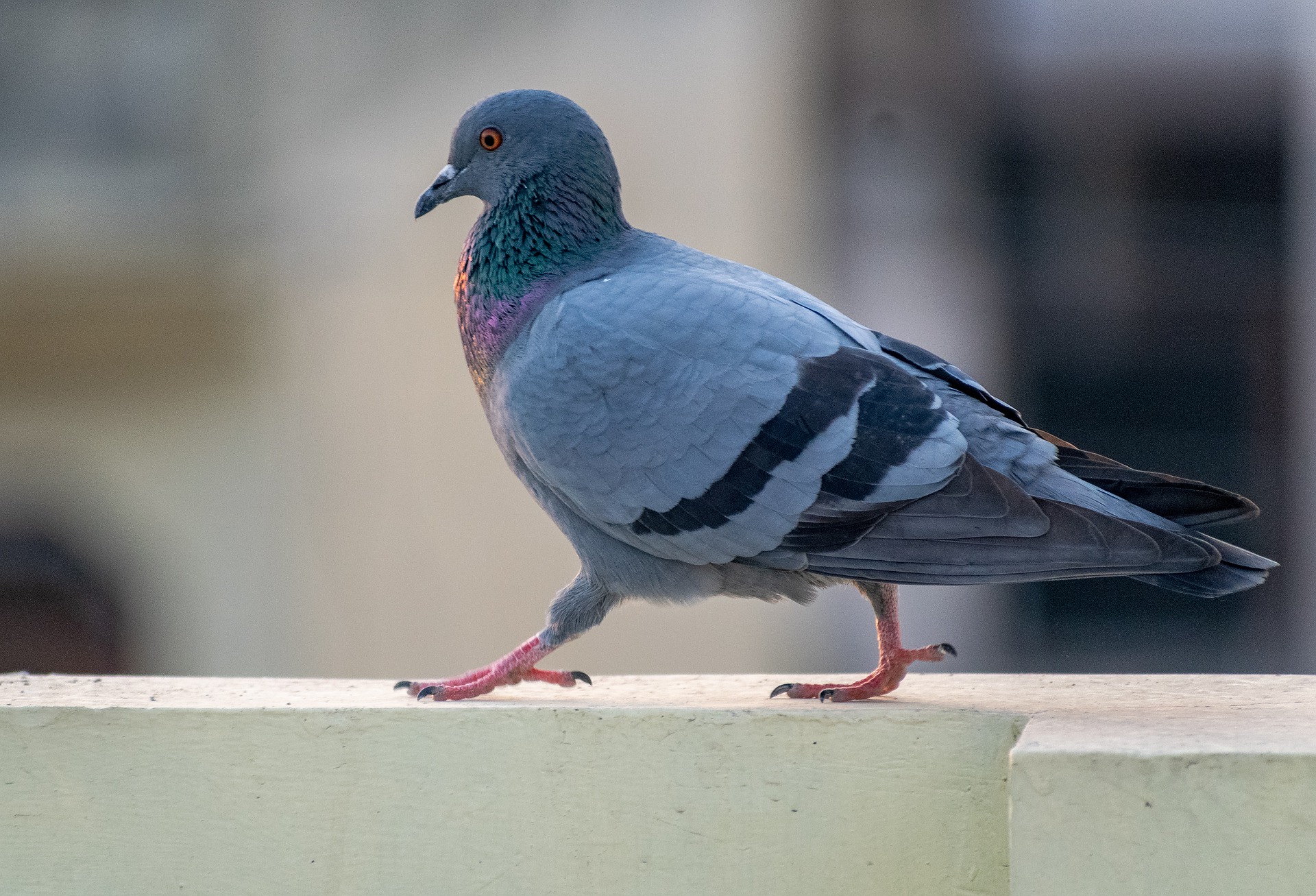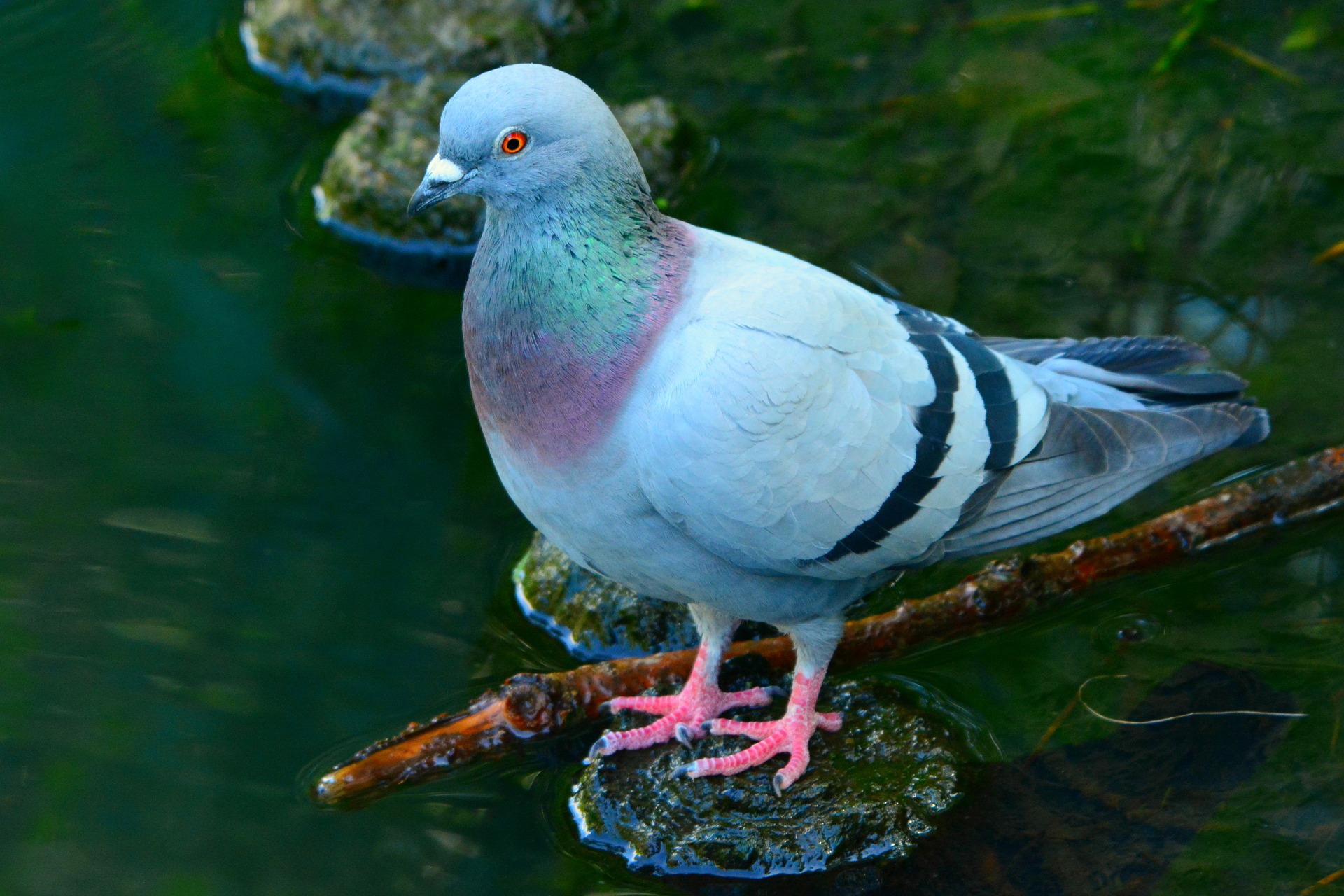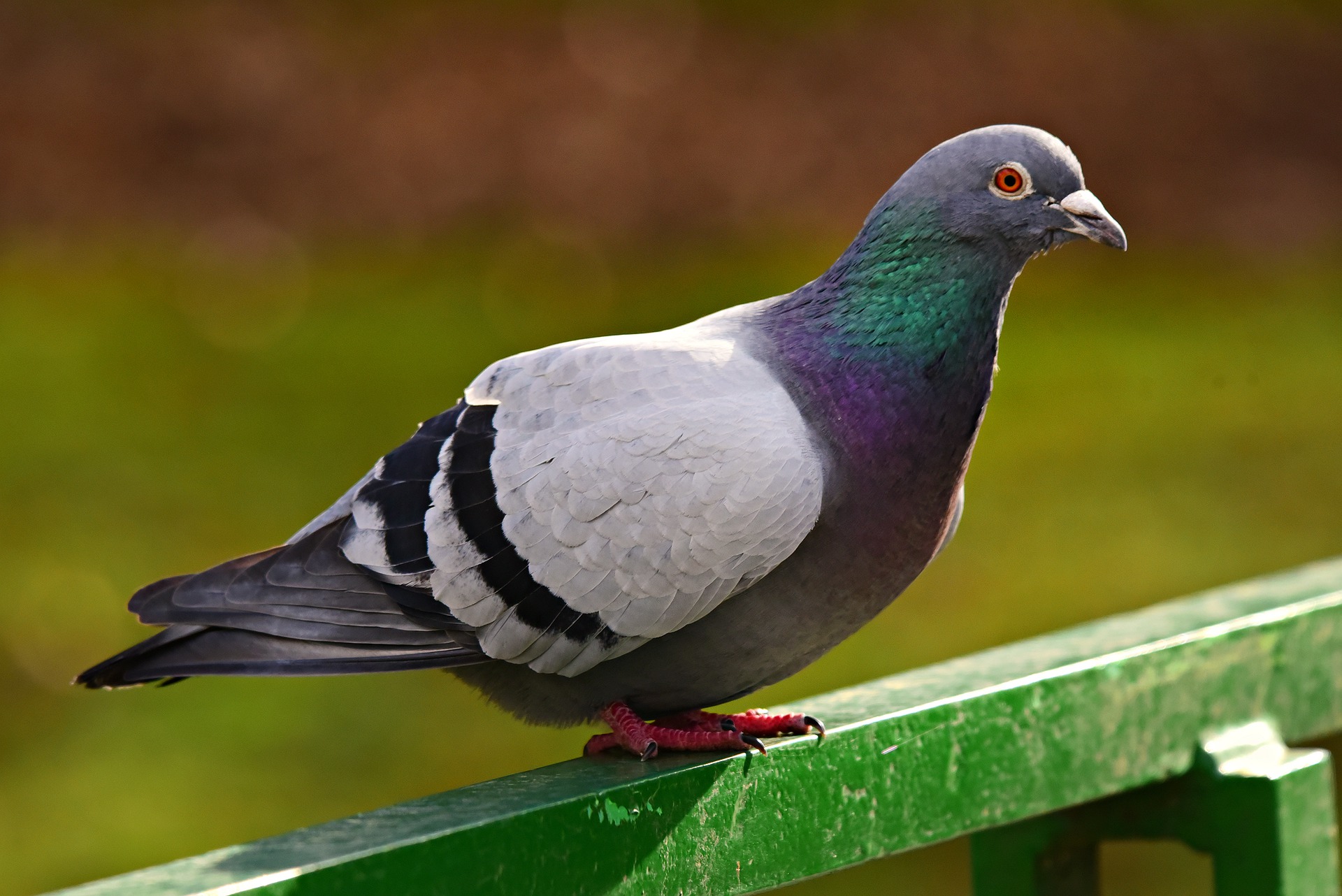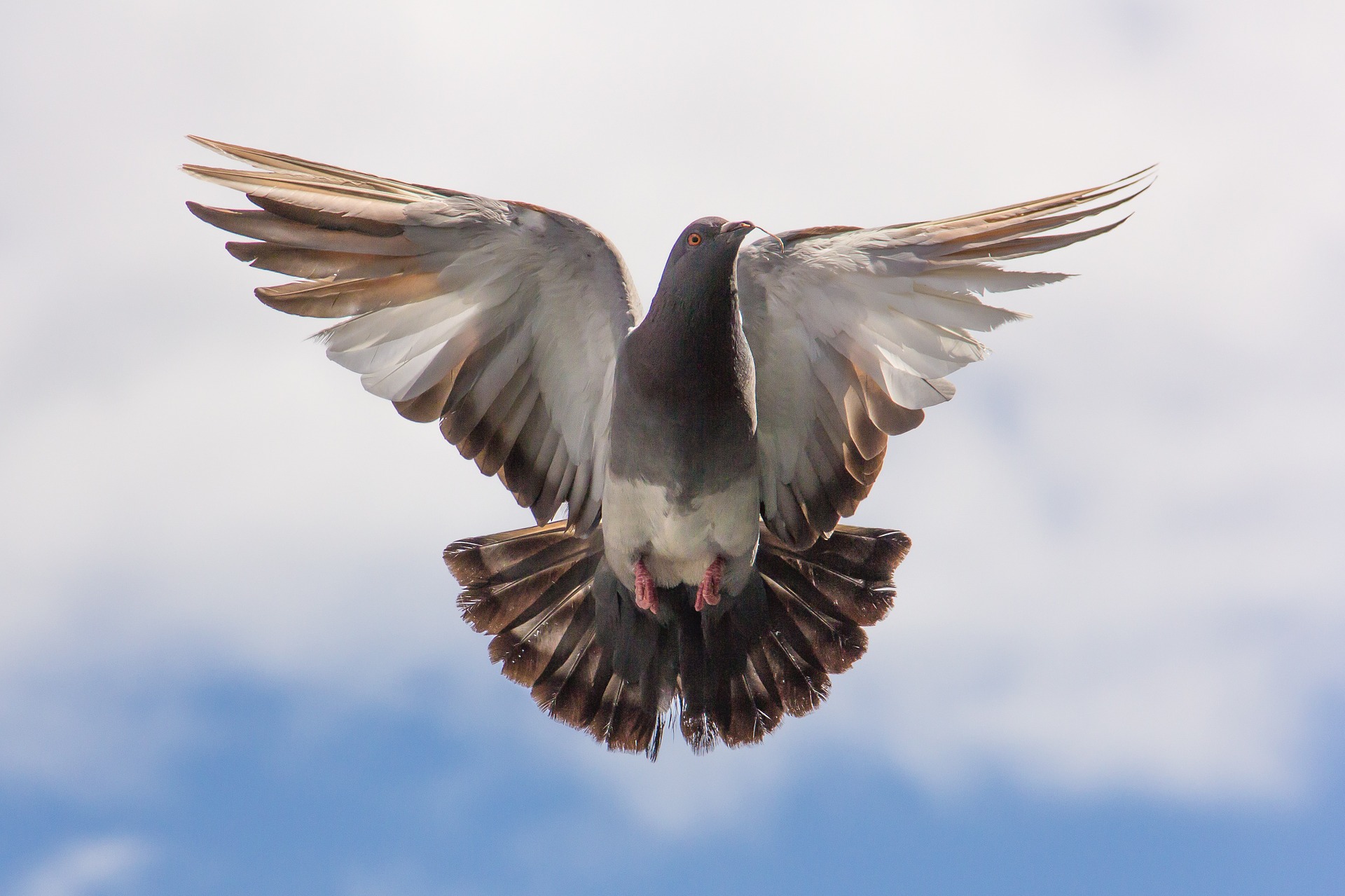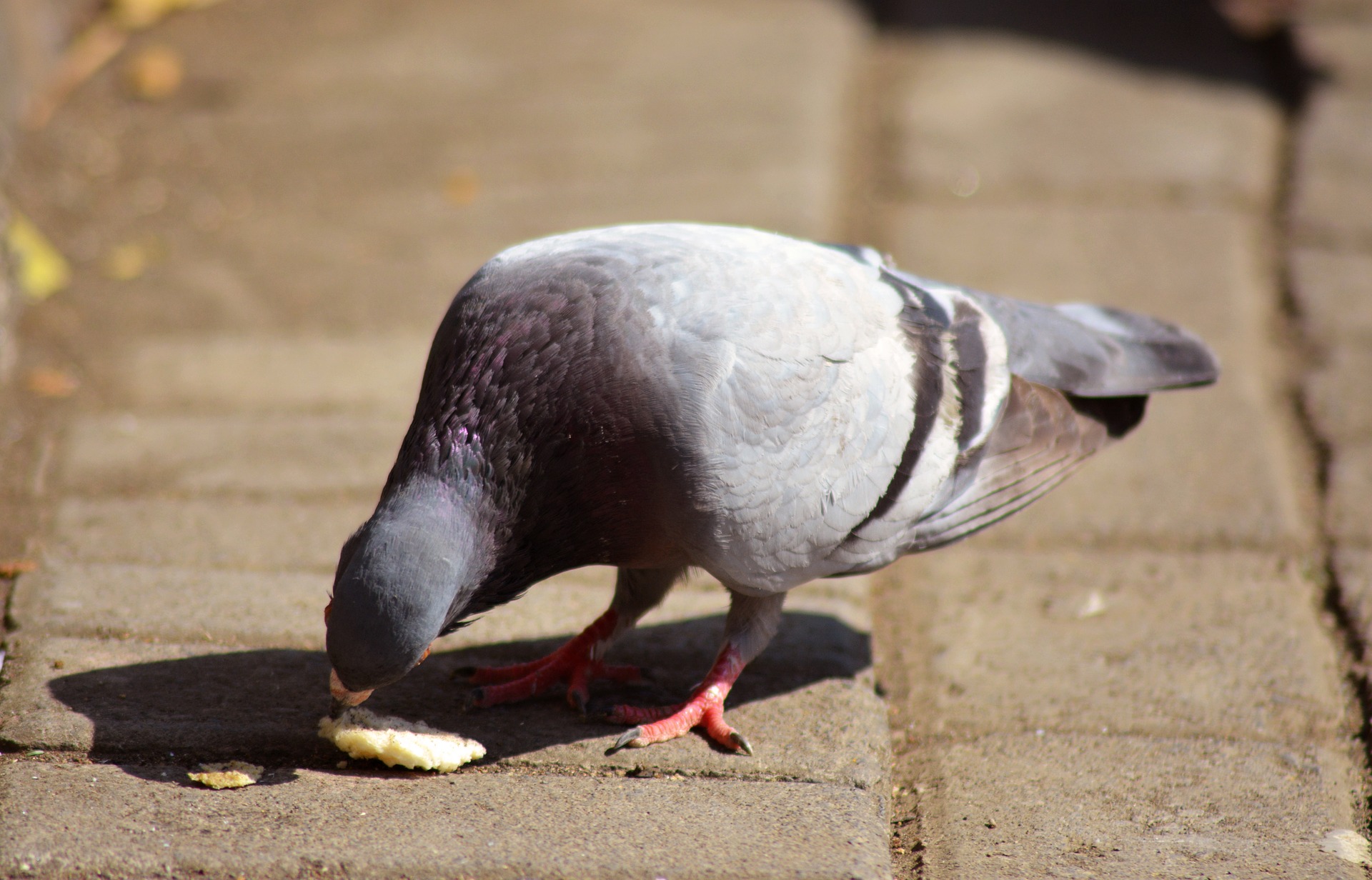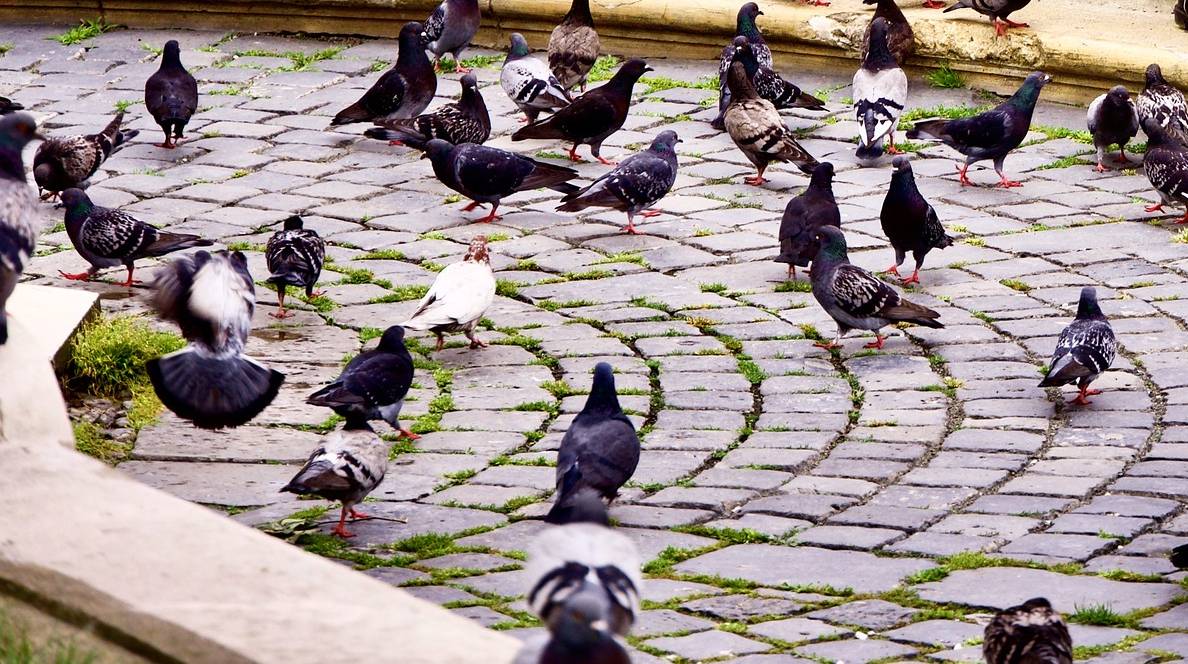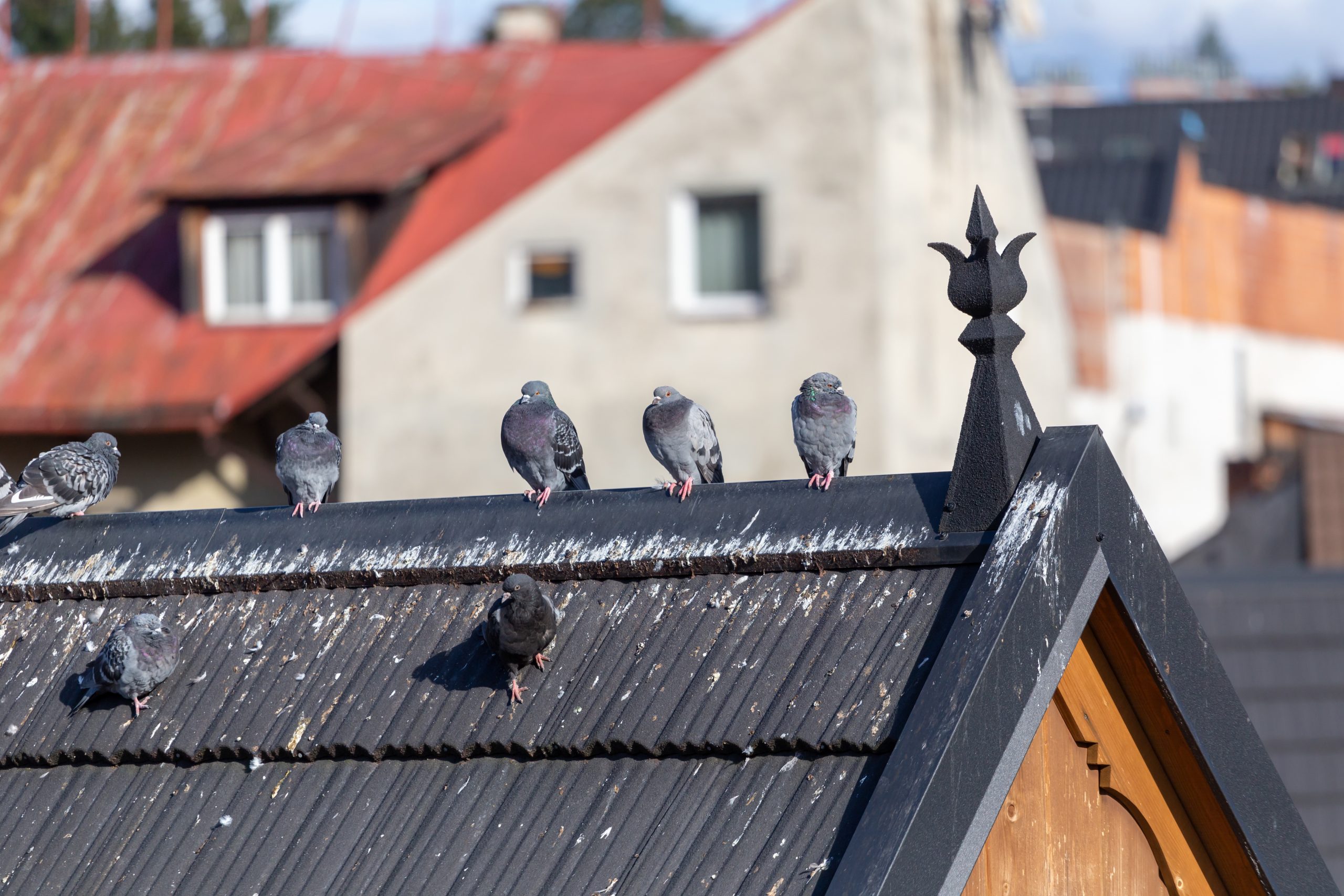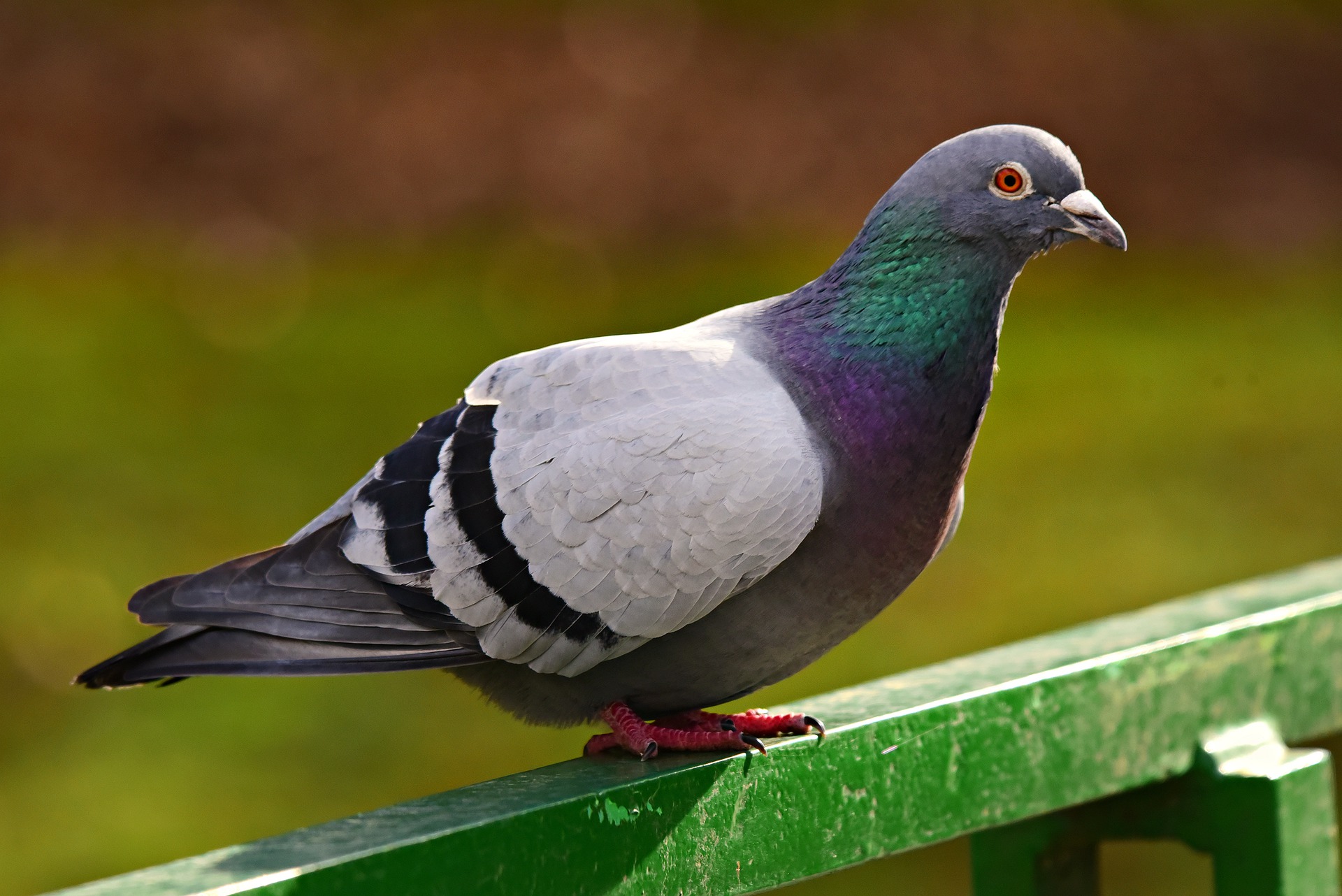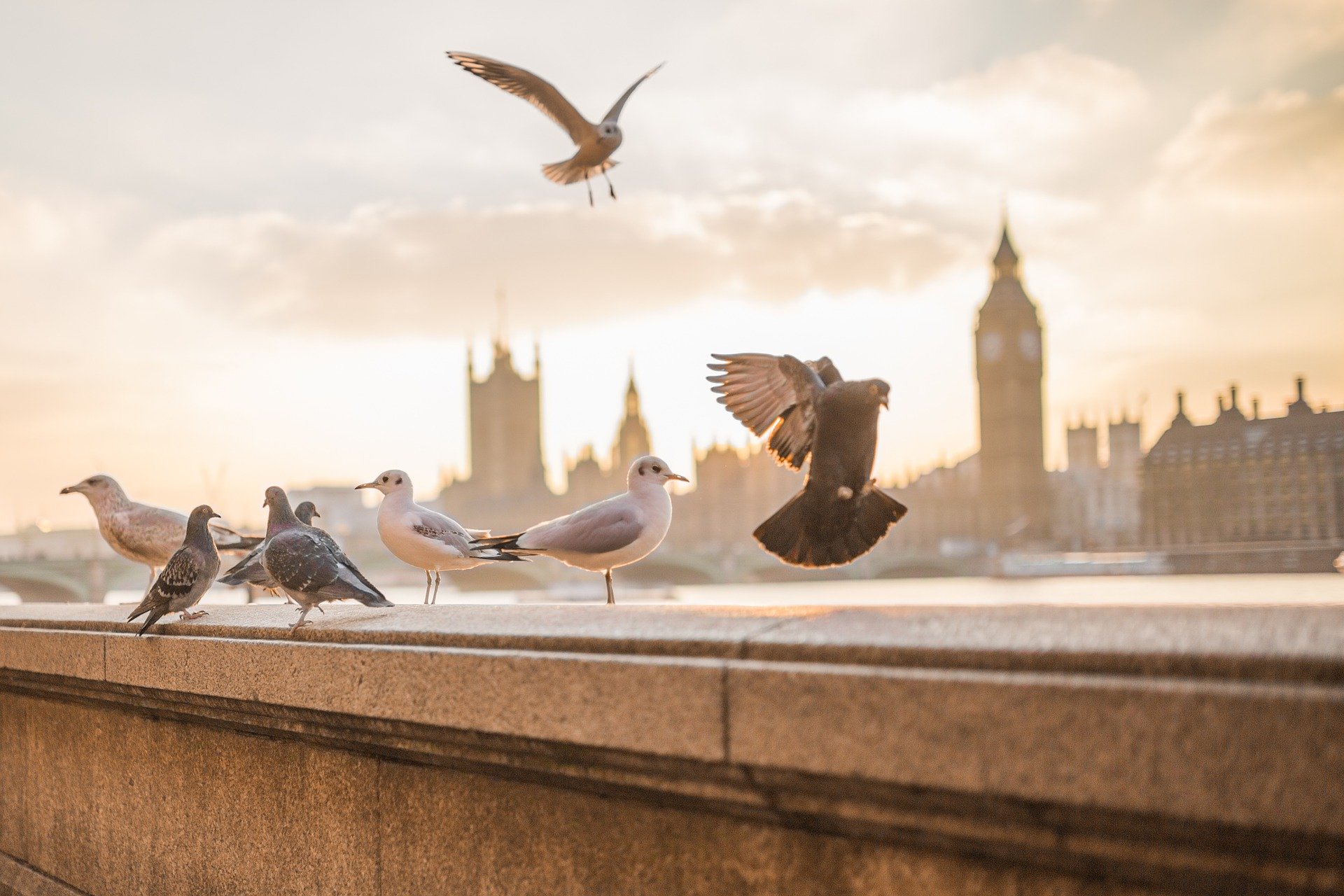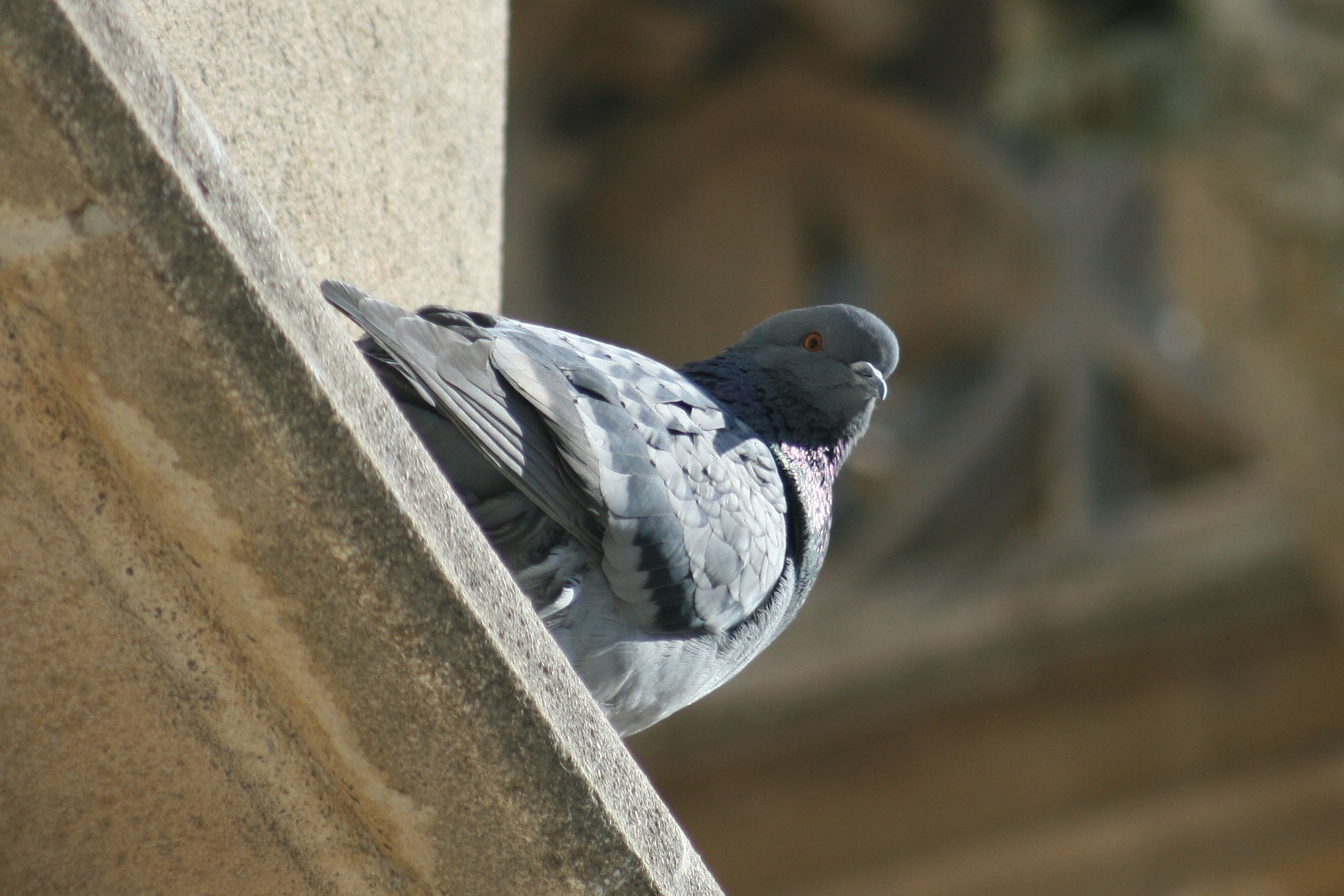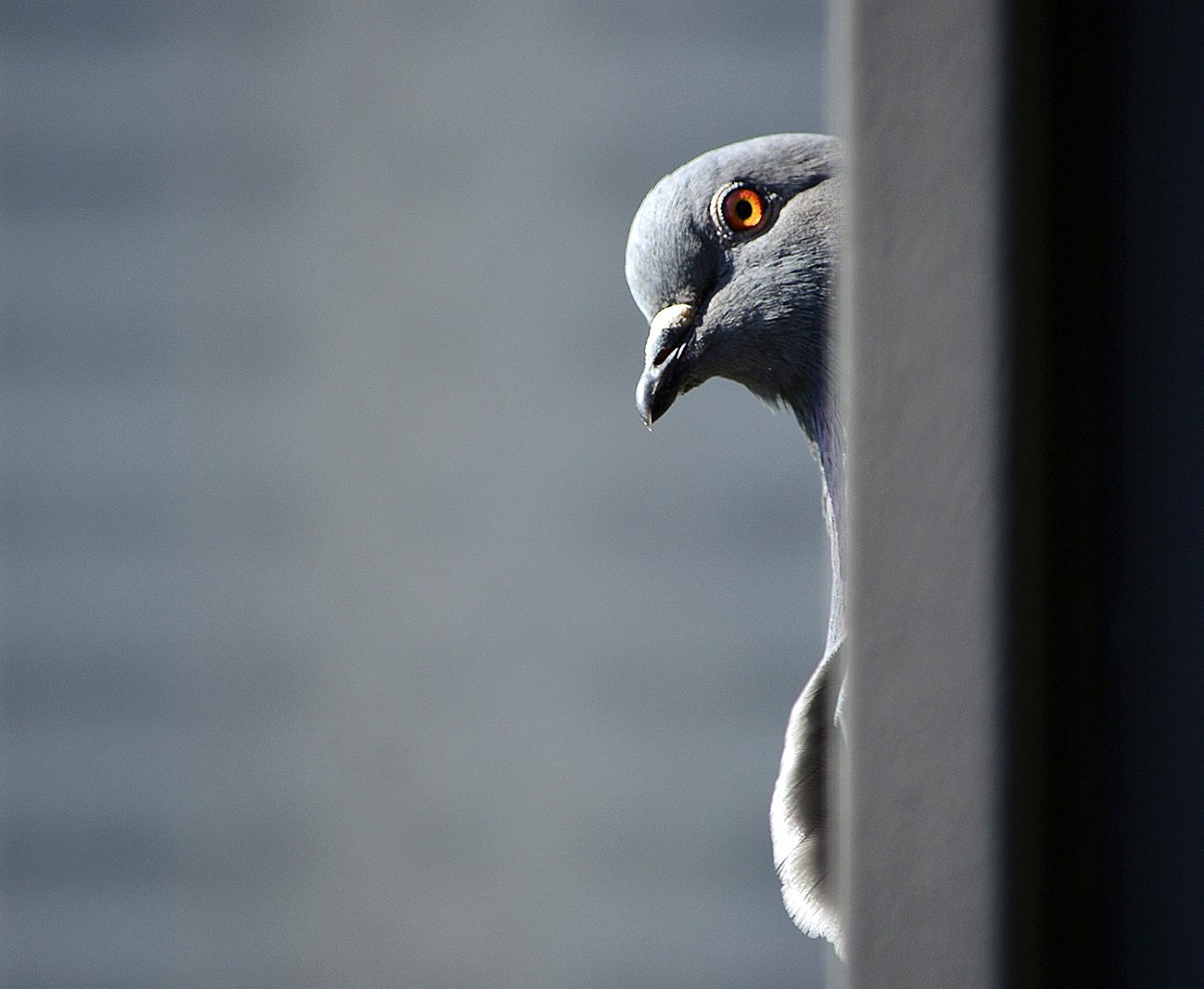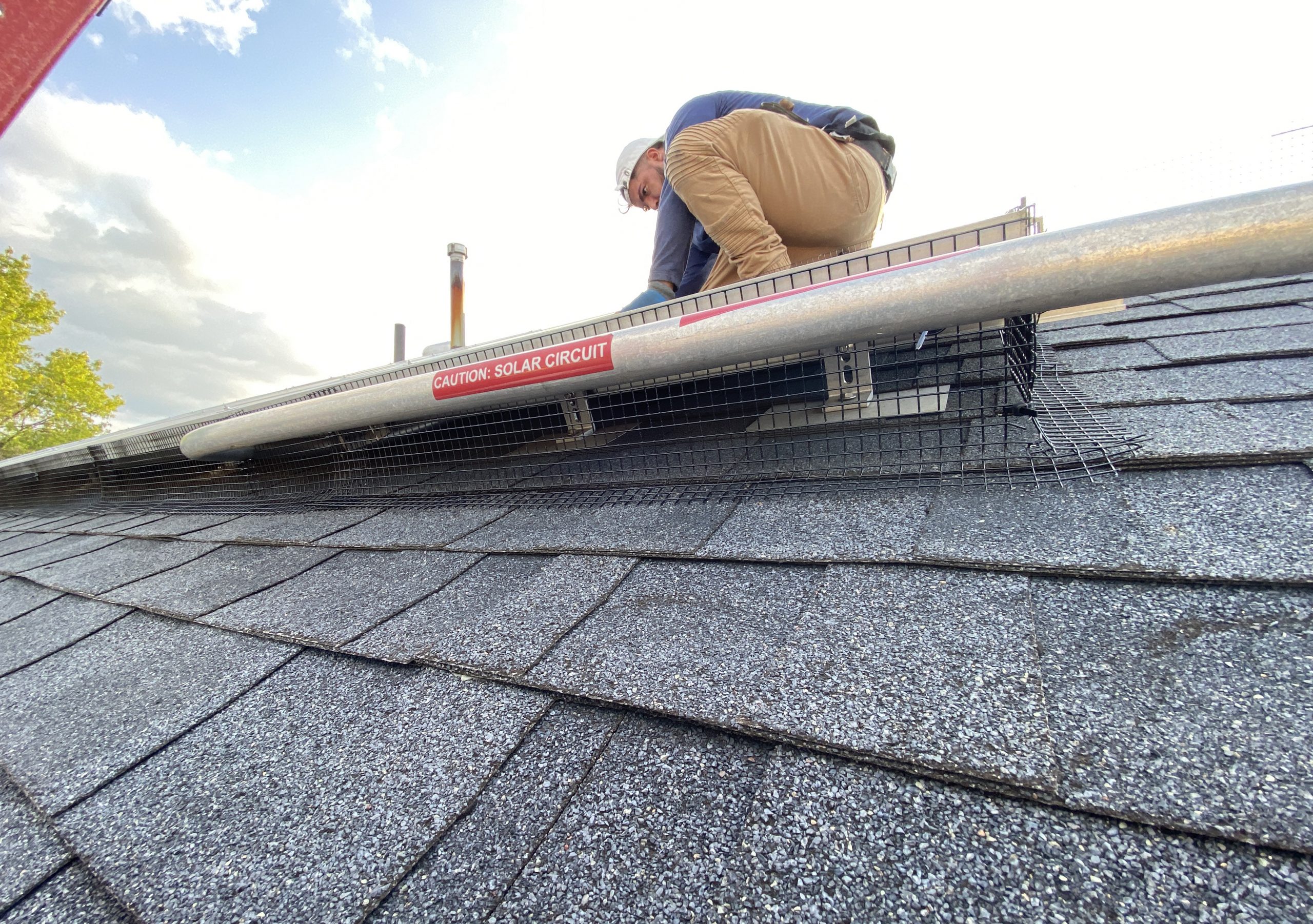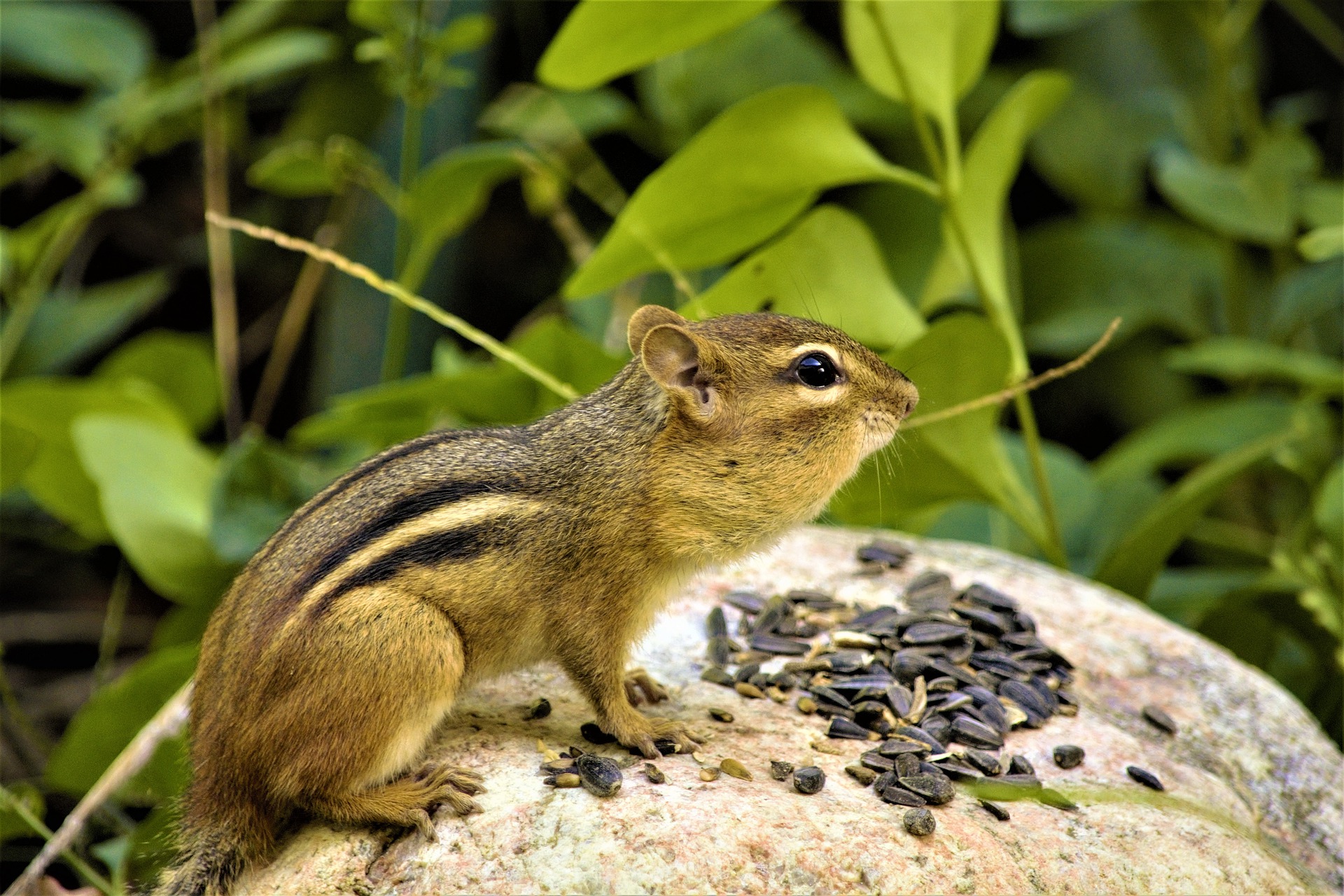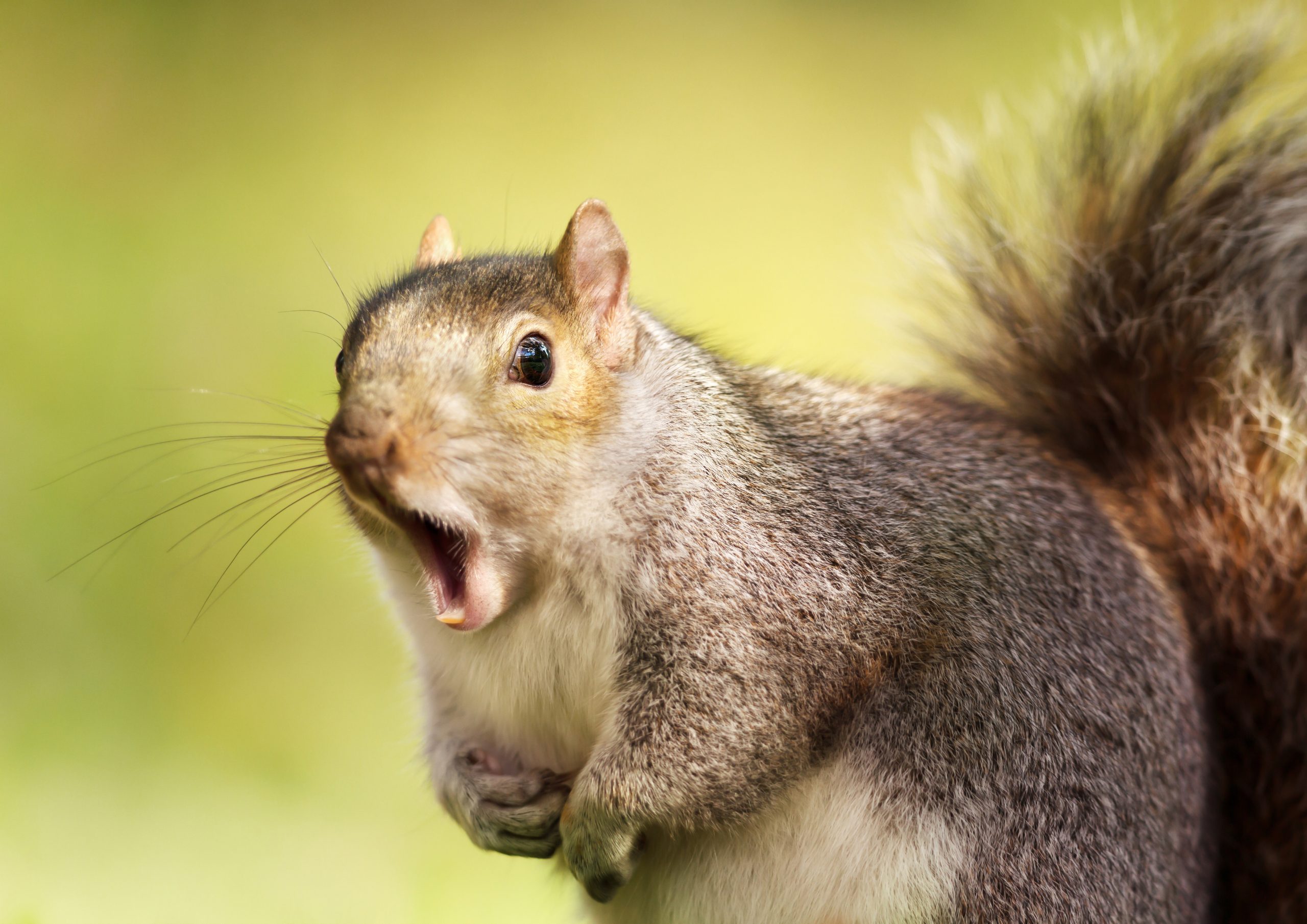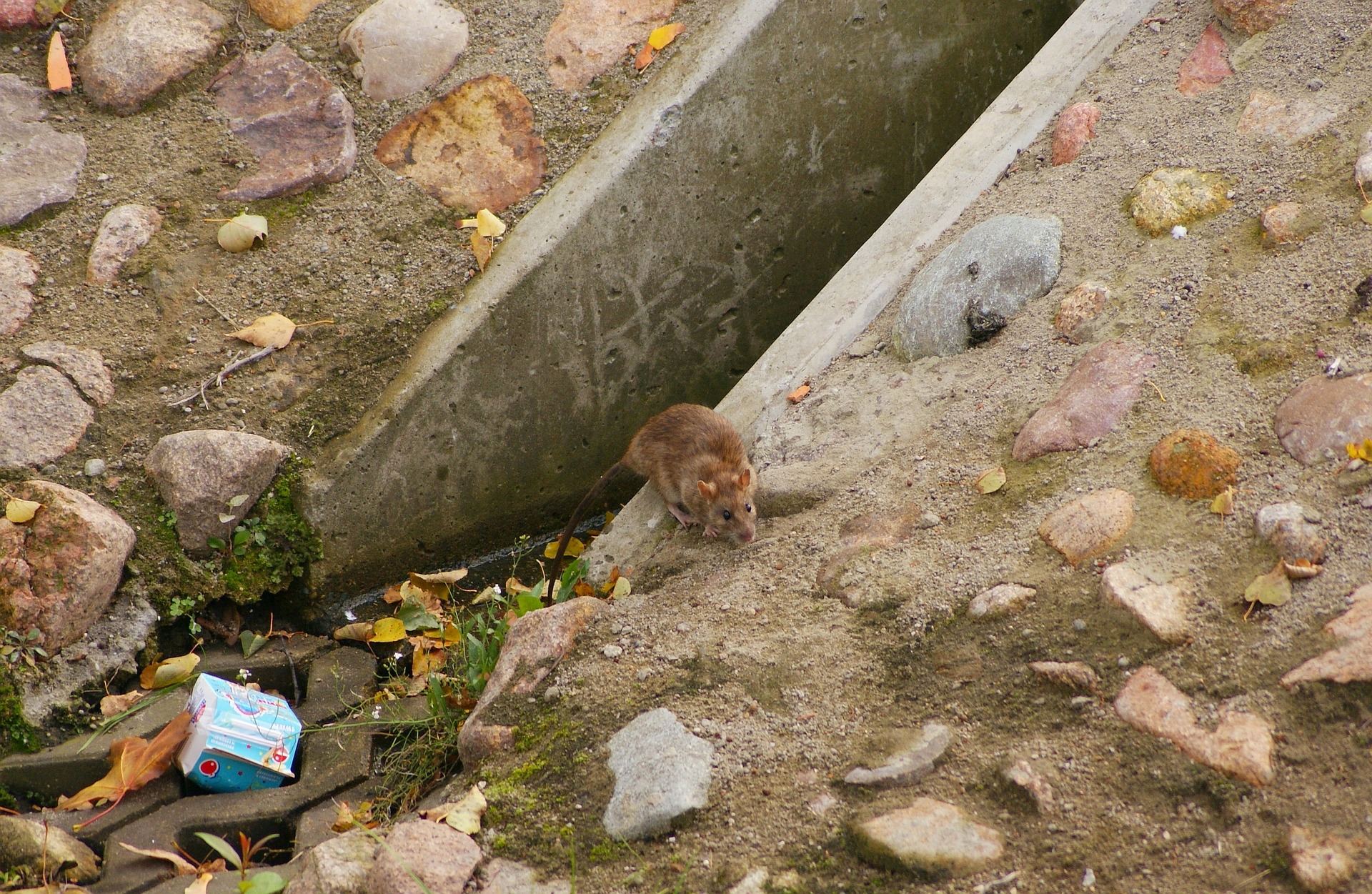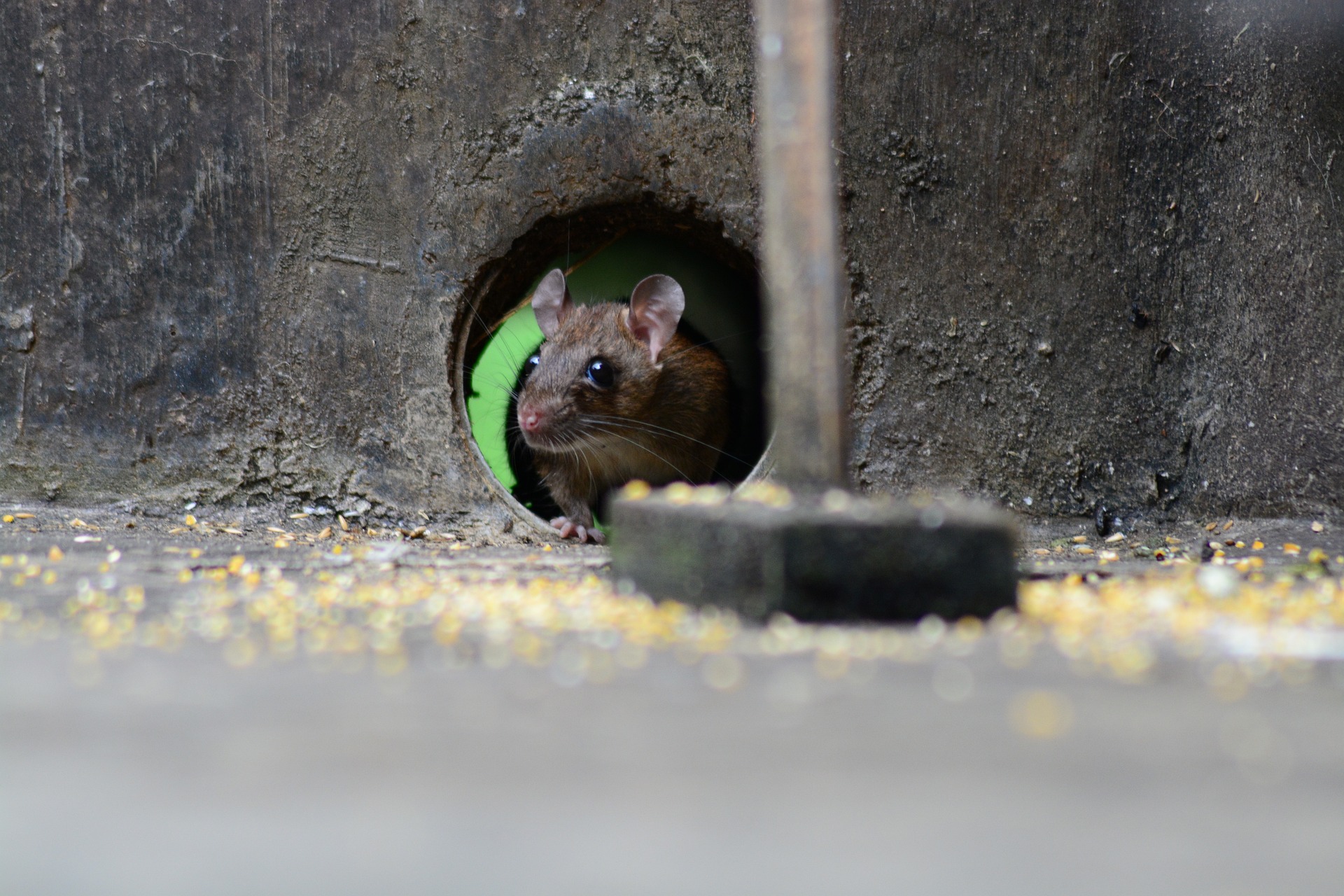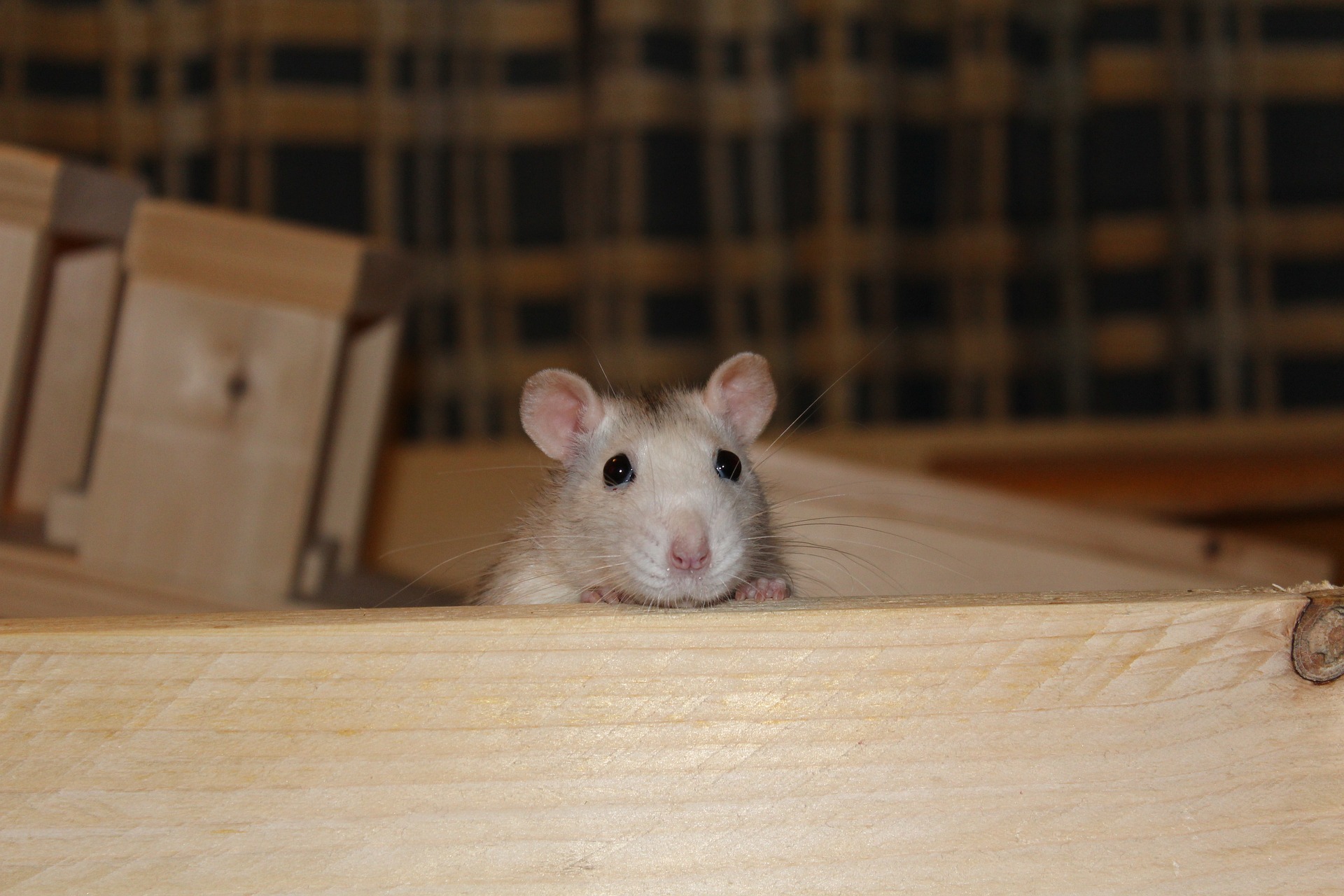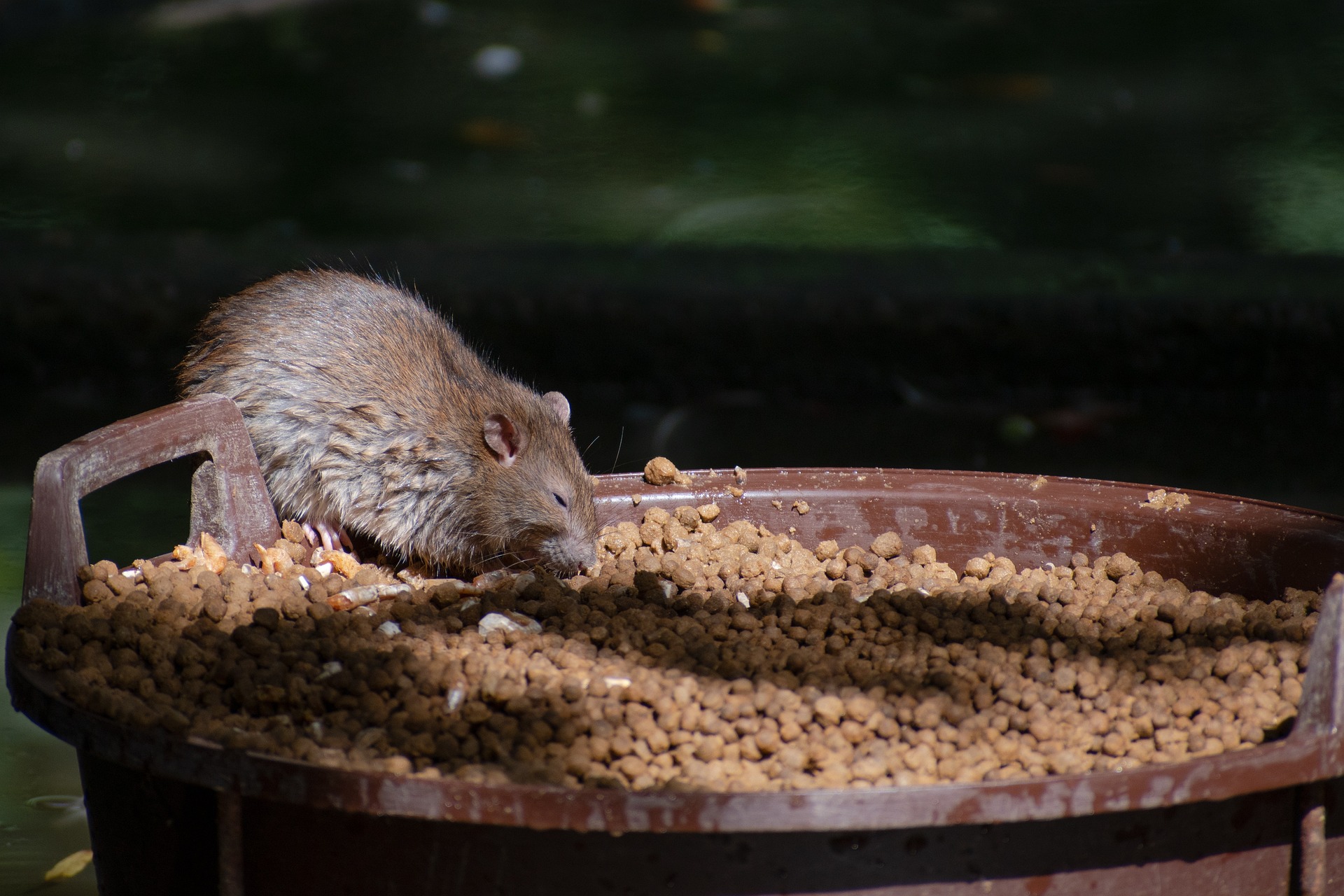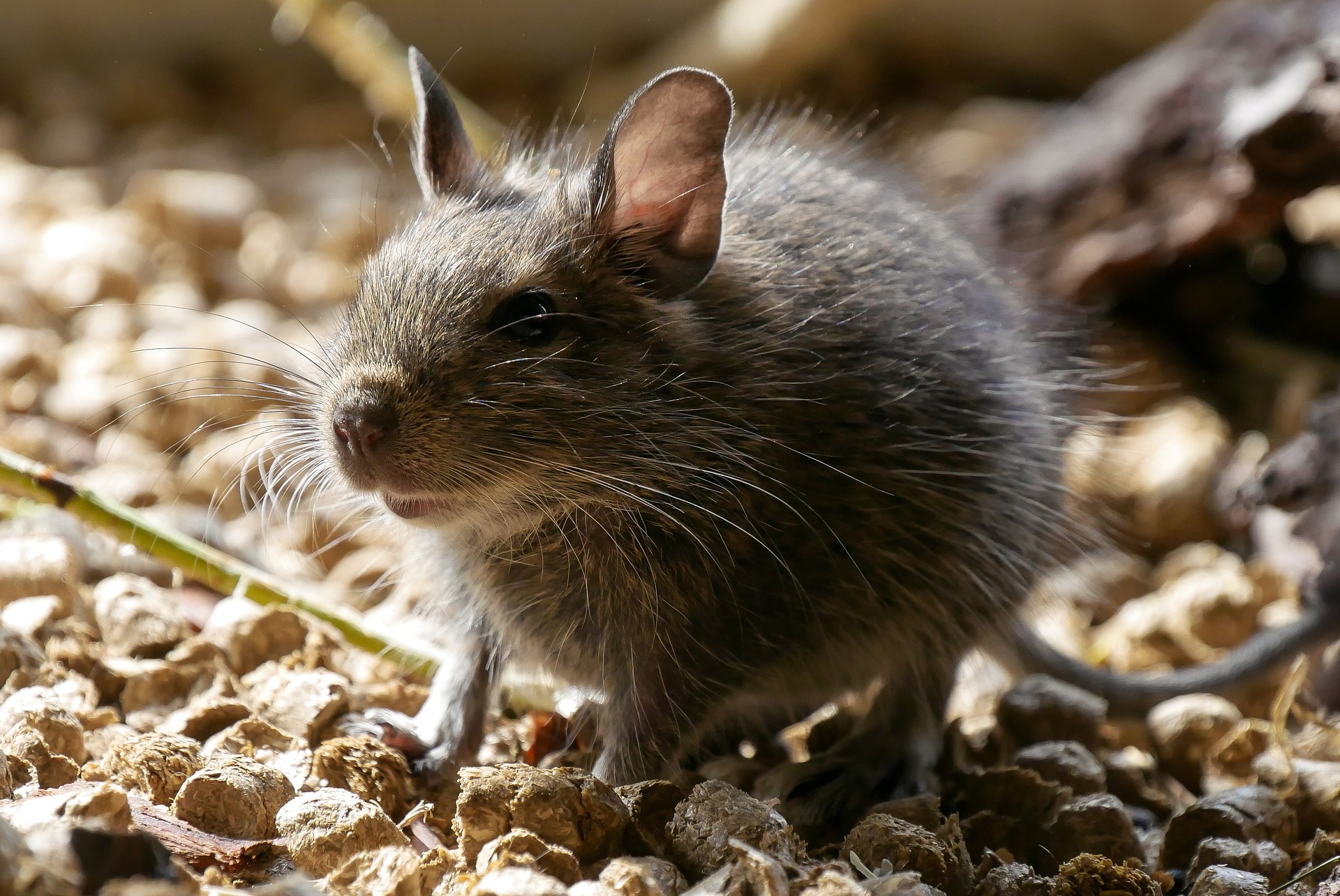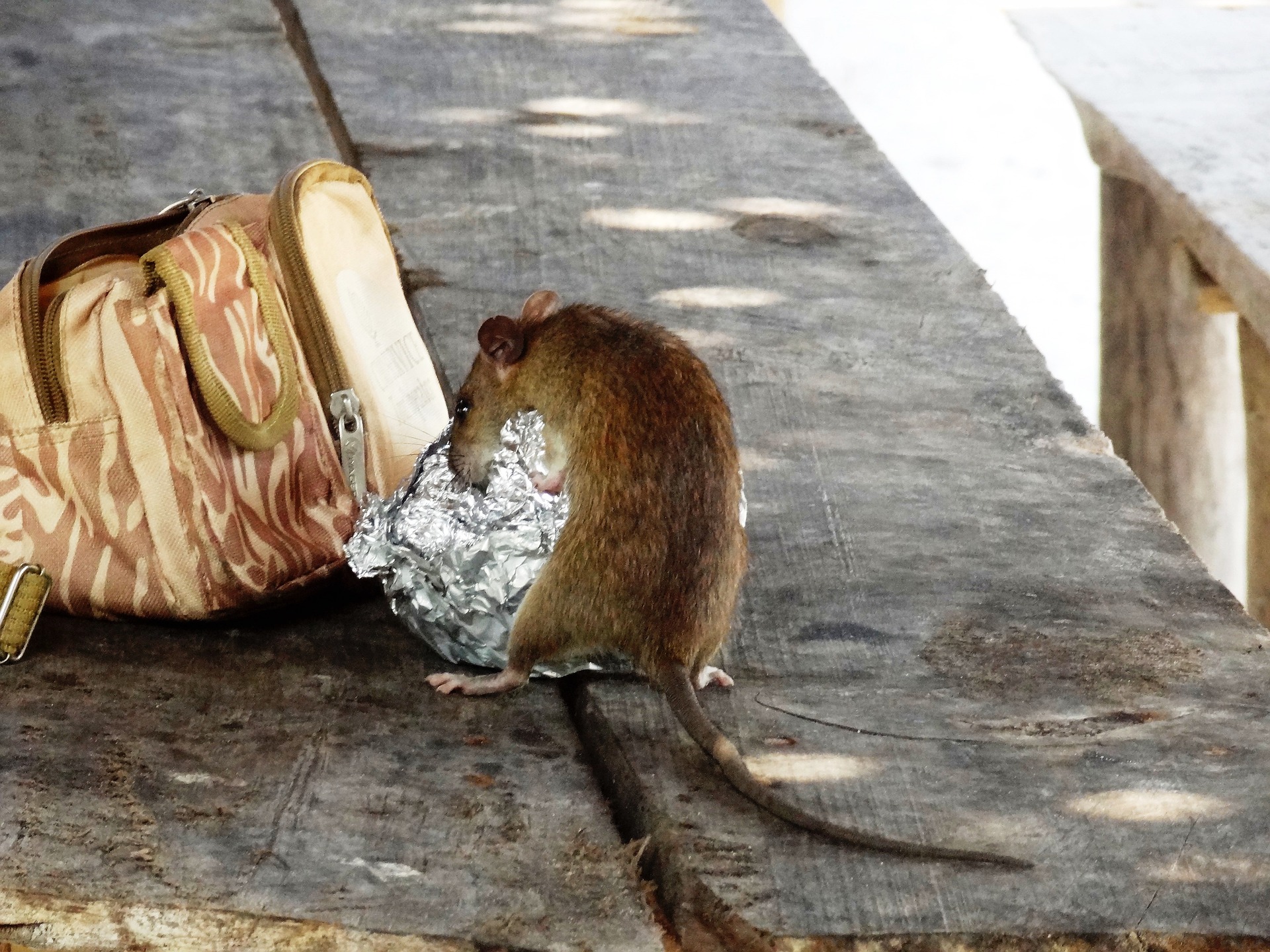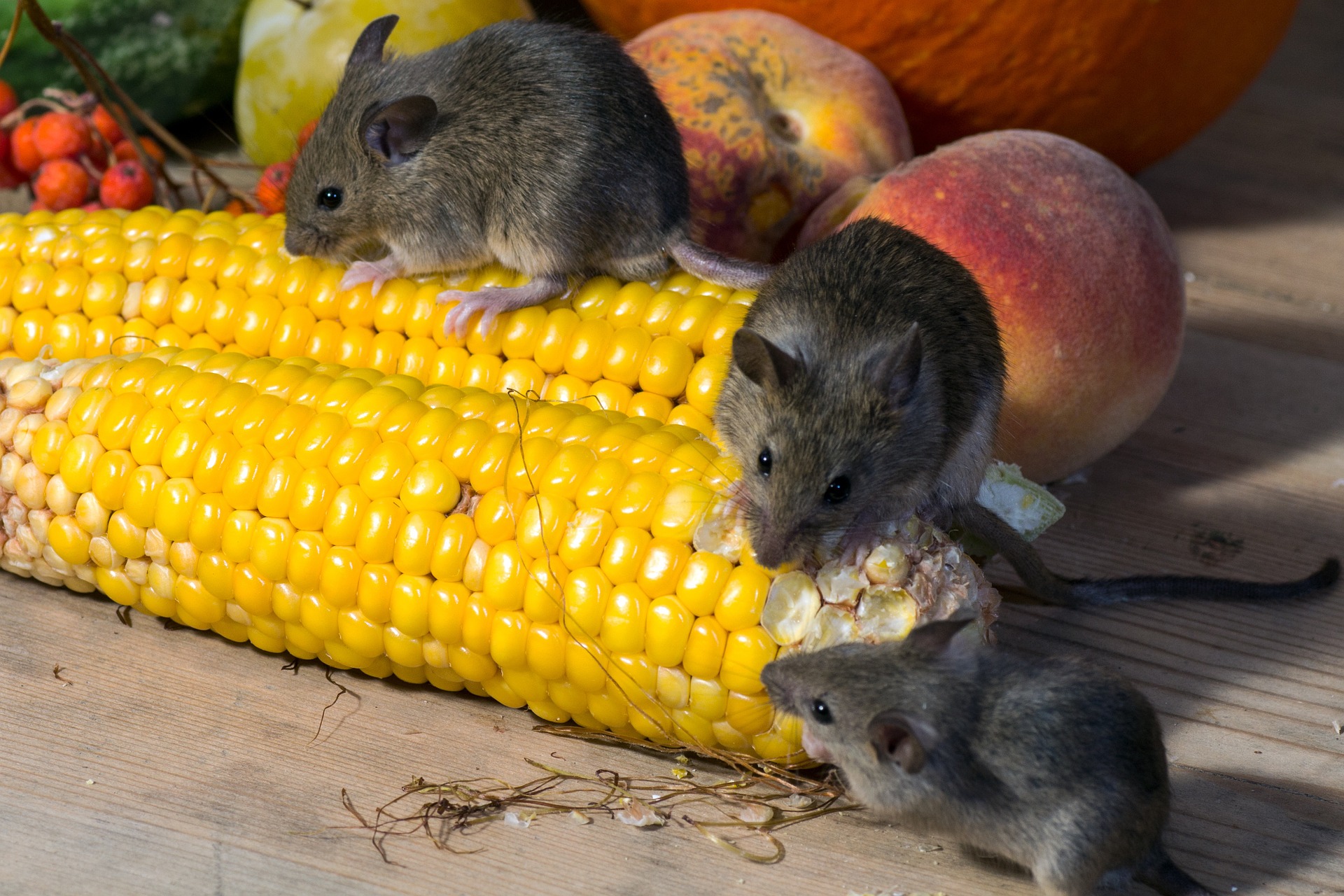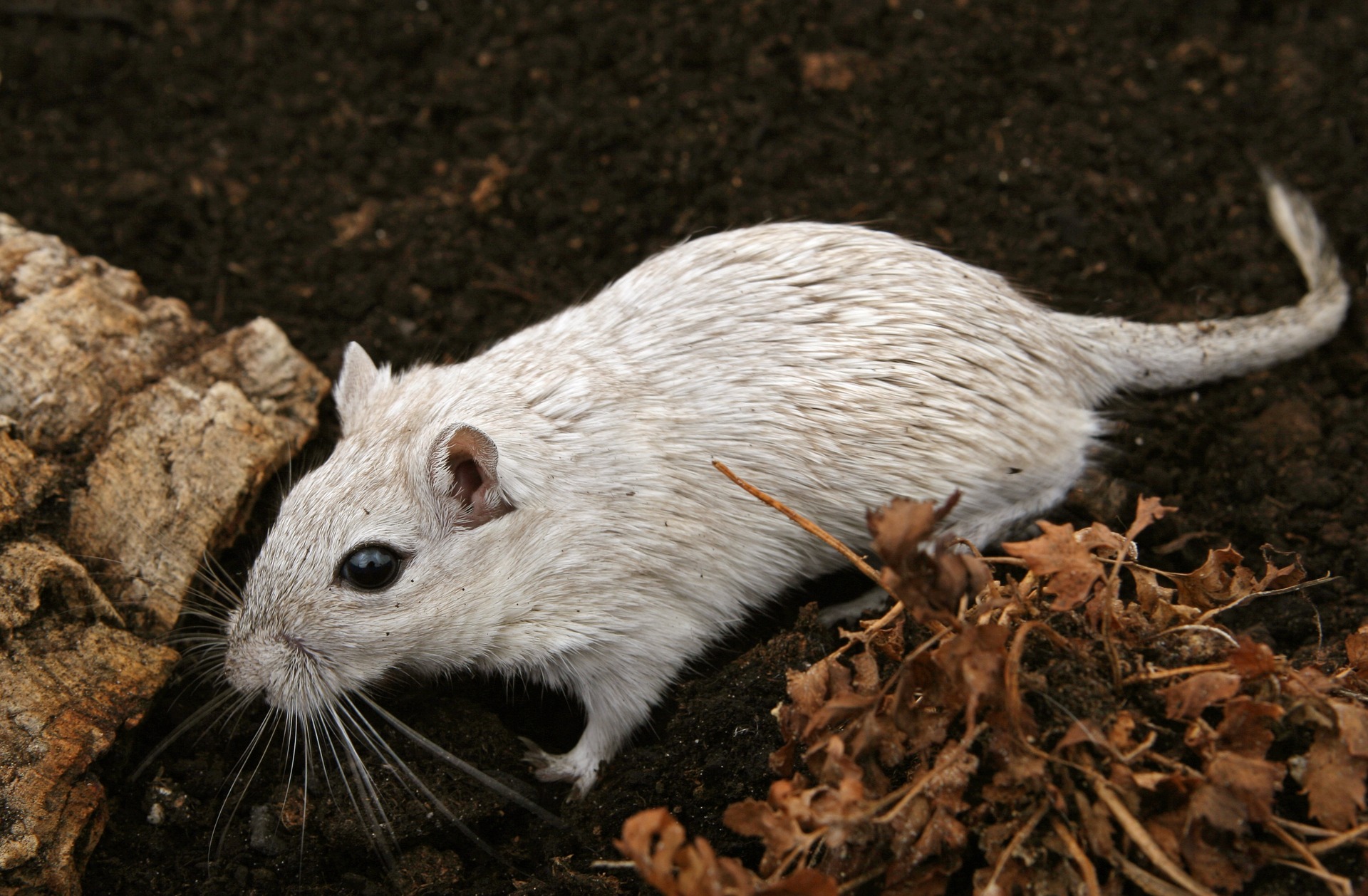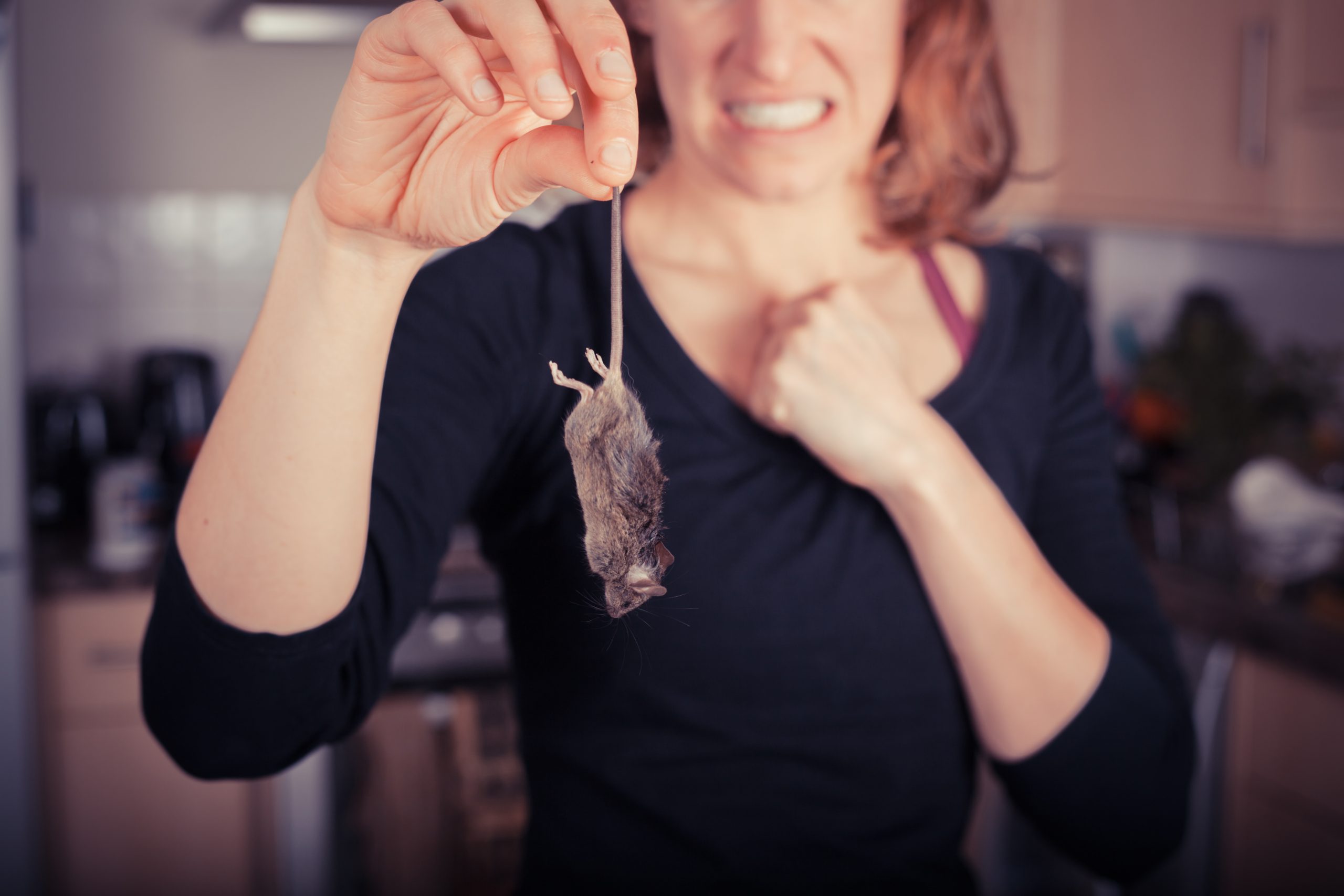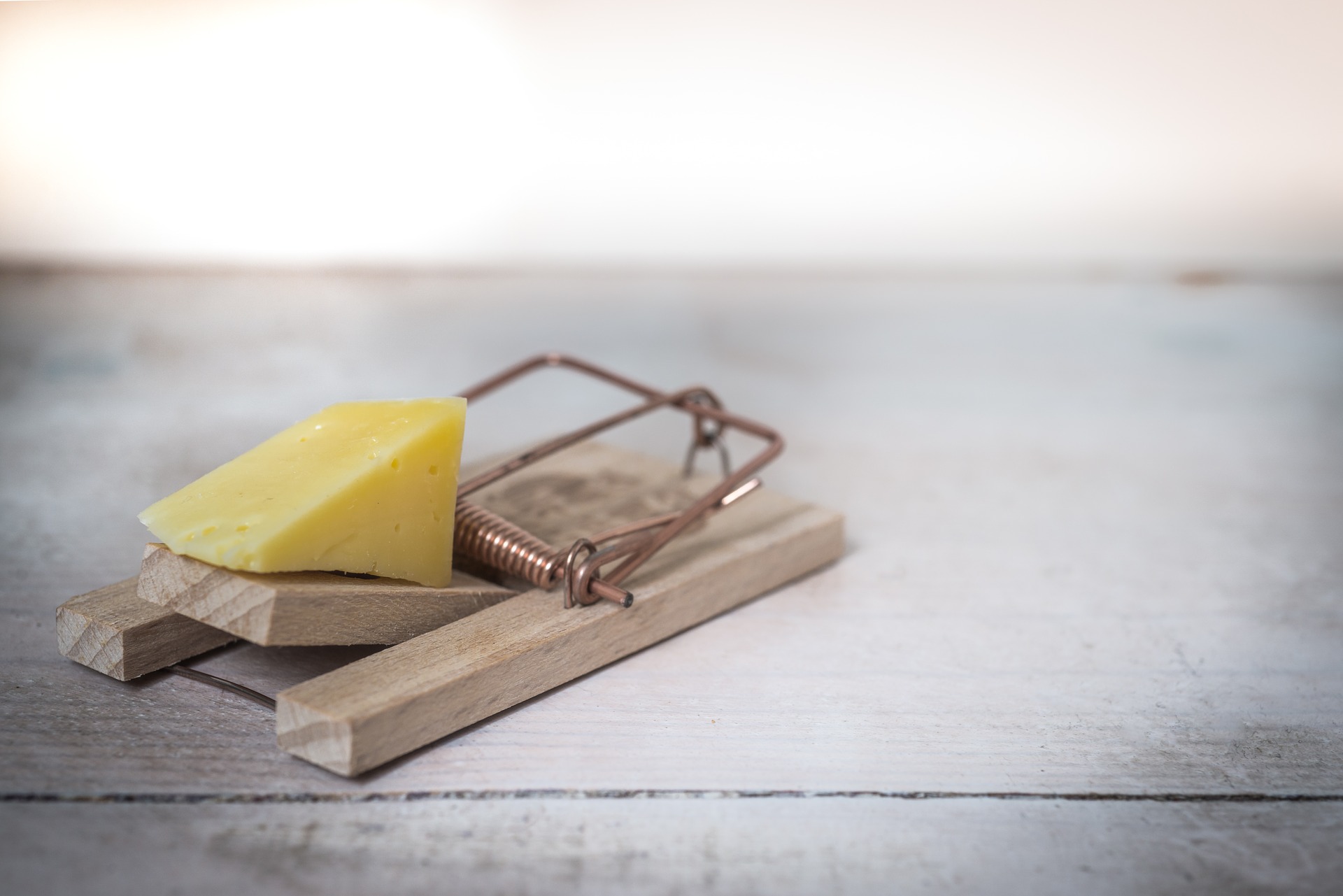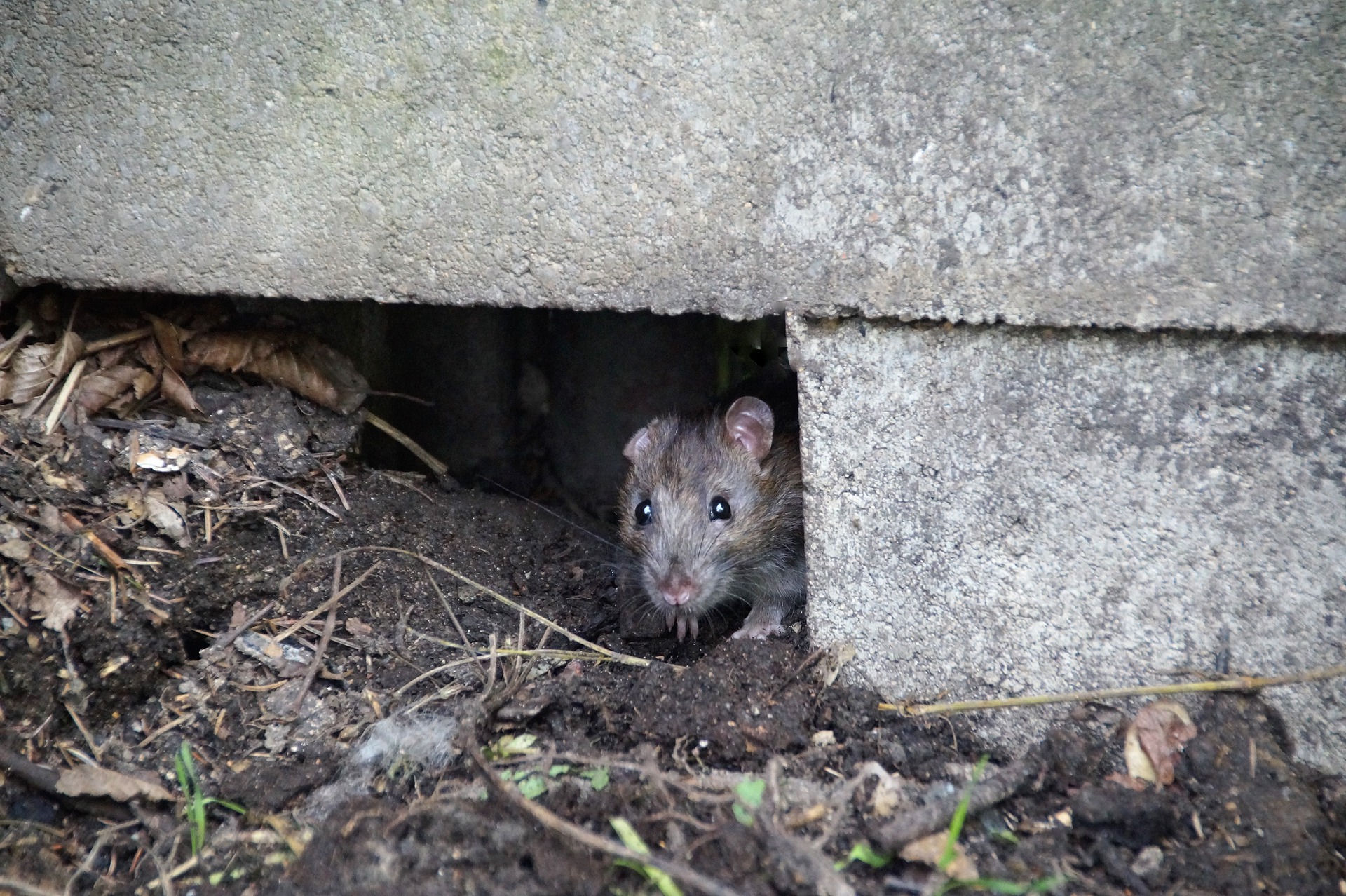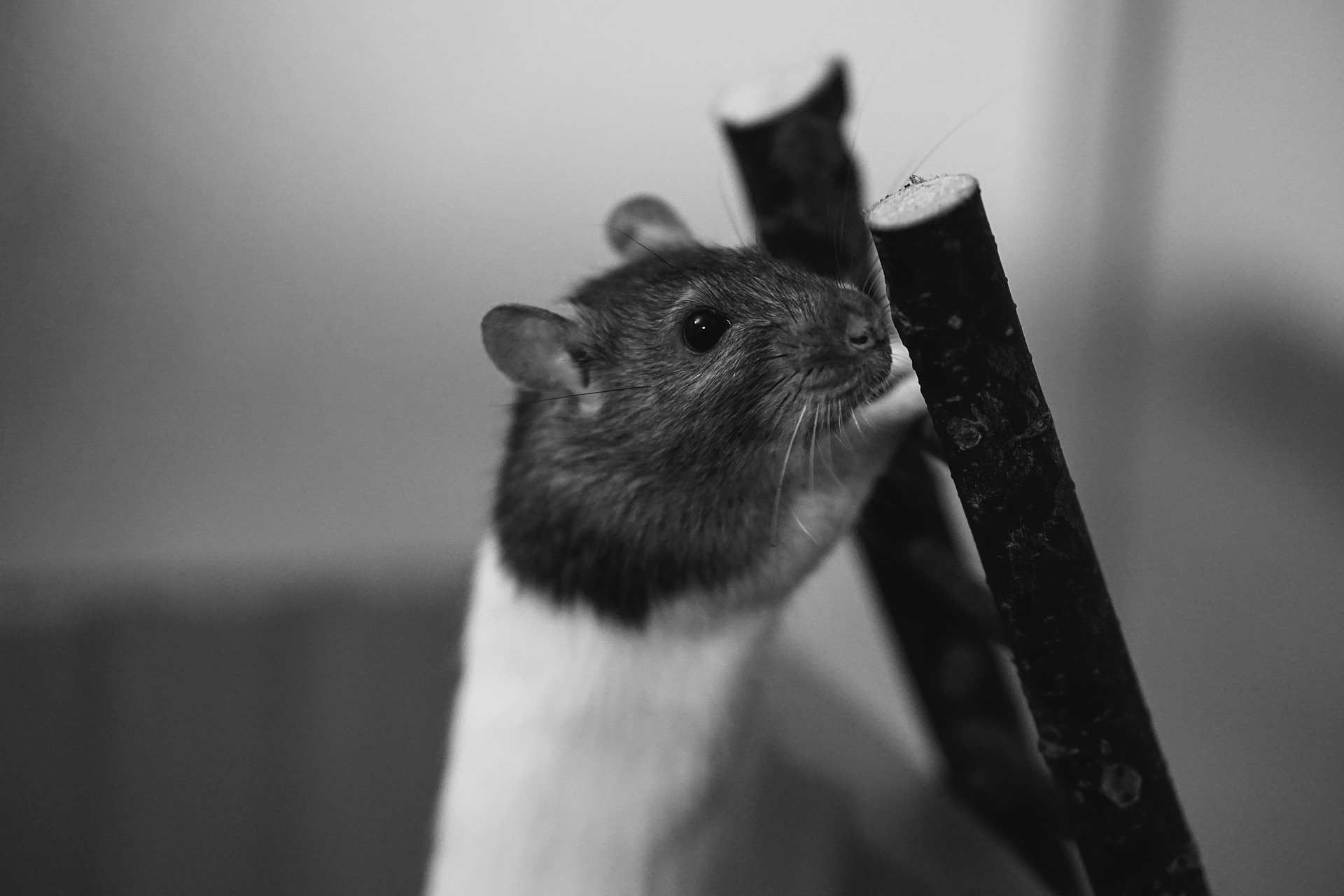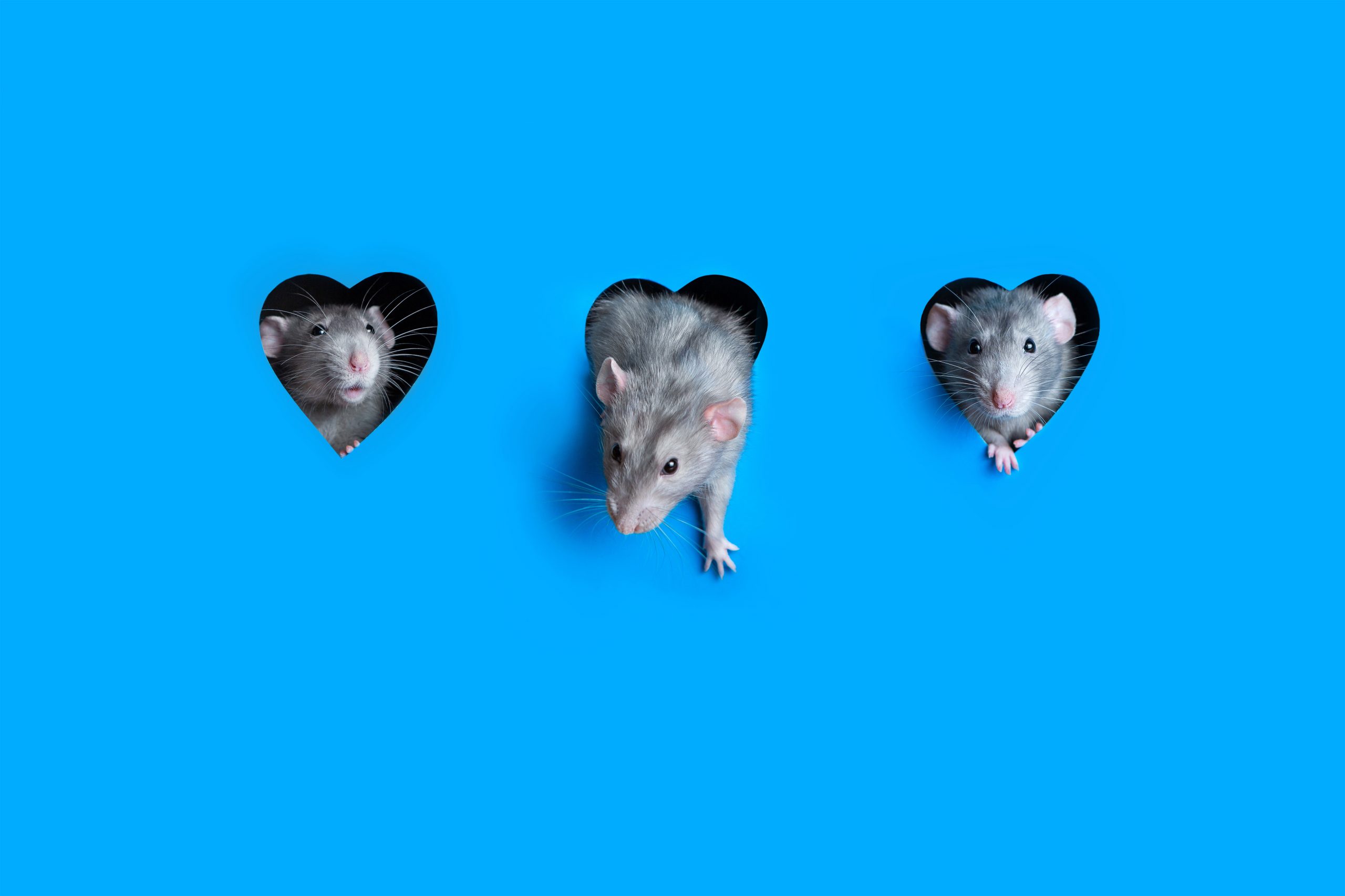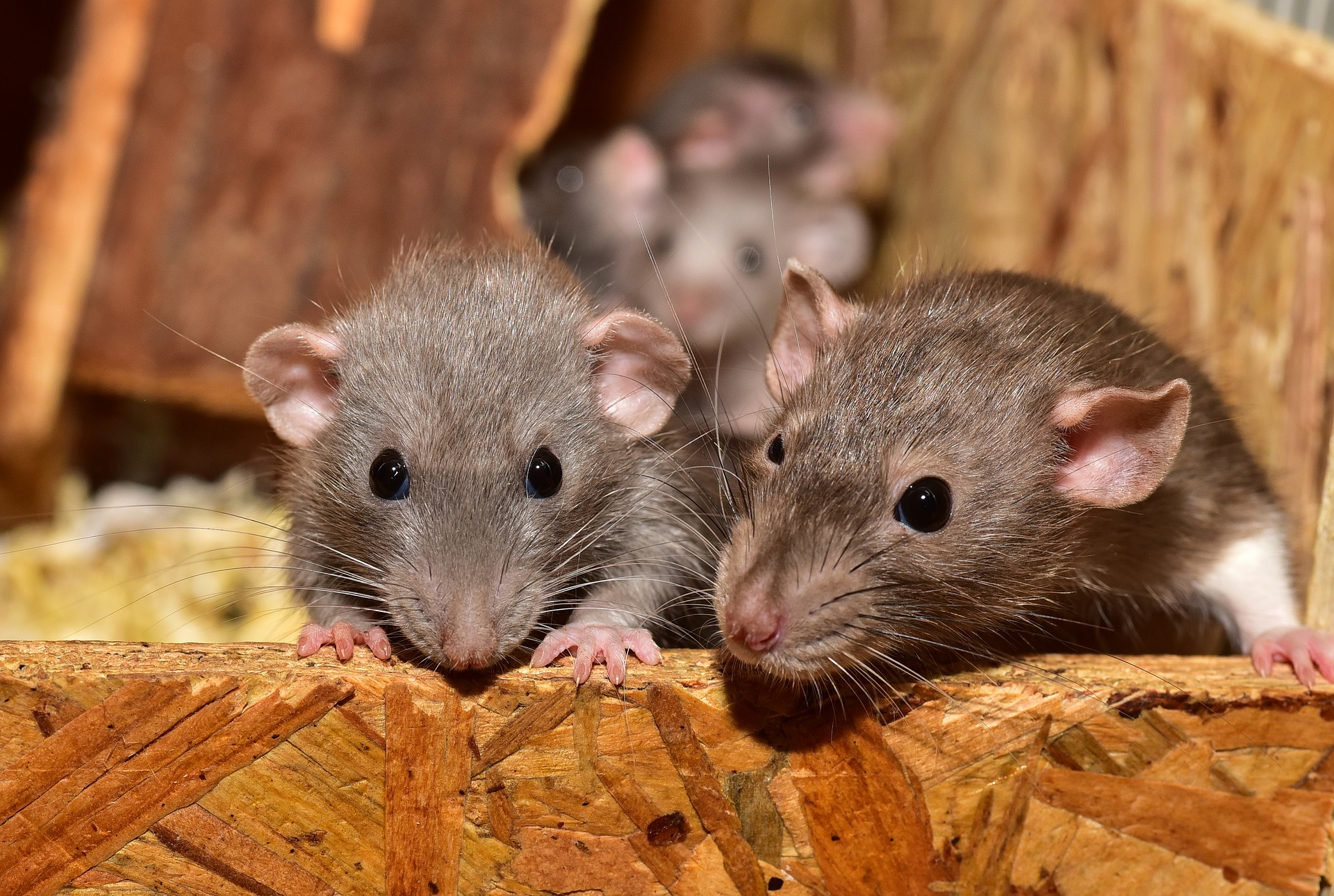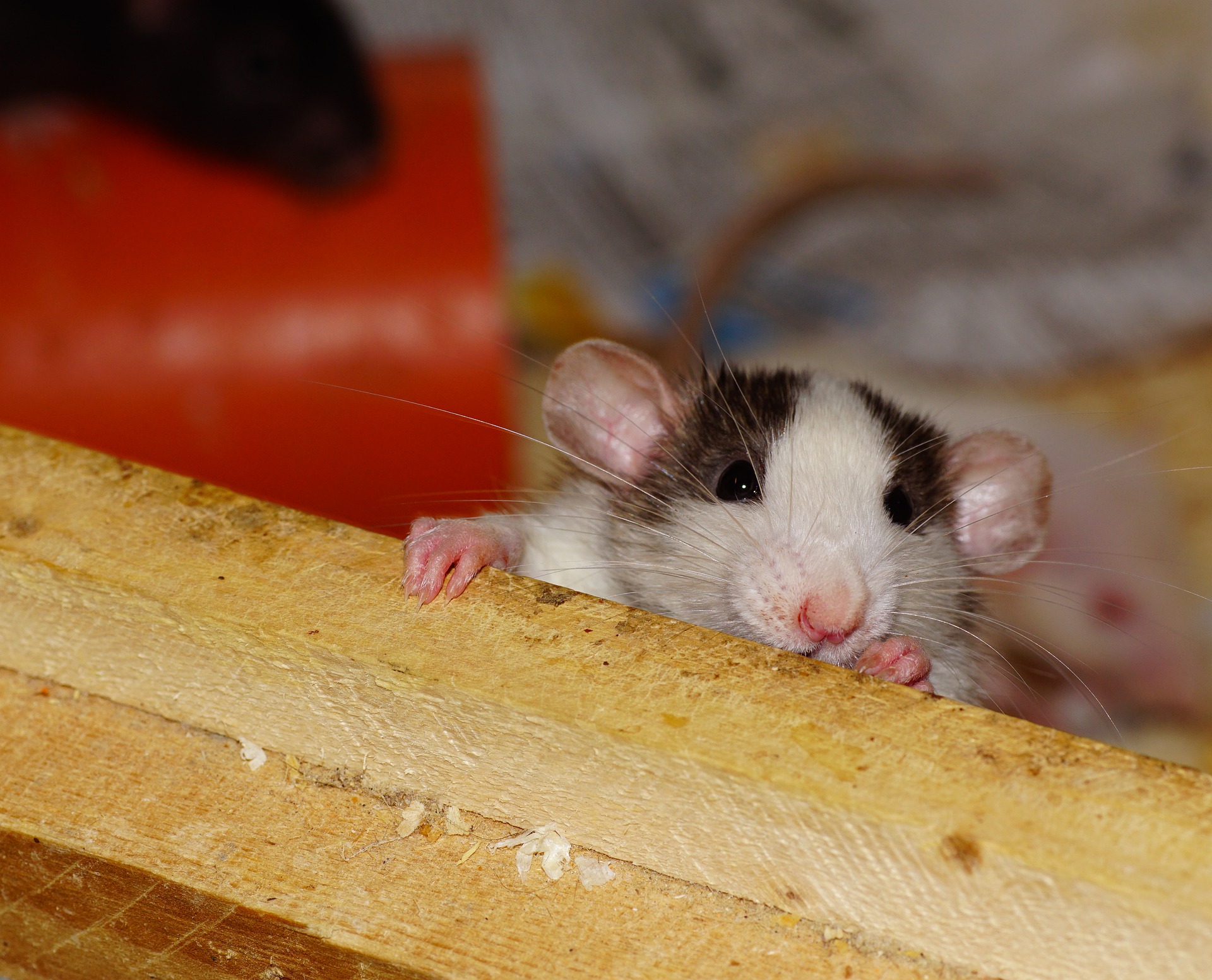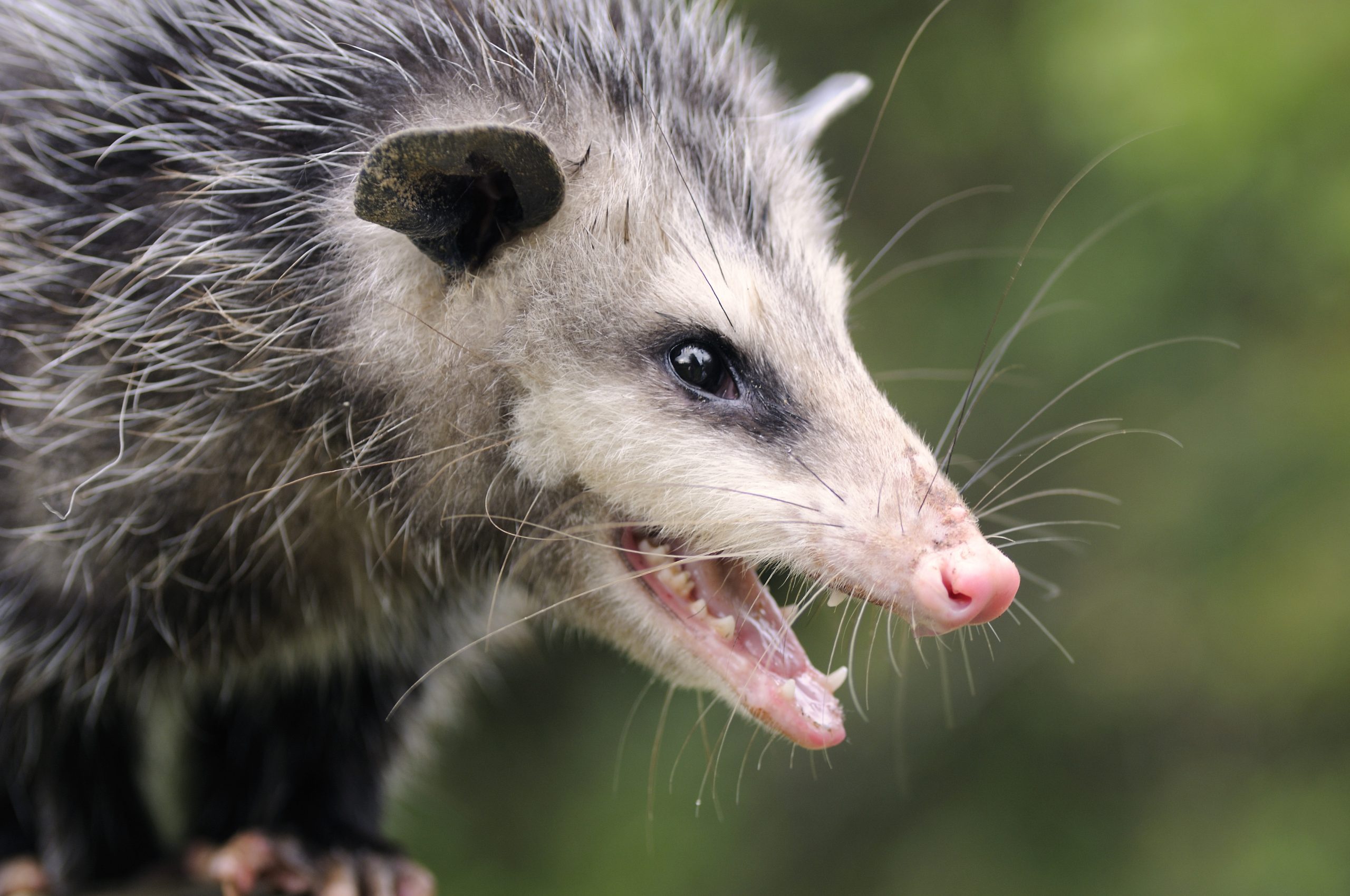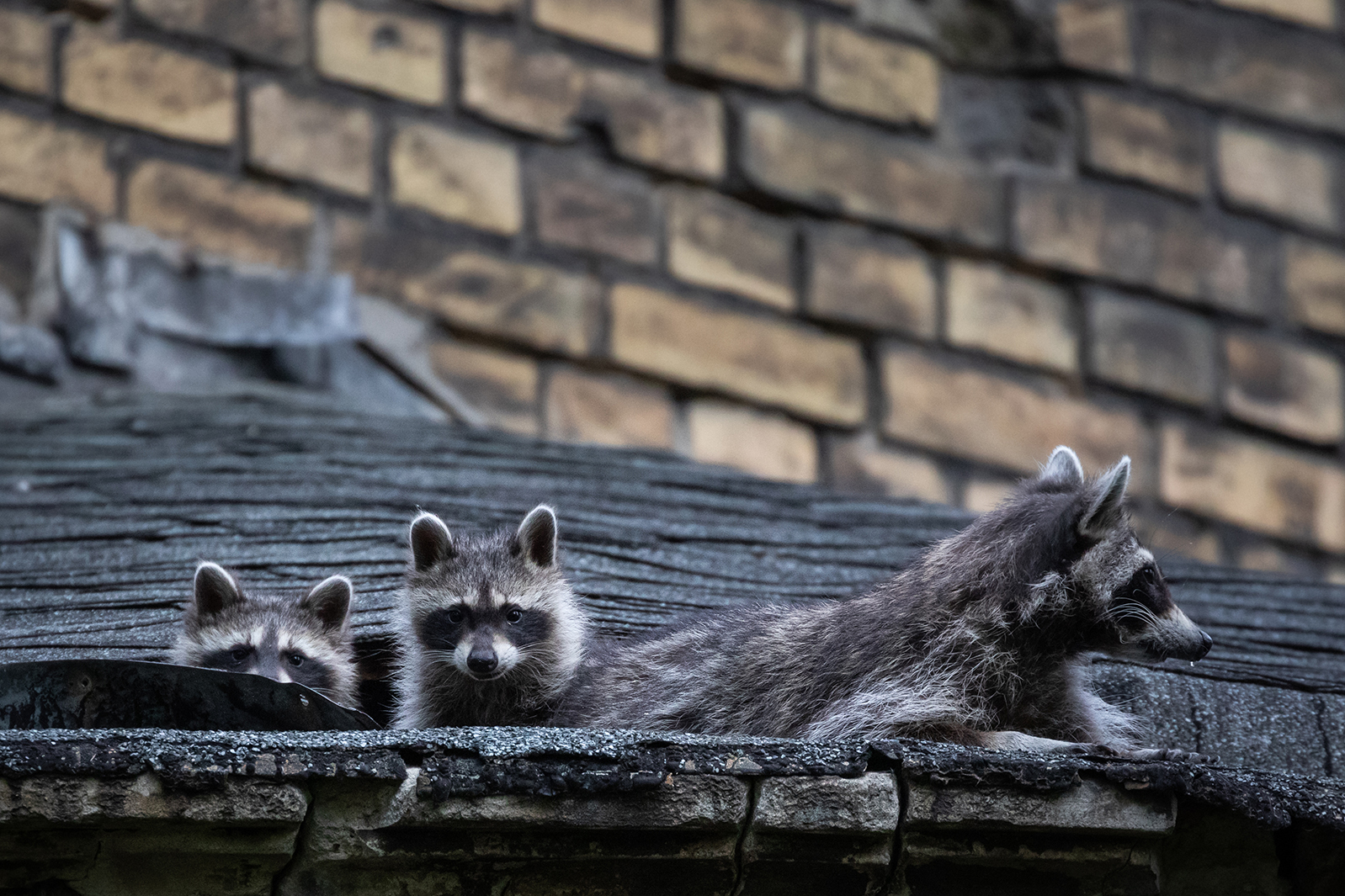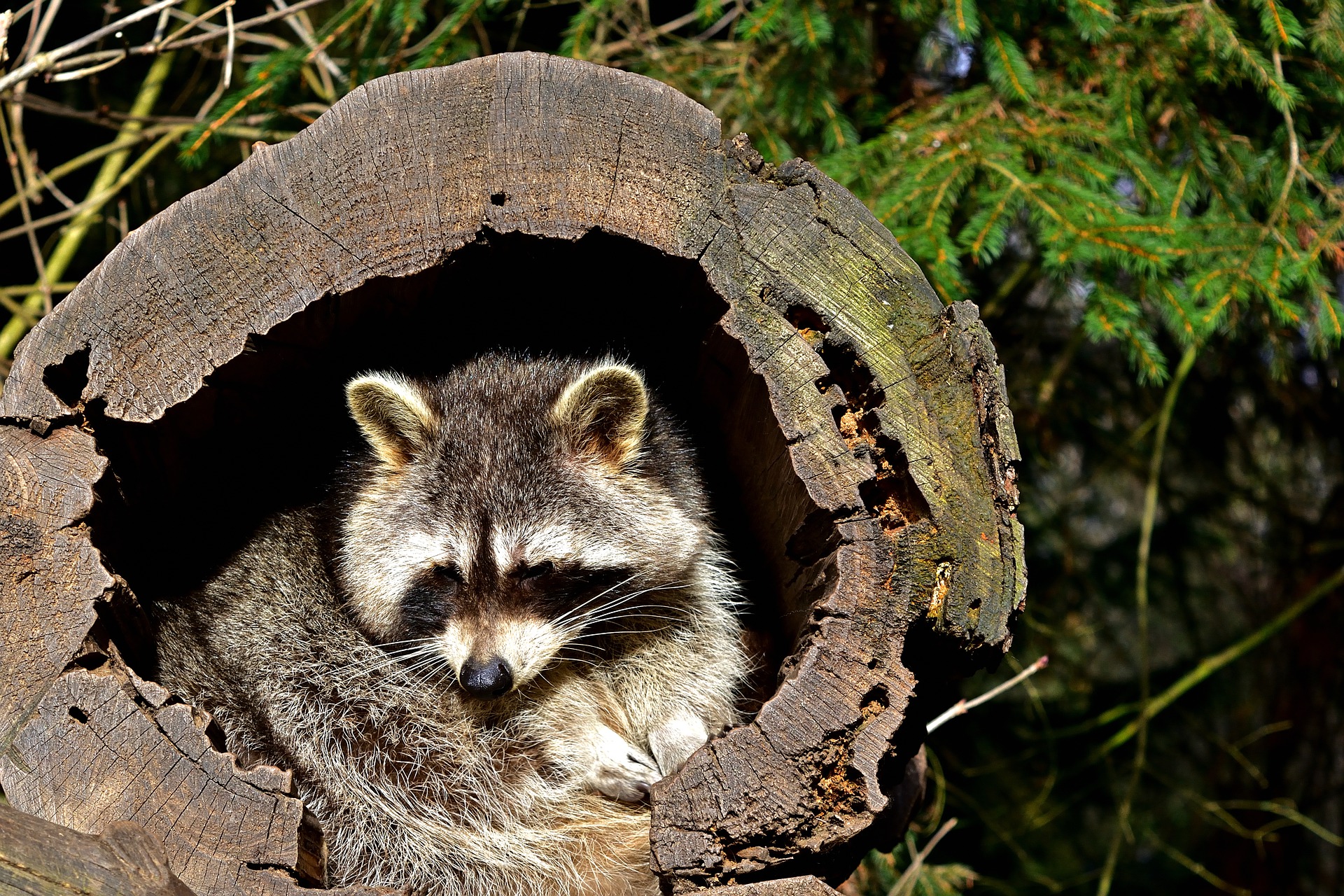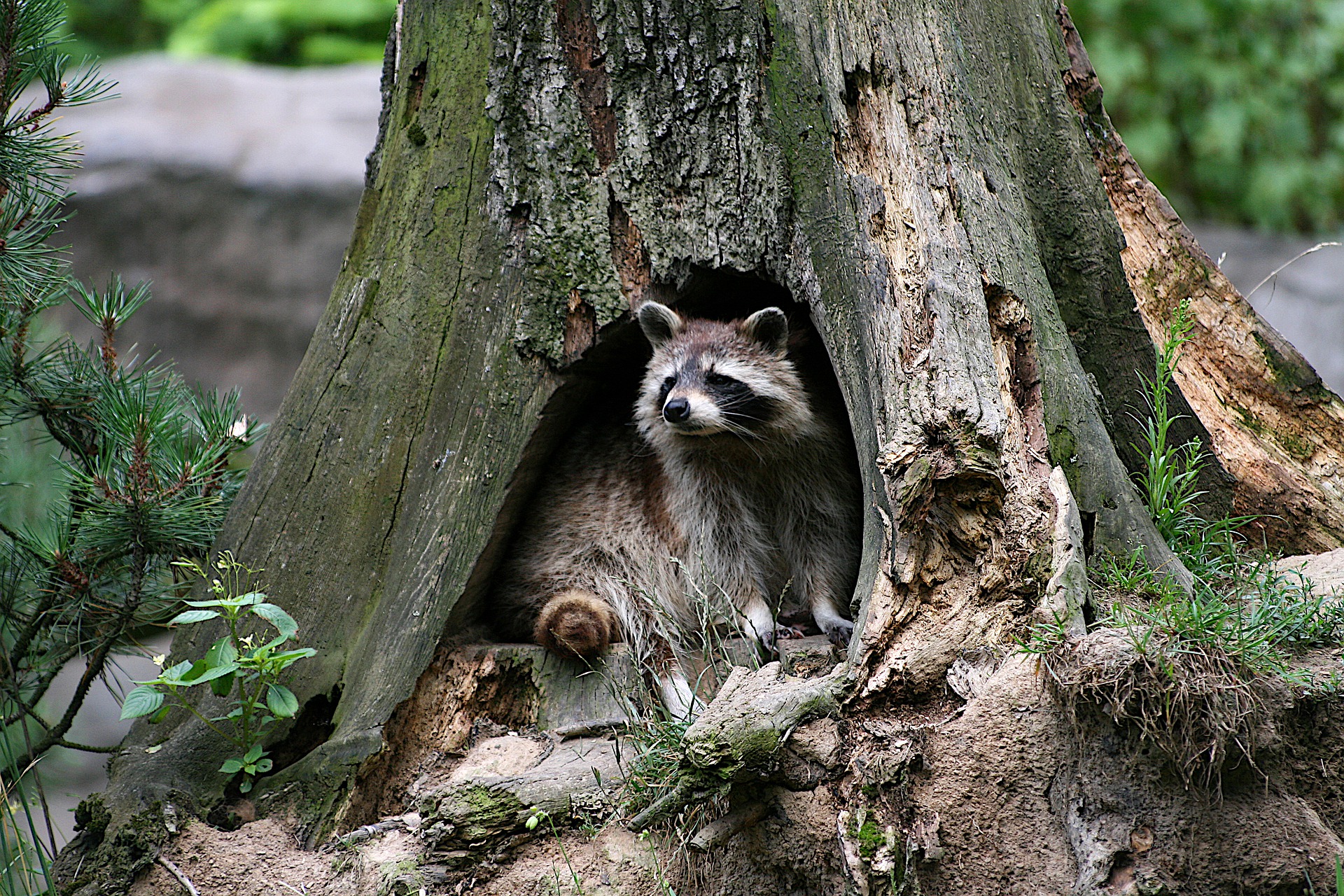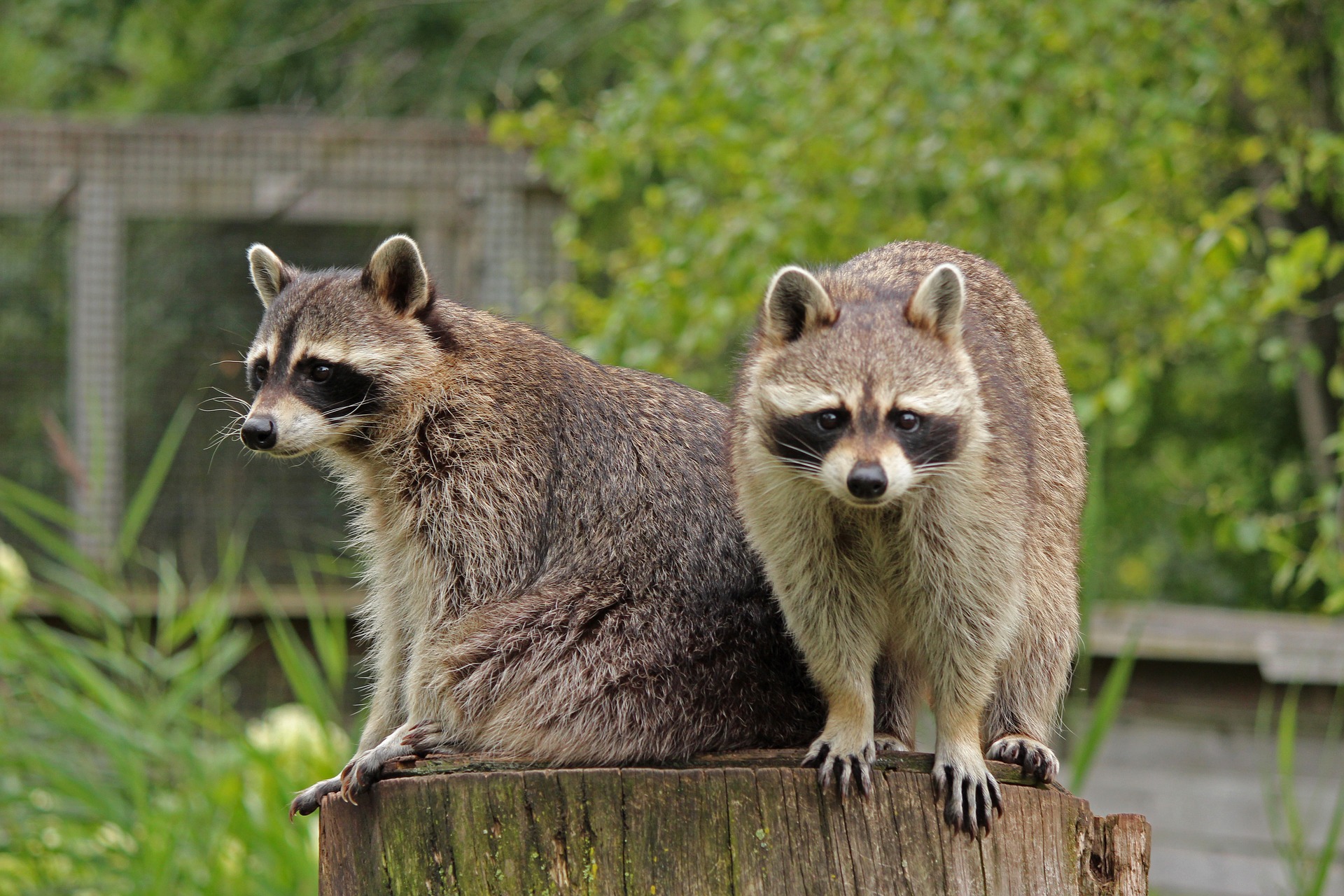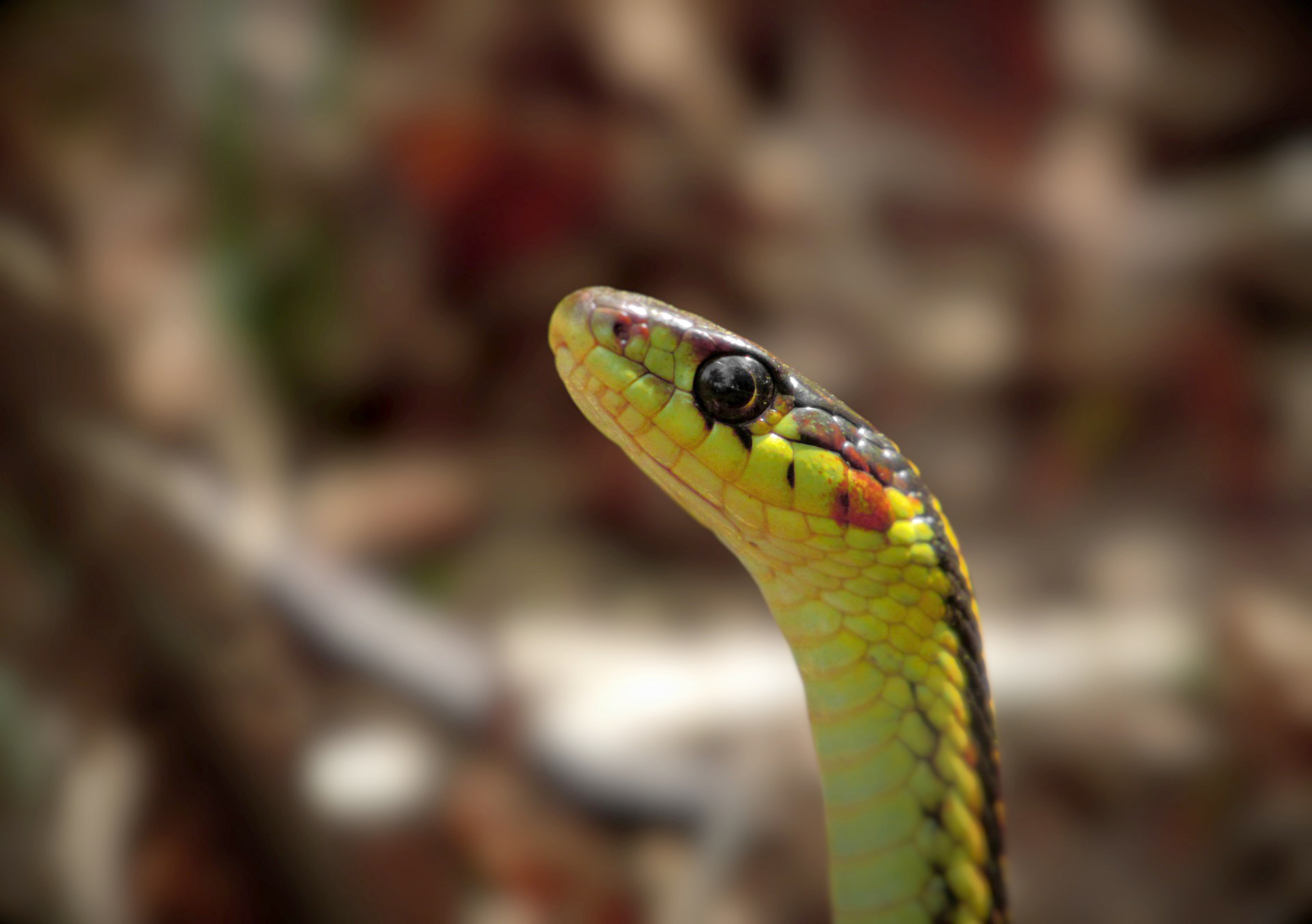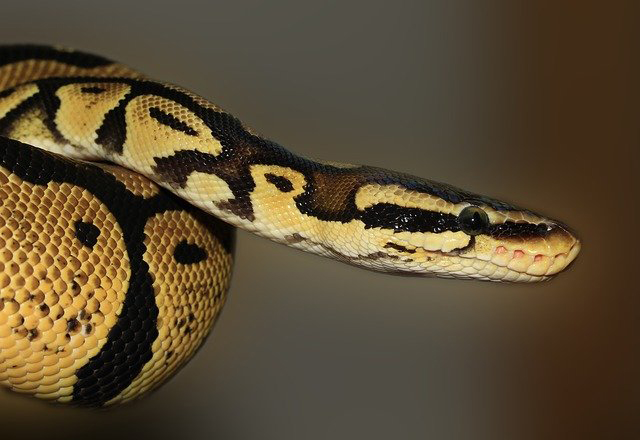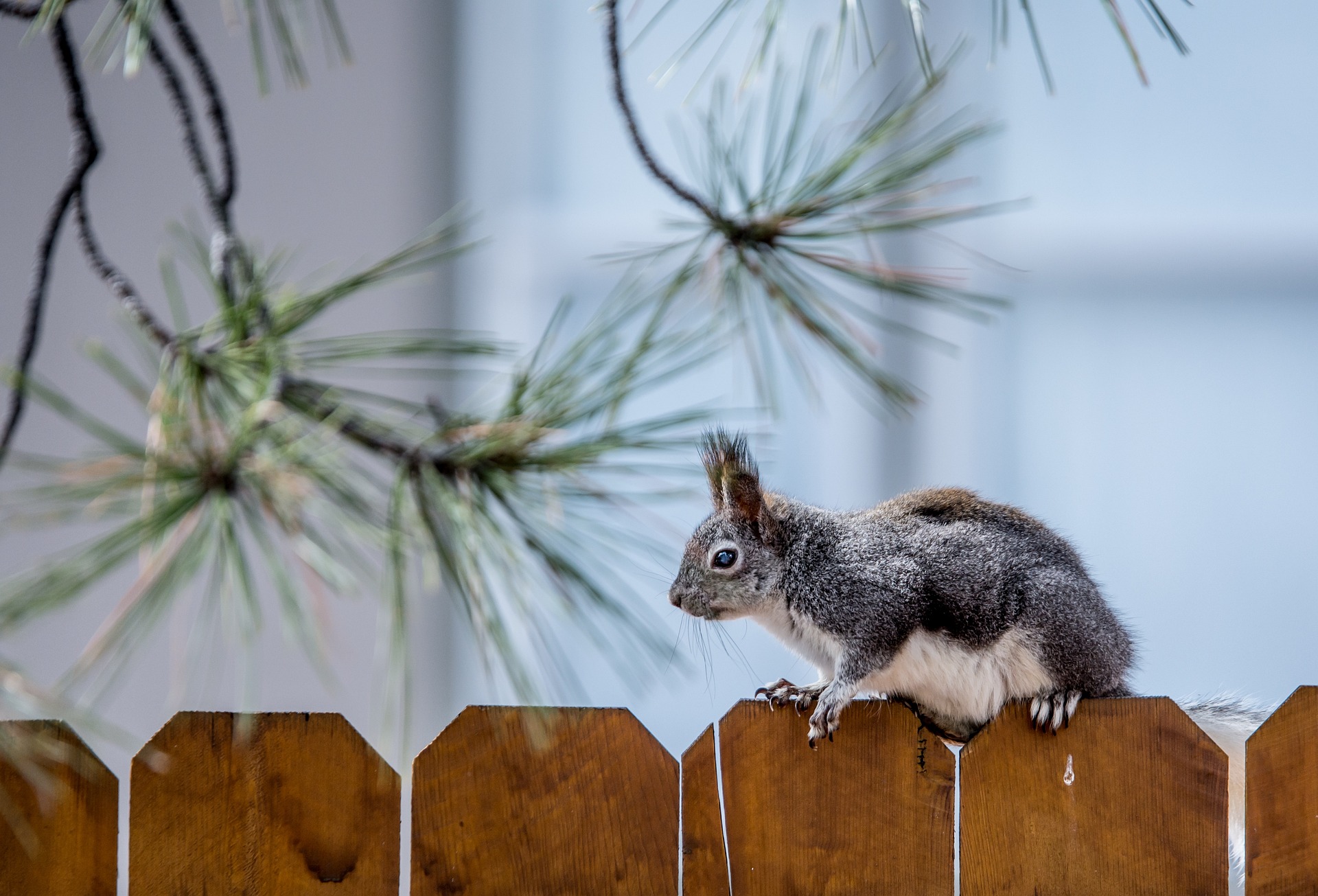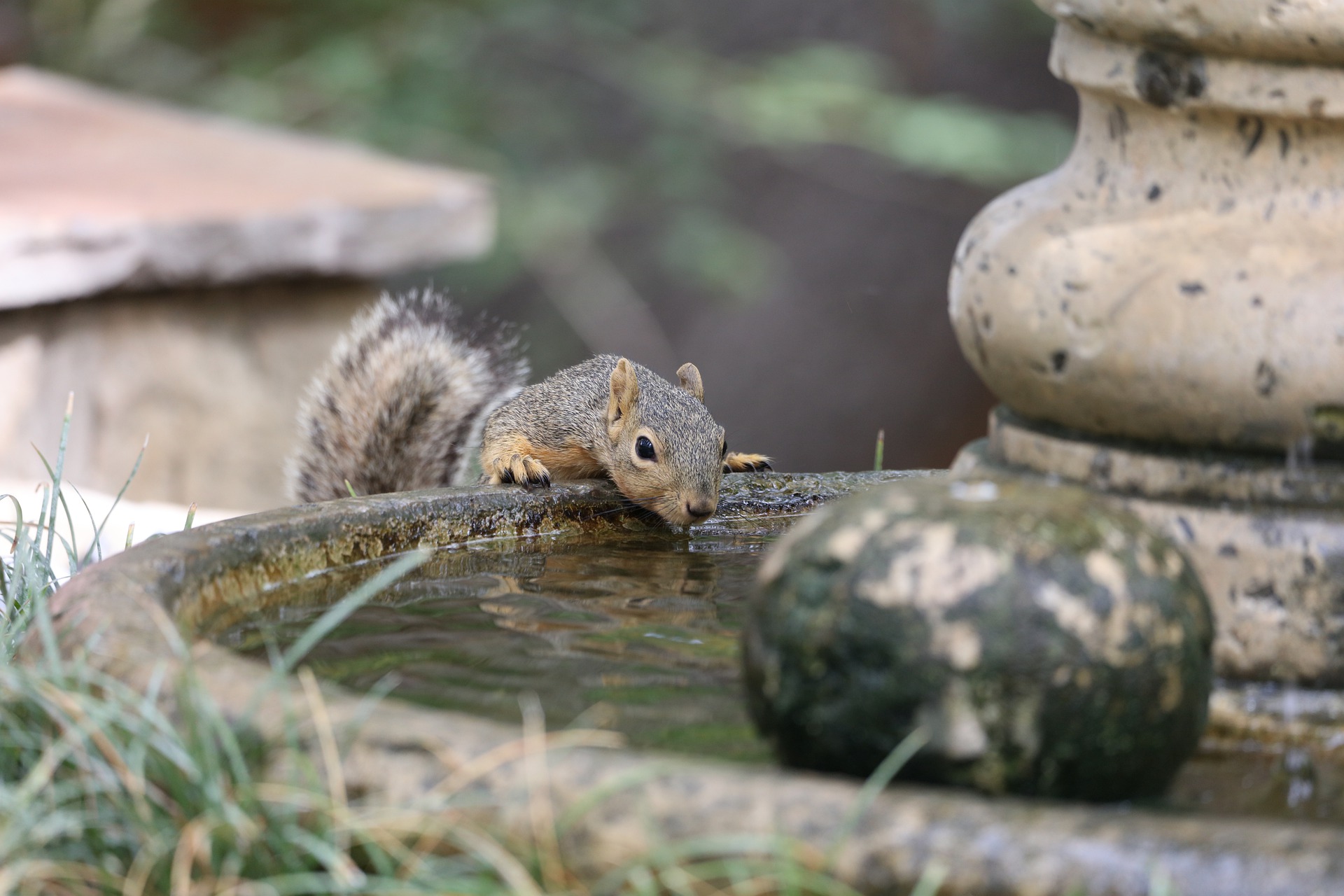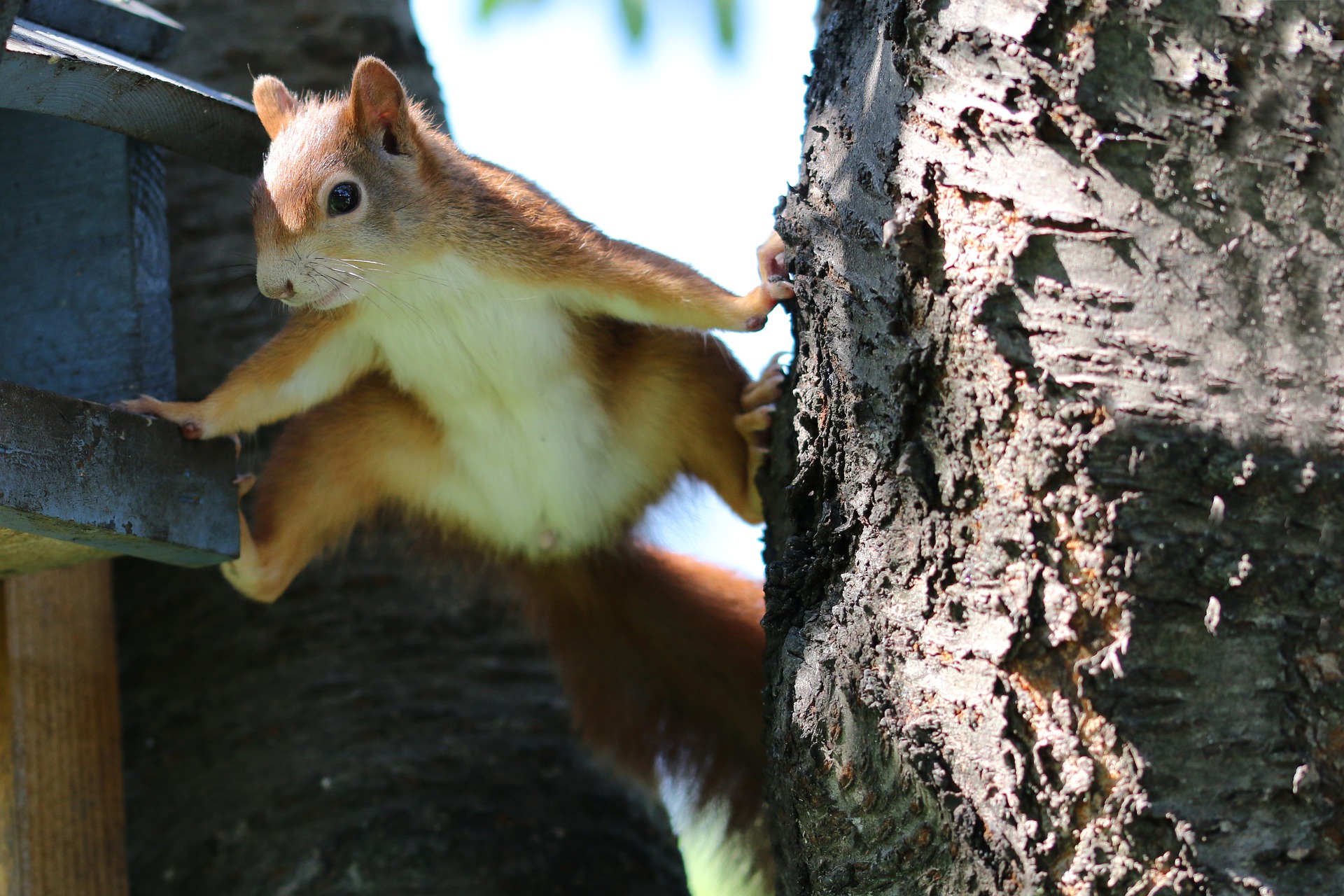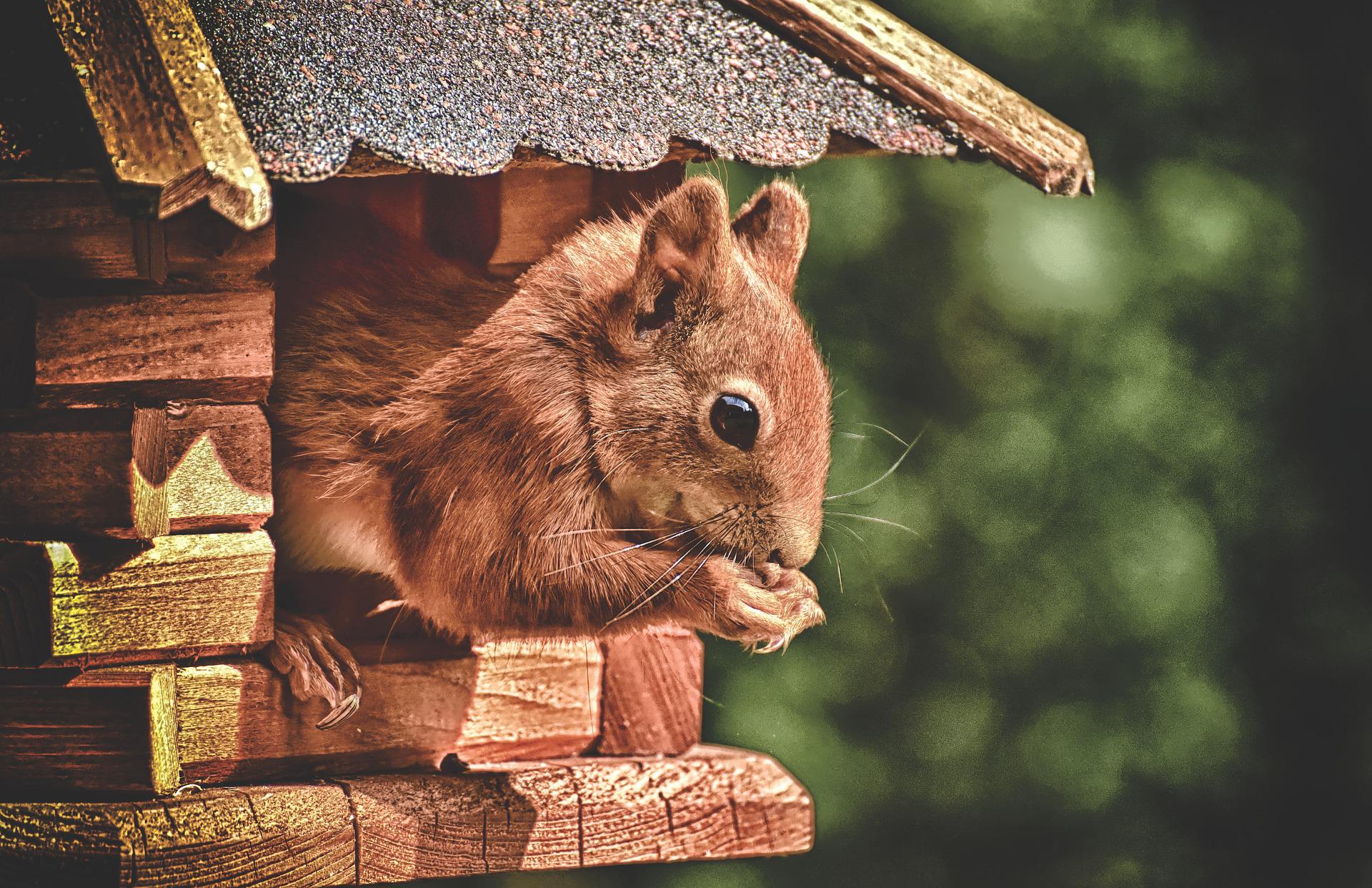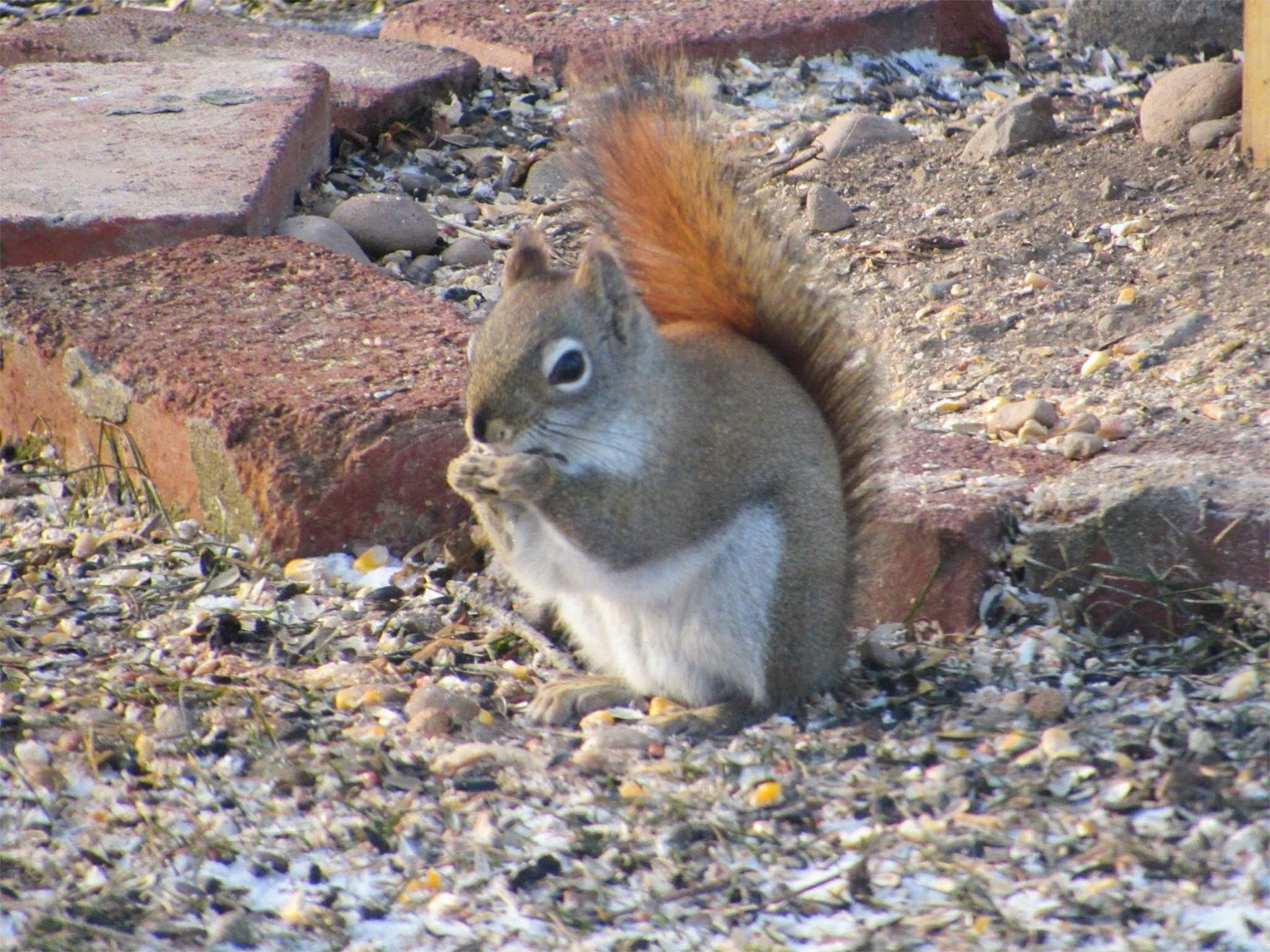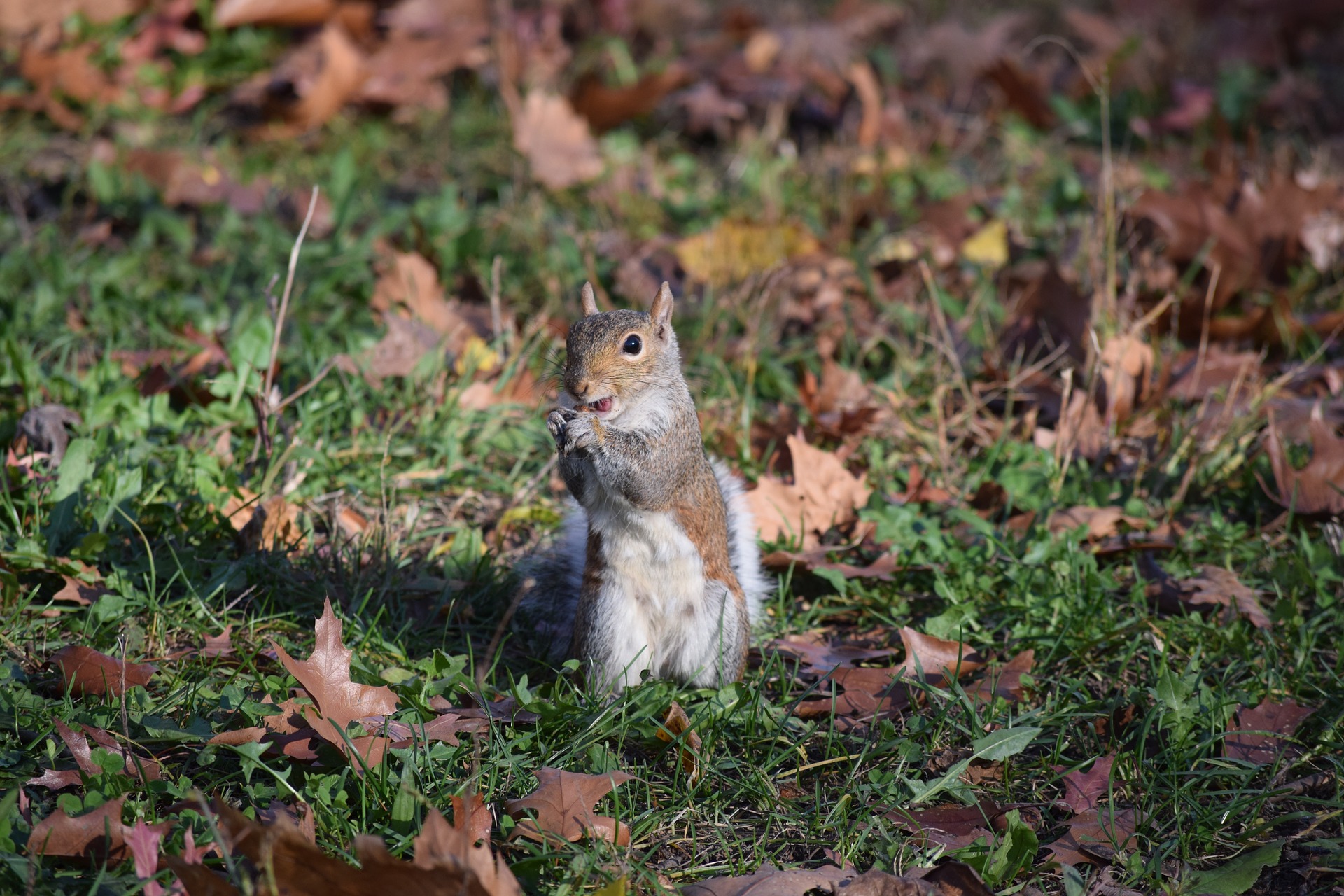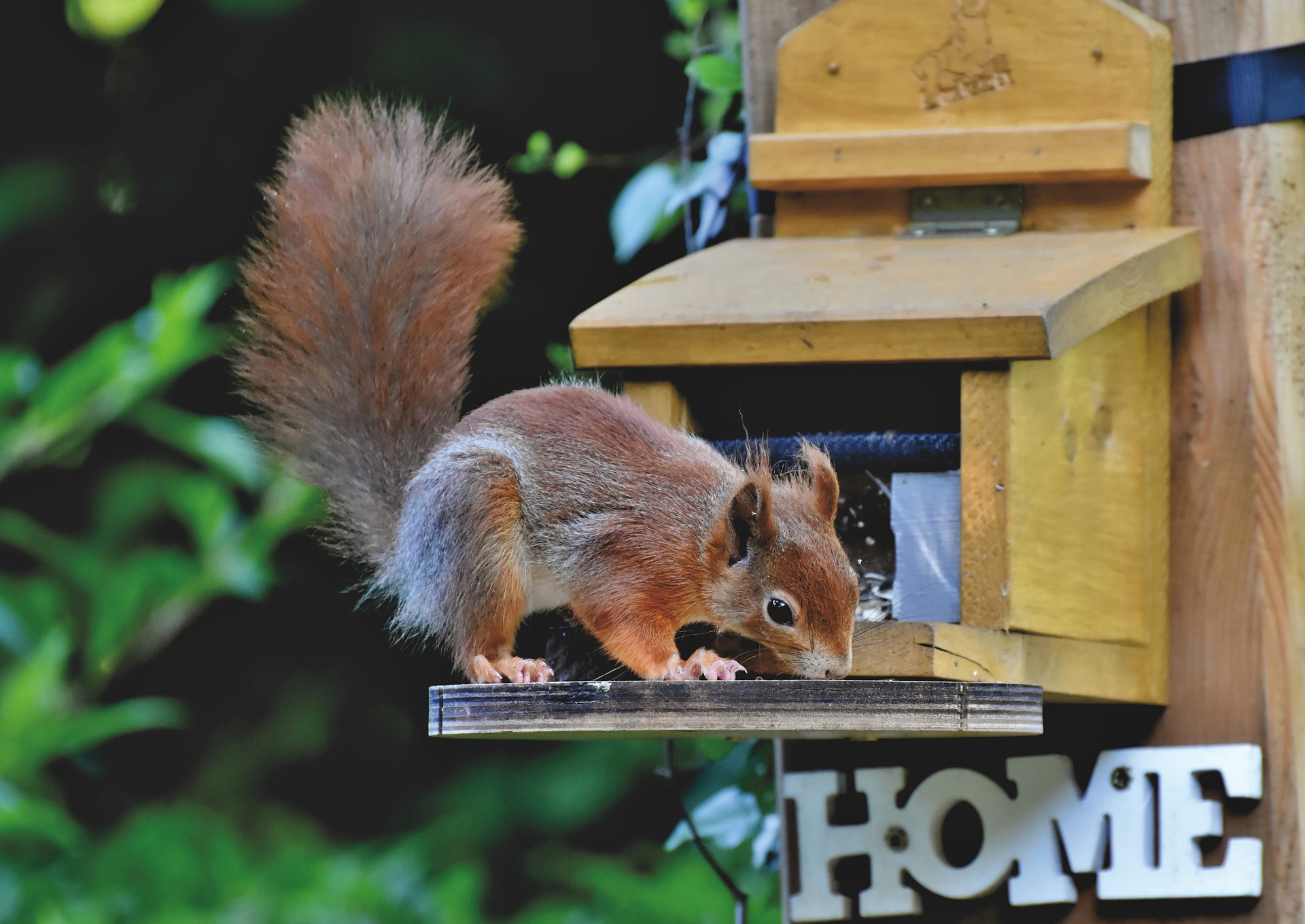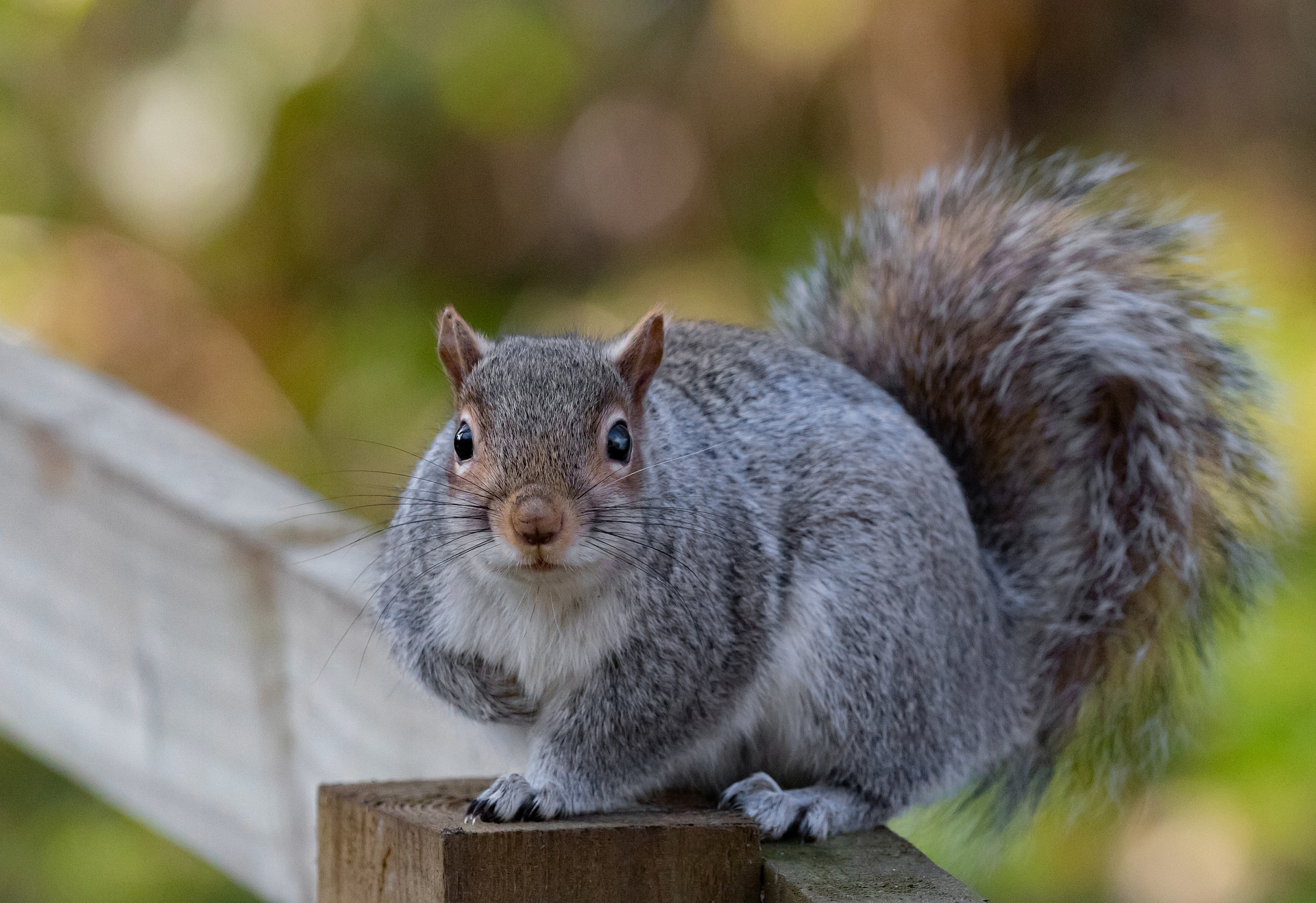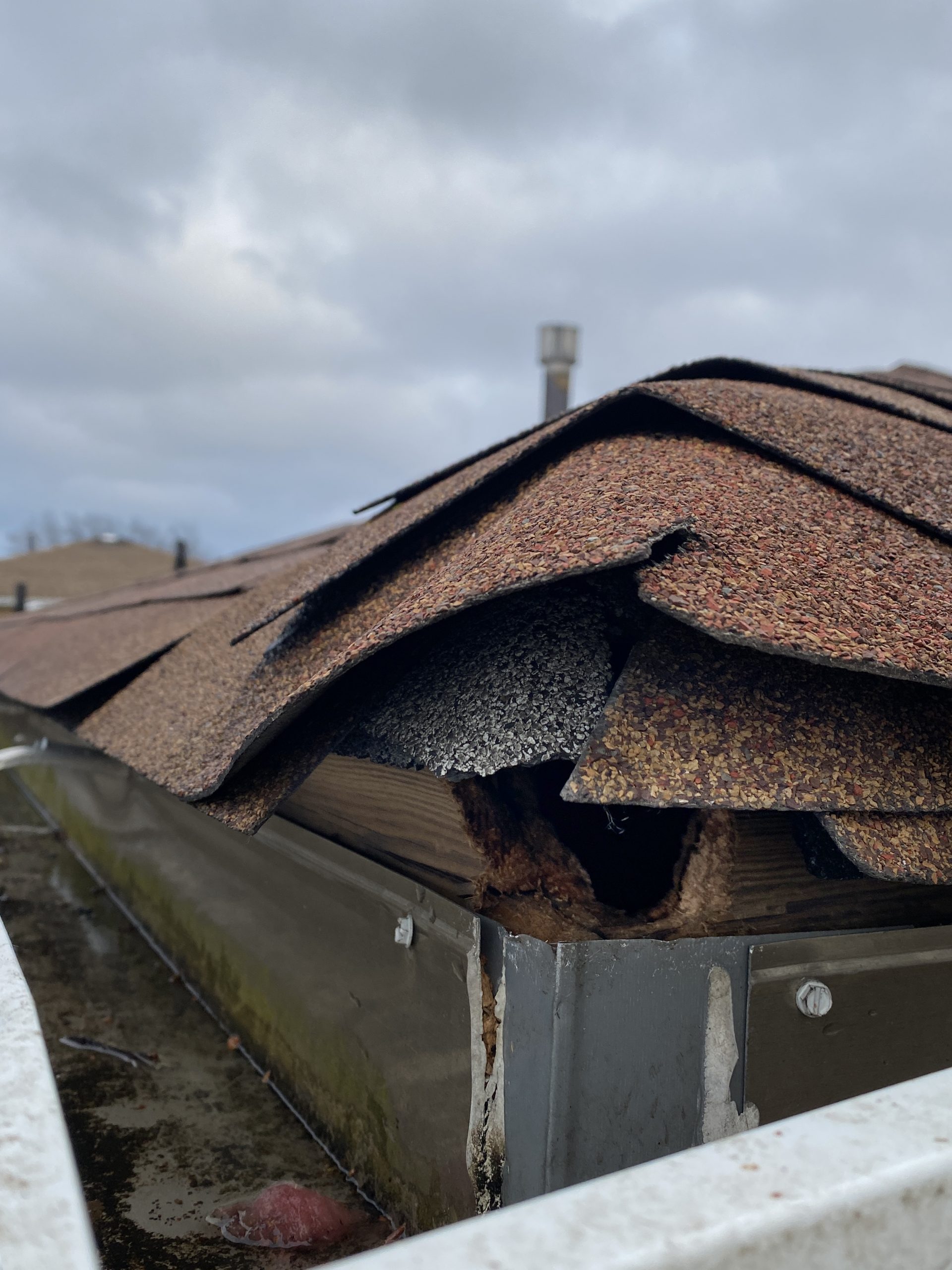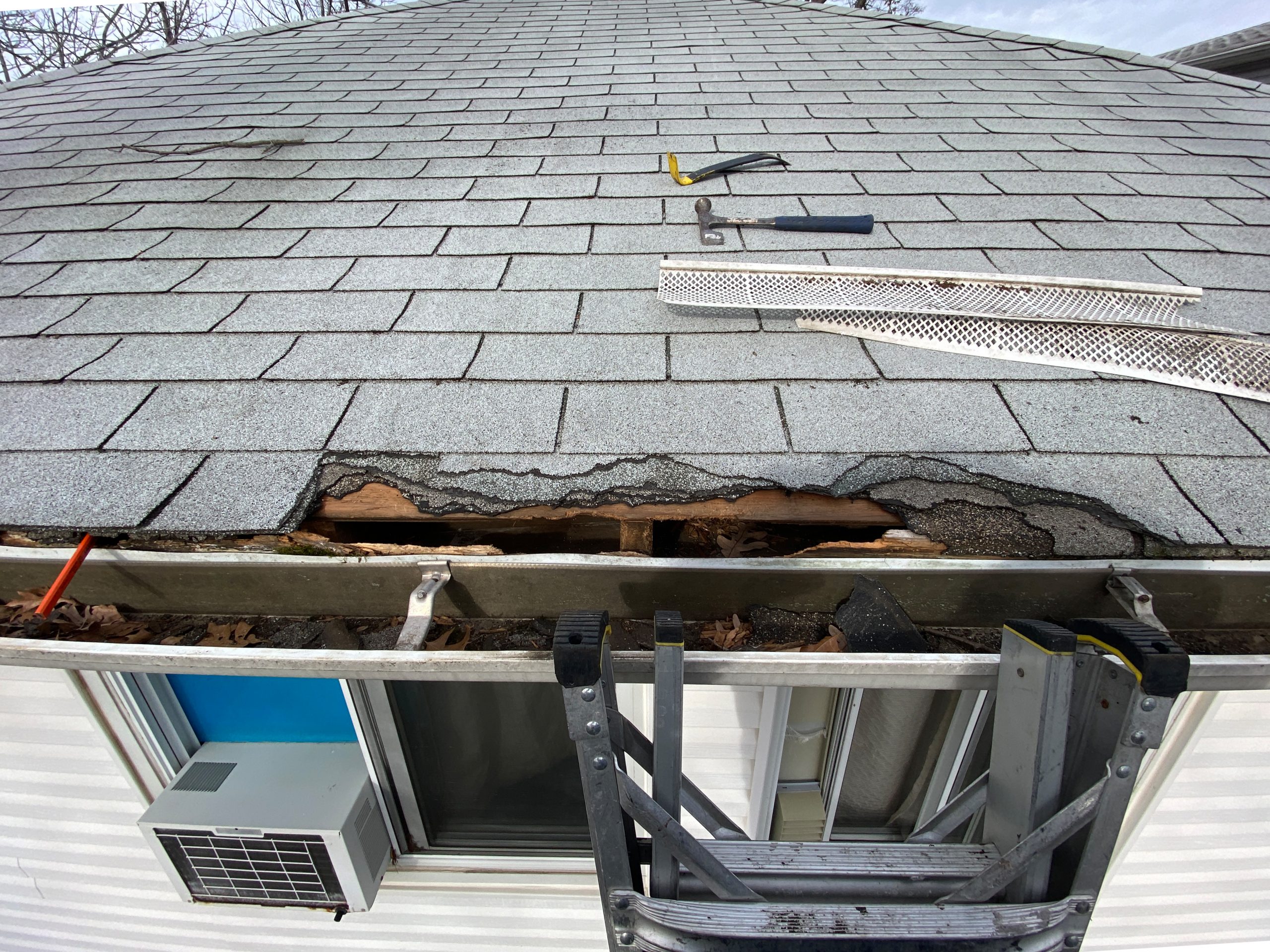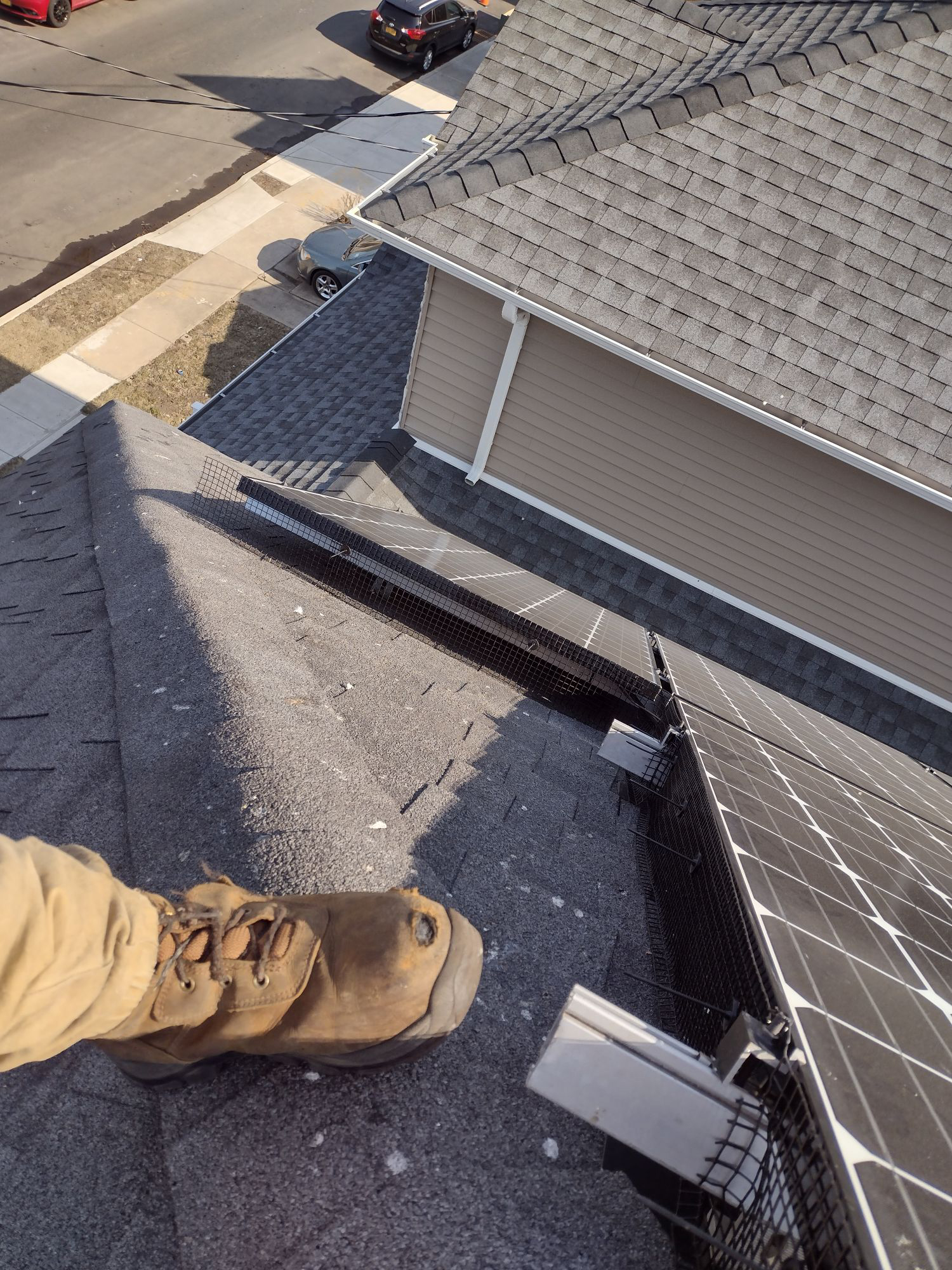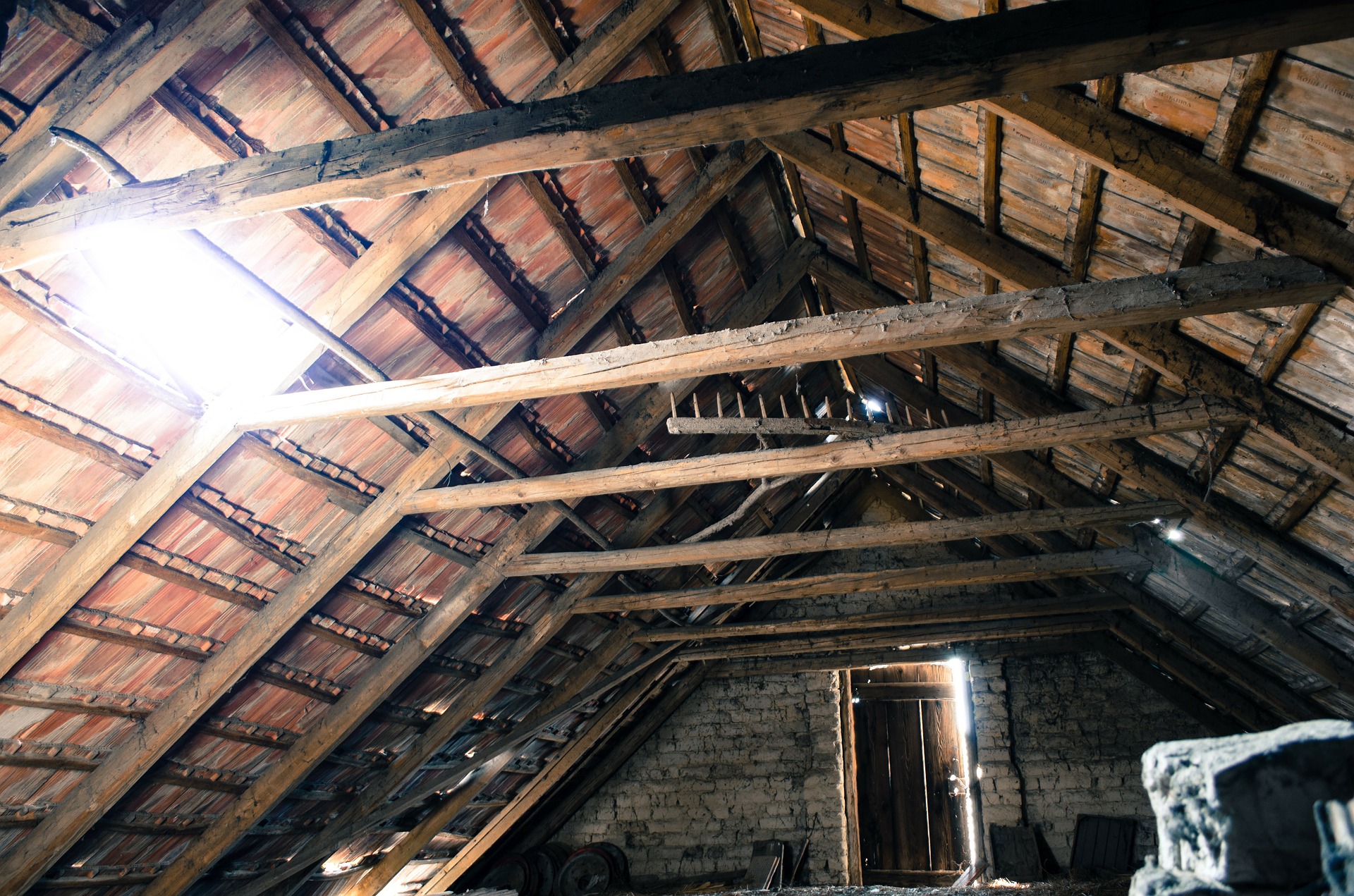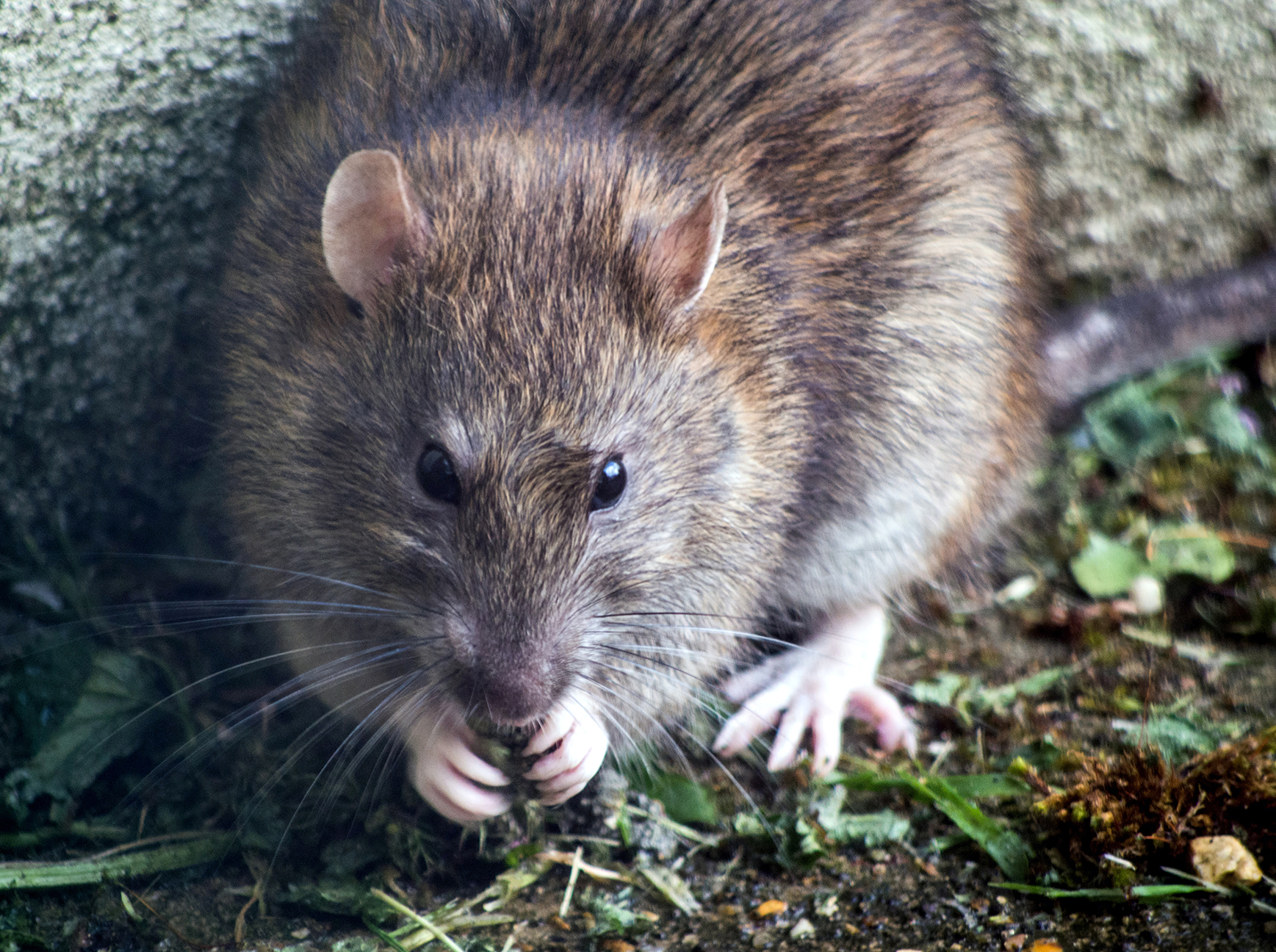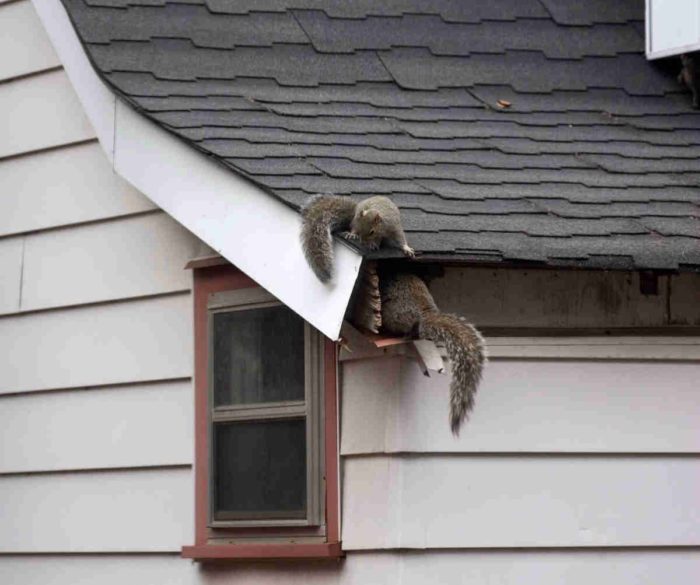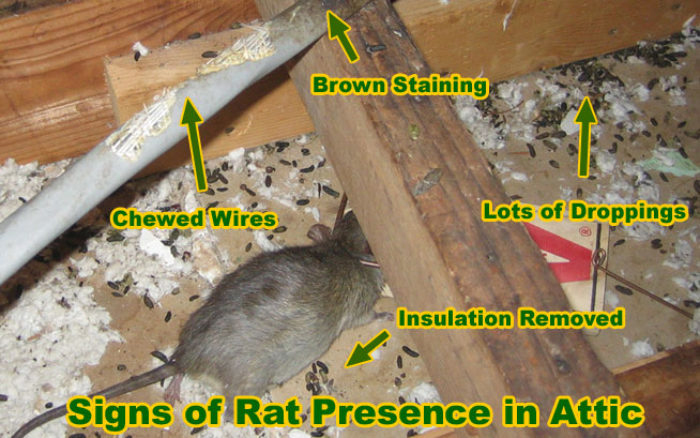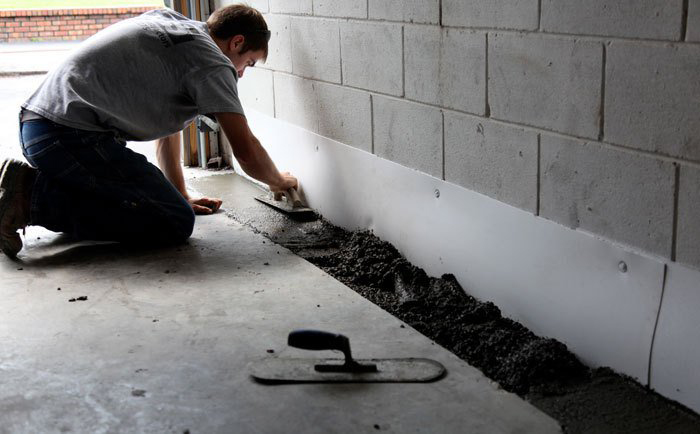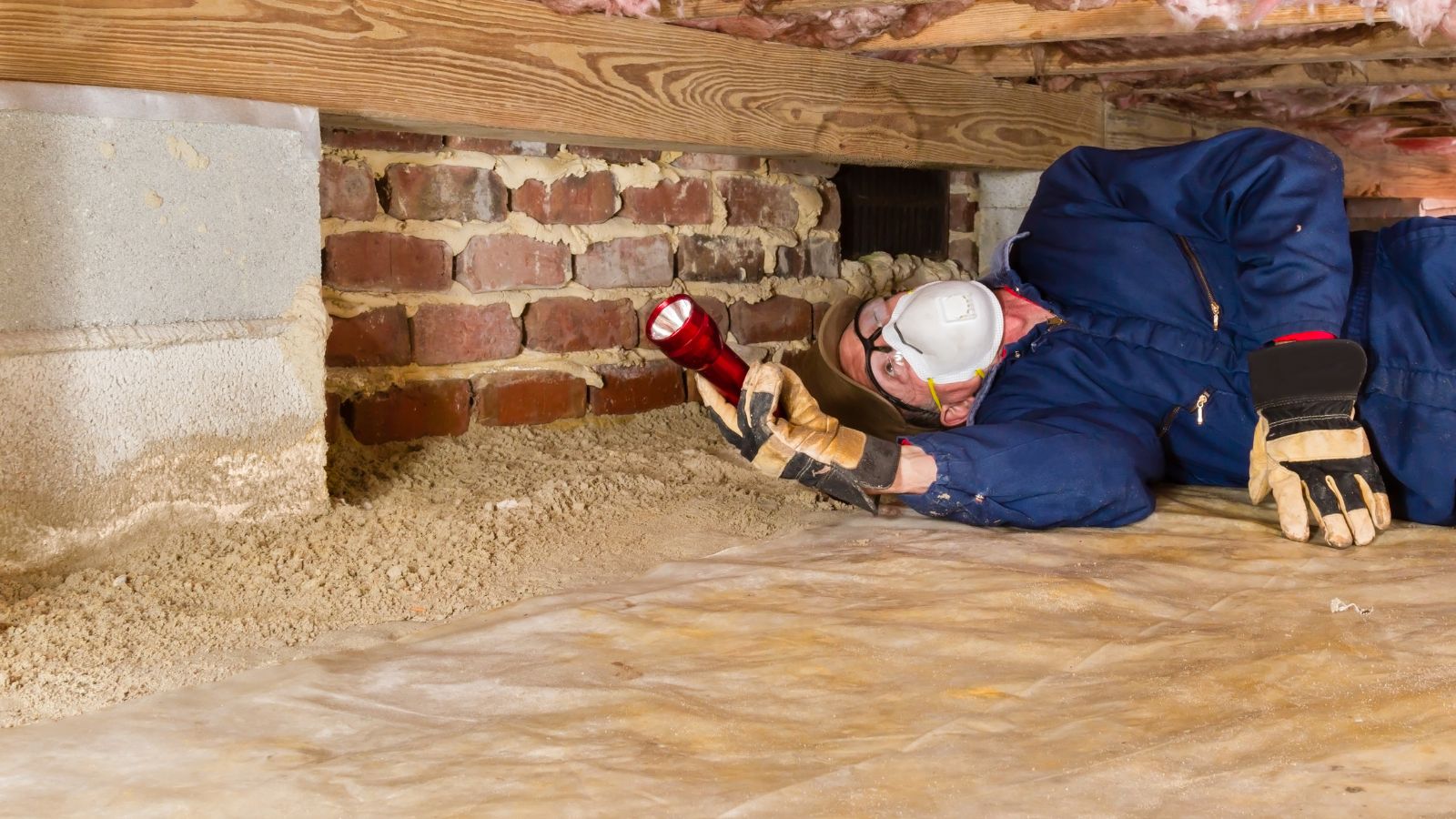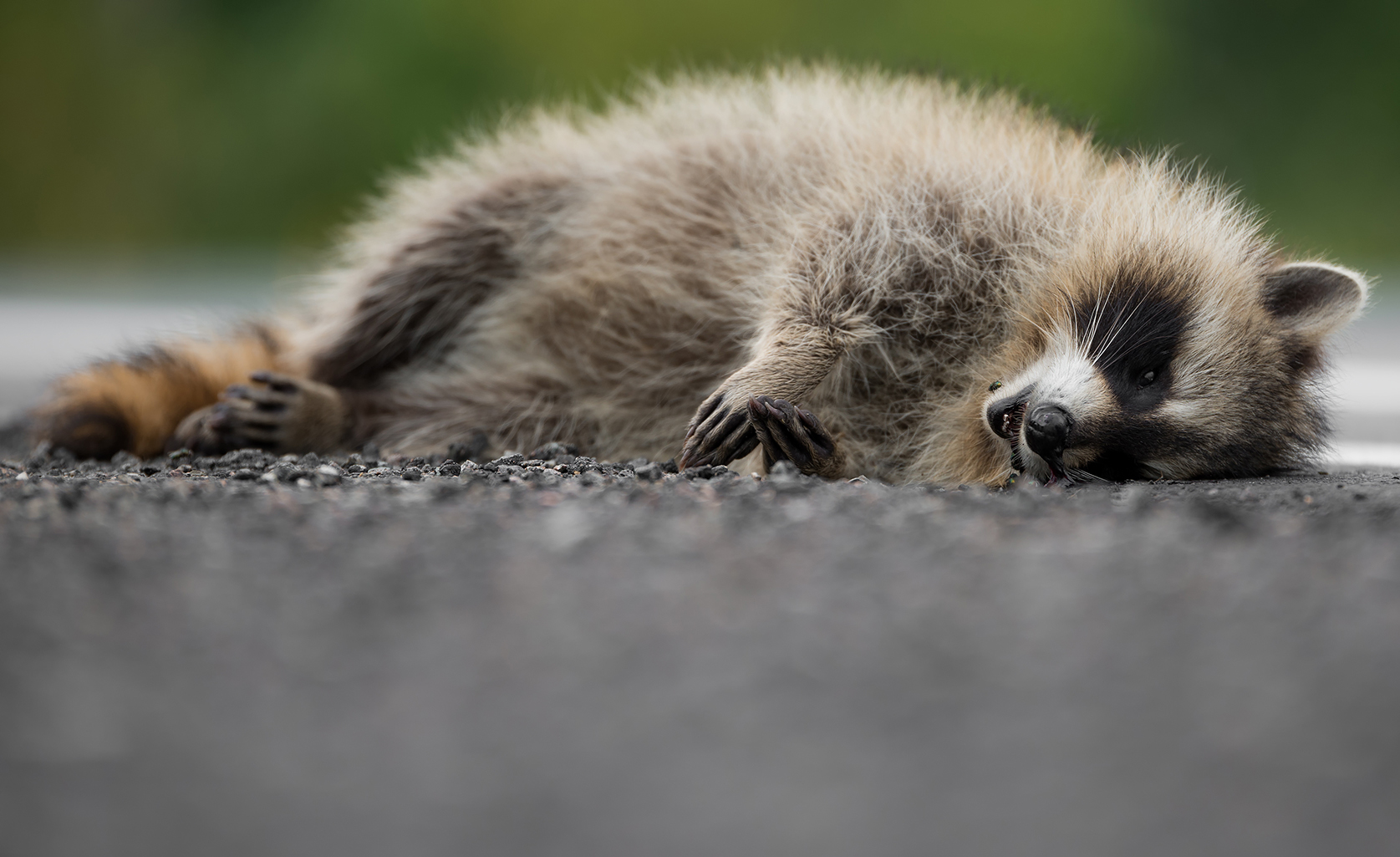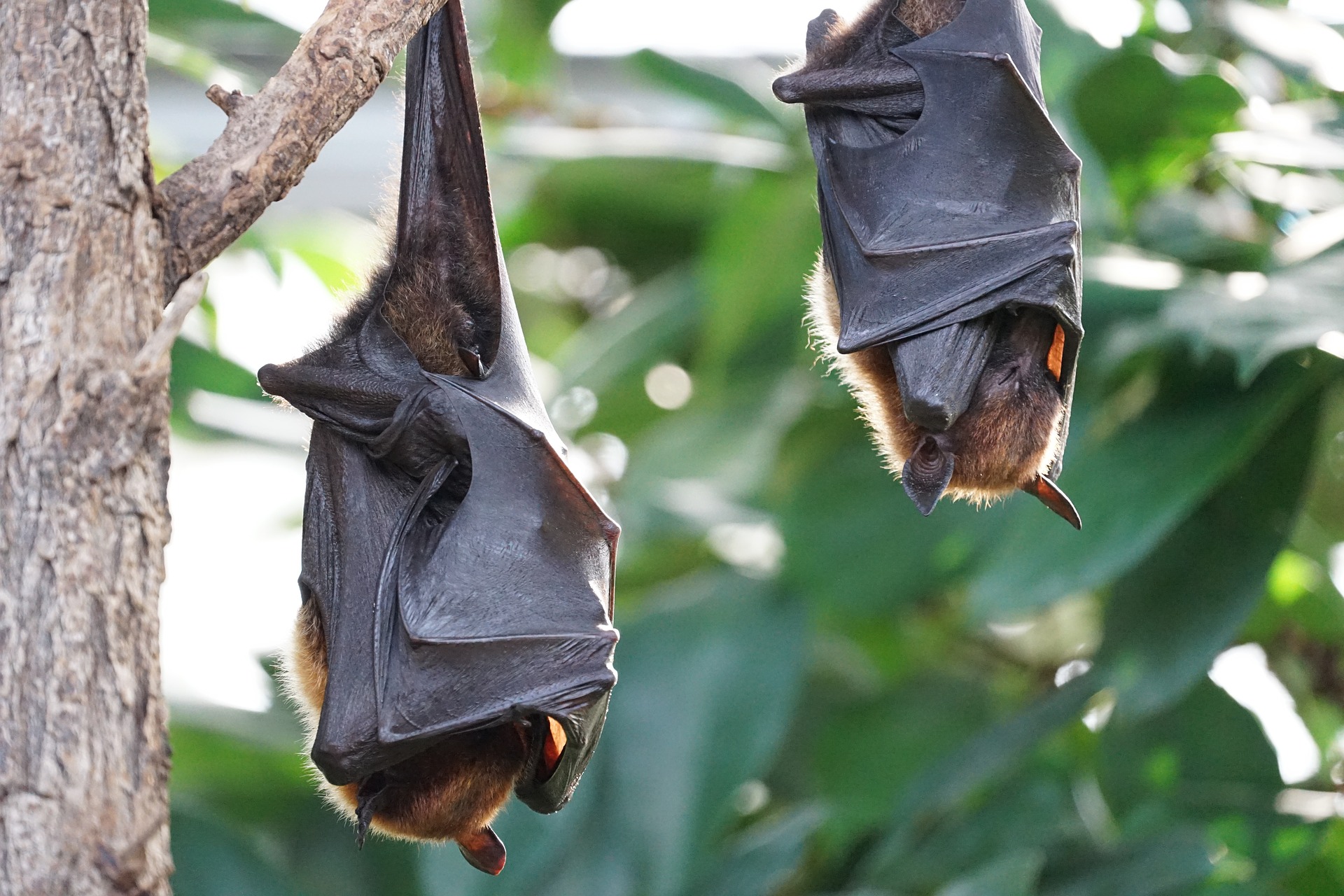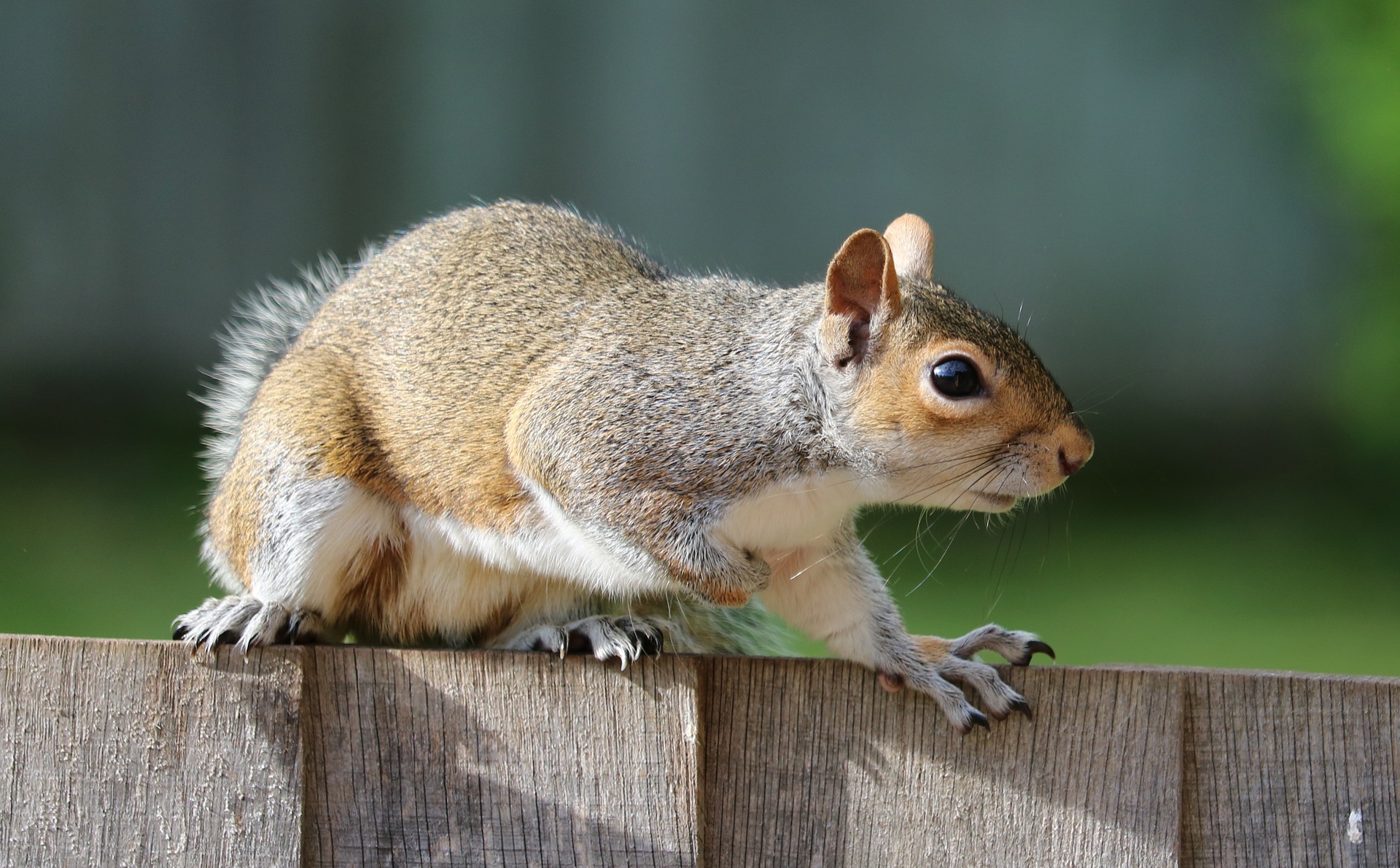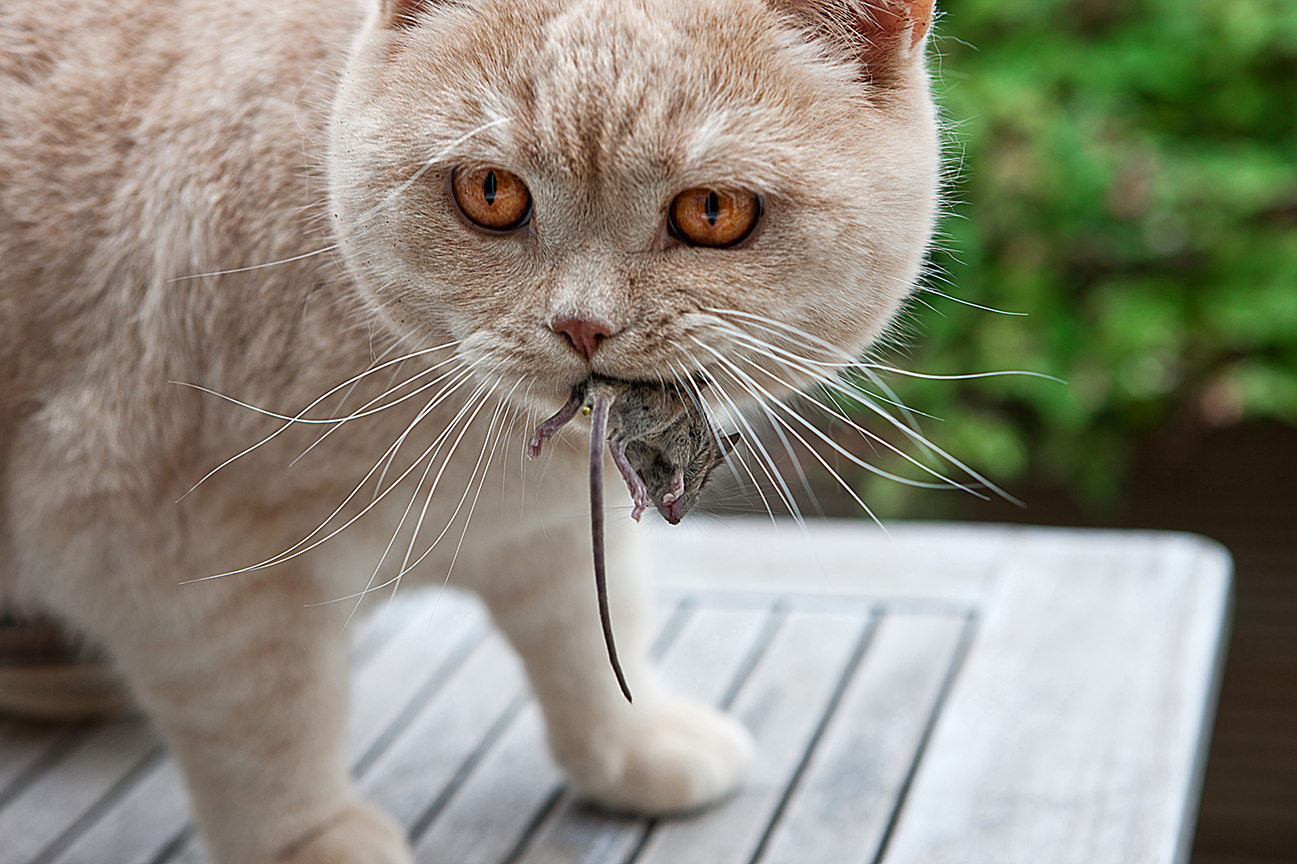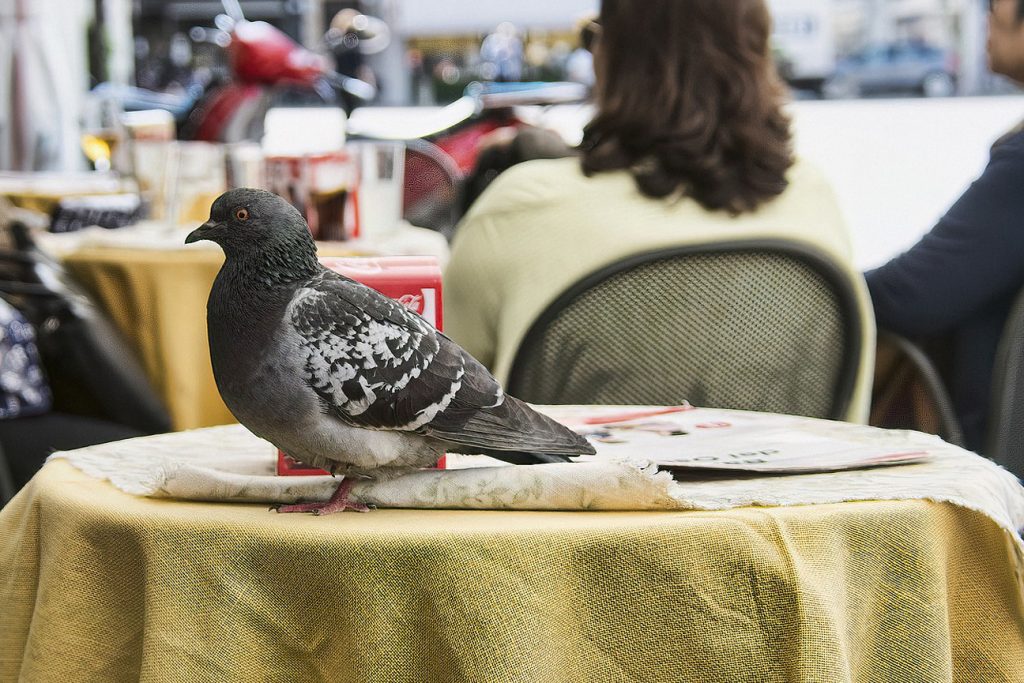
When you own a business with a physical storefront, the outward appearance of your building can be as important, as the quality of product or service within. If your building is host to nesting birds and covered in unattractive droppings, customers might be turned away. Birds can also put the structure and your equipment at risk as well.
Birds will typically nest in warm and sheltered areas of your property. This means lights and spaces in the walls or ceilings. Businesses that process food are at greater risk as they provide a food source for the birds. When birds nest in these places or congregate outside, they pose a significant challenge.
Common Issues with Birds
Bird droppings are the most significant issue in areas where birds congregate or nest. These droppings build up over, and become:
- Unsightly – A collection of bird droppings is unprofessional. It causes customers to question the cleanliness of your business and shows a lack of care for your property.
- Disease Vectors – Bird droppings can contain the bacteria that causes avian influenza, salmonella, E. coli disease, avian pox, and other diseases that can spread to humans. The droppings, as well as the nest, can also contain parasites like tapeworms.
- Corrosive – Droppings can also corrode metal pipes, paint, wood, and other materials when left for long enough.
In addition to the droppings, the birds themselves can be a nuisance. Whether they are landing on roofs, signage, or light fixtures, or if they are nesting inside your property, they can cause damage at your business, steal trash, or make noises that bother customers and employees
One or two birds is rarely an issue, but collections of birds can become costly. Not only will they cause structural damage, but lost sales from disgusted customers and the expense of continuous cleaning can compound the financial impact.
Keeping Birds Away from Your Business
You can address some issues, like droppings, by cleaning regularly, but this is rarely a good use of your employee’s time. It also does not eliminate any other concerns like noise and aggression. For these reasons, bird exclusion and deterrents are the best method of dealing with the challenges of birds.
These approaches are designed to physically keep birds away from your business by installing barriers like bird netting, spikes, and visual deterrents, or sealing off areas where birds are hiding.
With our advanced bird control in New Jersey and NYC, Animal Control Trappers provides a professional exclusion for commercial properties. We can identify any areas where birds are invading your property and install the barriers that will keep them away. Give us a call today to take advantage of our bird exclusion and removal services.
Ways to Protect Solar Panels from Animal Damage and Invasions
Solar panels are both a cost effective and eco-friendly investment for your home. They also provide the perfect shelter for small animals like birds, squirrels, and raccoons in the space between the panel and your roof.
When animals nest beneath your solar panels, they can cause damage to the expensive equipment. In order to prevent costly repairs, there are steps you can take to protect your solar paneling from an animal invasion.
How Animals Put Solar Panels at Risk
In addition to the panel itself, solar arrays use delicate wiring and transmitters to connect them to the power grid in your home. Damage to any of these components can cause the system to stop functioning. Rodents or birds nesting underneath the panels, especially for extended periods of time can cause:
- Roof Damage – When animals build a nest, they bring in debris like leaves, twigs, and garbage. They will also leave droppings in the area around the nest. All of these can put stress on the roof, weakening the space beneath the solar panels.
- Chewed Wiring – Squirrels and rodents will often gnaw on wiring. Solar panels will have a collection of wires that carry the power into your home, and chewing through a wire could cut power for the entire house.
- Scratched Panels – Animals’ claws can scratch the tops and bottoms of solar panels as they move around them. This makes the panels less effective, and can even require replacement if a scratch is severe.
- Reduced Efficiency – The build up of materials and droppings around a nest can cause a reduction in the solar array’s efficiency in transmitting power.
If you notice a dark shape underneath your solar panels, or are dealing with an unexplained drop in efficiency, you might have an animal nesting there. The animal should be removed as soon as possible, but it is also recommended that you take steps to prevent animals from nesting there again in the future.
Protecting Your Solar Panels with “Critter Guards”
The best way to keep animals from causing damage to solar panels and the roof beneath them is to physically keep them away. “Critter guards” are a form of wire mesh or netting that is installed between the rooftop and the solar panel. The mesh is small enough that animals cannot fit between the gaps, but air can still flow through for necessary ventilation.
The wire mesh is installed around the entire perimeter of the solar array, and overlapped on the roof to remove all entry points to the space under the panel.
While the guards need little more than simple tools and a ladder for roof access to add them to your solar panels, professional installation is recommended. This is especially true if an animal has already nested beneath the panels and needs to be removed.
With solar panel protection services by companies like New York and New Jersey Animal Control Trappers, you can be sure that animals are removed and the spaces sealed without any damage to the wiring of the panels. If wild animals are putting your solar panels at risk, call us today for removal services.
Animal Removal Specialists in NYC and NJ
If you have live or even dead animals in or around your home or business that you need removed then we can help! We are Animal Control Wildlife Trapping Services- Rodent and Wildlife Removal in NYC and NJ, we specialize in the trapping and removal of all types of wild animals that may have invaded your territory. We offer 24 hour a day service to NYC, Brooklyn, Staten Island, Bronx, Queens, Long Island City & New Jersey and are just a call away at 646-741-4333!
Our Animal Control Team
The team at Animal Control NYC / NJ is experienced in trapping and removing wild animals and can help you get rid of any wildlife that may be a nuisance to you in your home, office or commercial property. In additional to removing any current animals that may have invaded your home, the Animal Control NYC / NJ experts will be able to provide you with repair and prevention options to keep your home critter free all year around.
Animal Control NYC Can Help You With:
Animal Control NYC / NJ can help you with trapping and removing wild animals from your property!
Animal Control NYC / NJ offers Humane Animal Control as well as removal of any animals that may have died on your property. Because of the risks of disease, never handle a dead animal on your own, always call a trained professional, it is not worth the risk.
Animal Control NYC & NJ Google Reviews



24 hour service, 7 days a week
With just one call we can give you a quote and book your animal removal appointment today!

24 Hour Animal Control in NYC, Brooklyn, Bronx, Queens, Long Island City & New Jersey, call 646-741-4333 today!
Humane Animal Control · Squirrel Removal · Raccoon Removal · Bird Removal · Dead Wildlife · Mice and Rat Control
From trapping to prevention options, the Animal Control NYC experts can help you keep your home critter free!
We use high quality traps and equipment to make sure the job is done right the first time. You can count on US 24 hours a day, 365 day a year.
Now serving both NYC and Central NJ including Freehold, Farmington, Wall Township, or Marlboro Township as well as Shore Towns including but not limited to: Belmar, Deal, Long Branch, Sea Bright, Ocean Grove and Spring Lake
Get a Free Quote Today
Need emergency animal control? We can come to your home or office 24 hours a day to remove any critters that may be invading you.
Just give us a call or fill out this form and we will contact you shortly to discuss your animal control needs.
Animal Control NYC
431 E 102nd New York, NY 10029
info@animalcontrol.nyc
Direct: (646) 741-4333
Fax: (646) 661-2531
Animal Control NJ
62 E Main St Freehold, NJ 07728
info@animalcontrol.nyc
Direct: (732) 387-4135
Fax: (646) 661-2531
Our experienced technicians will do a through inspection of your home or office and after the animal removal will usually offer ways to prevent future invasions.
